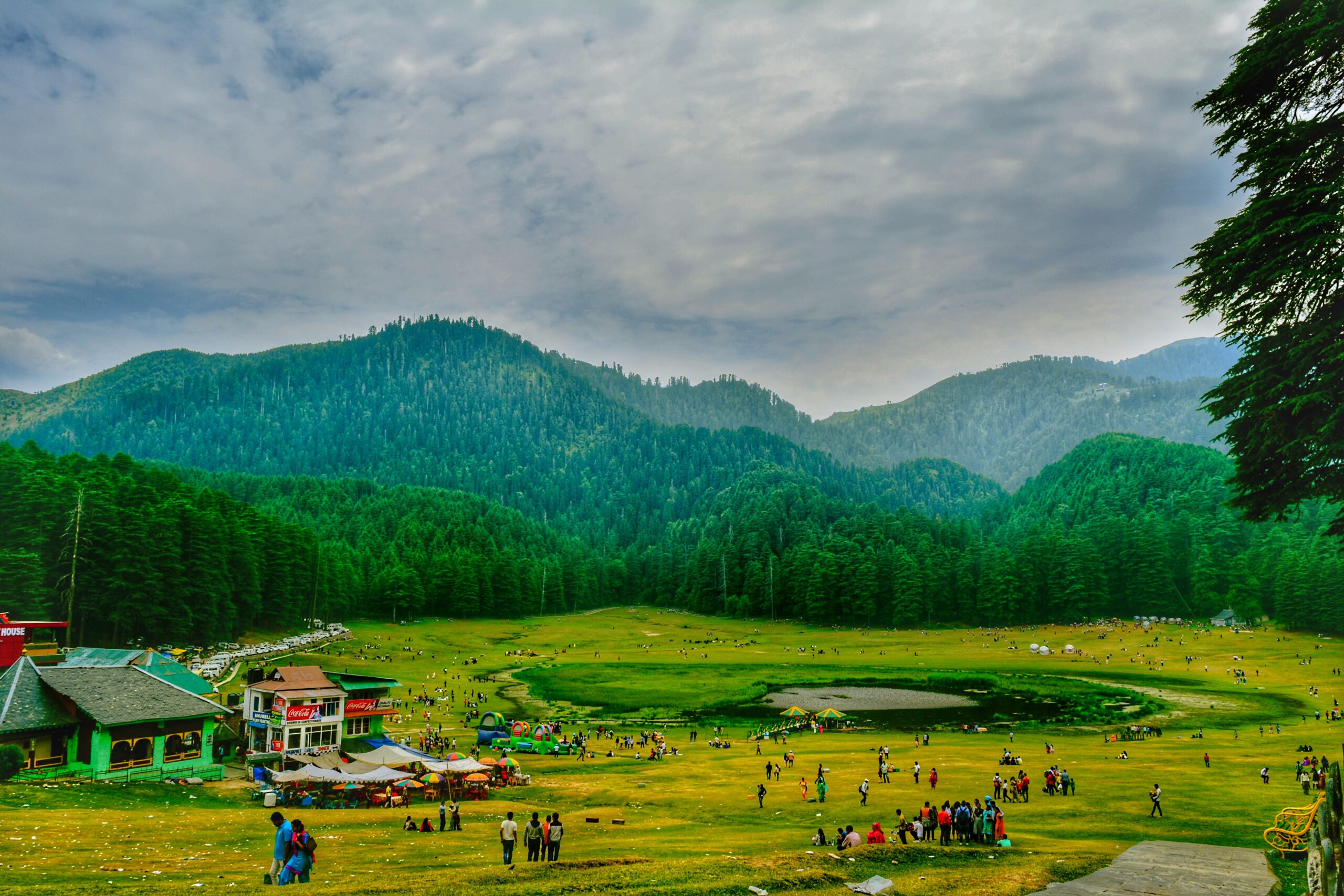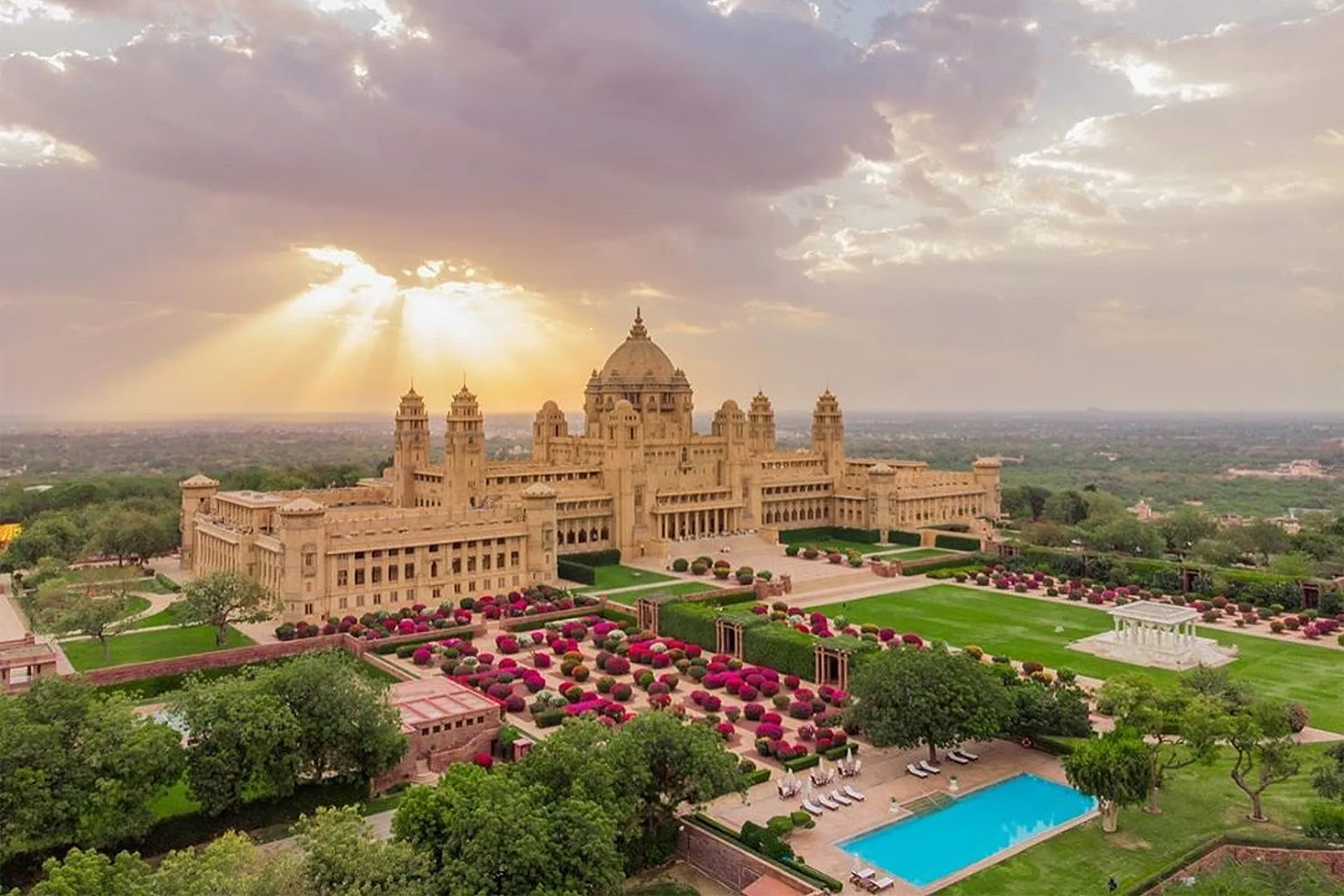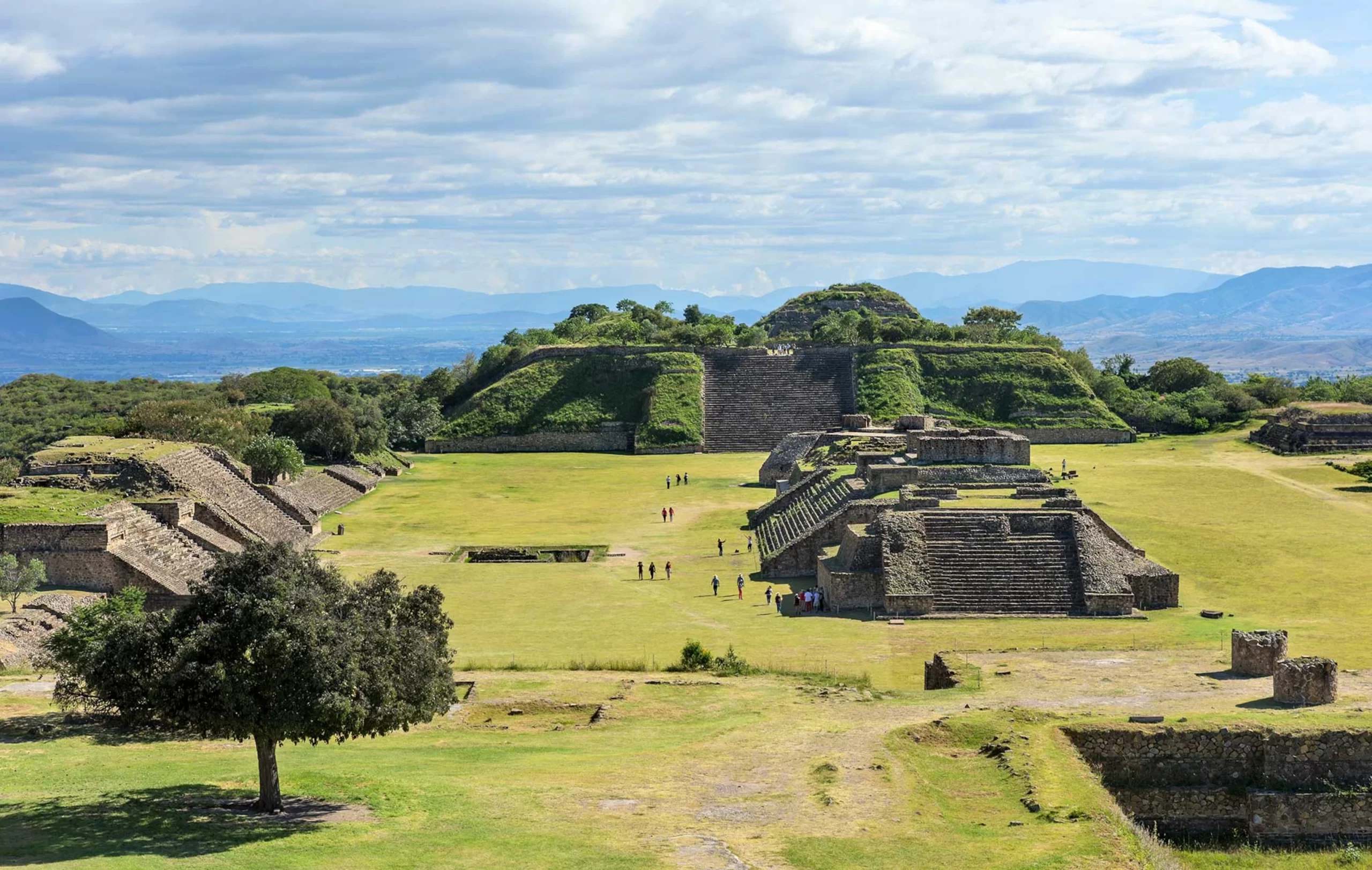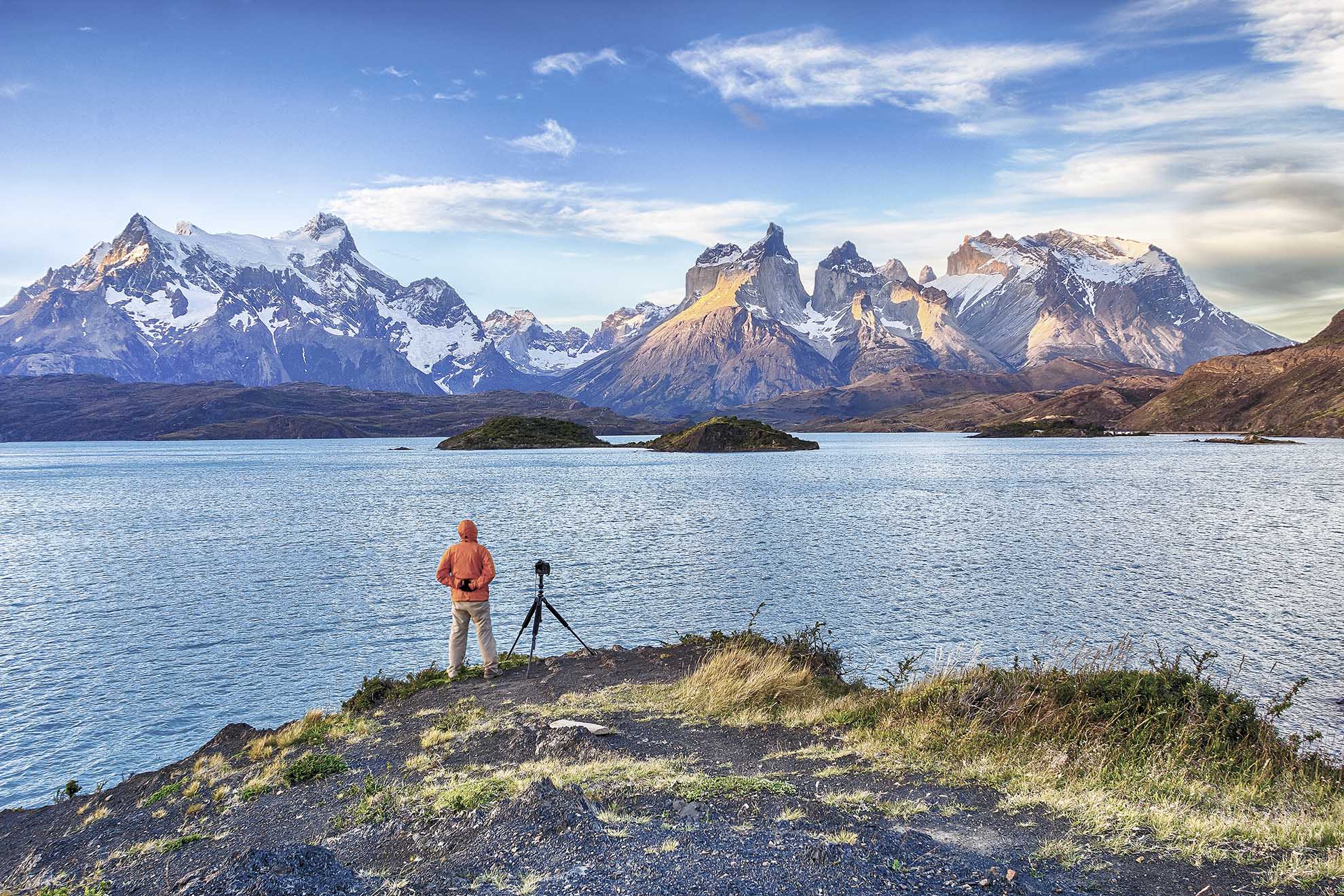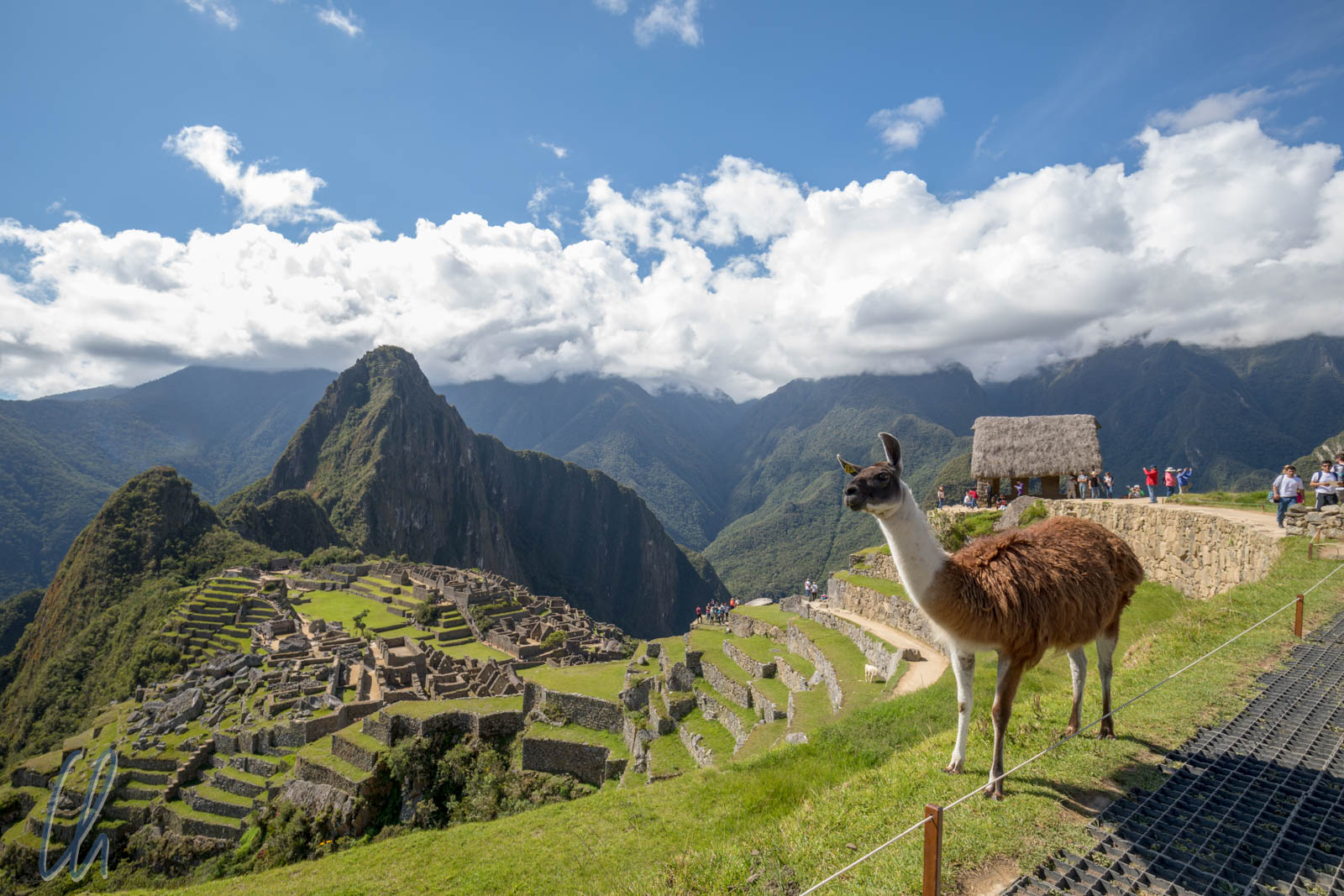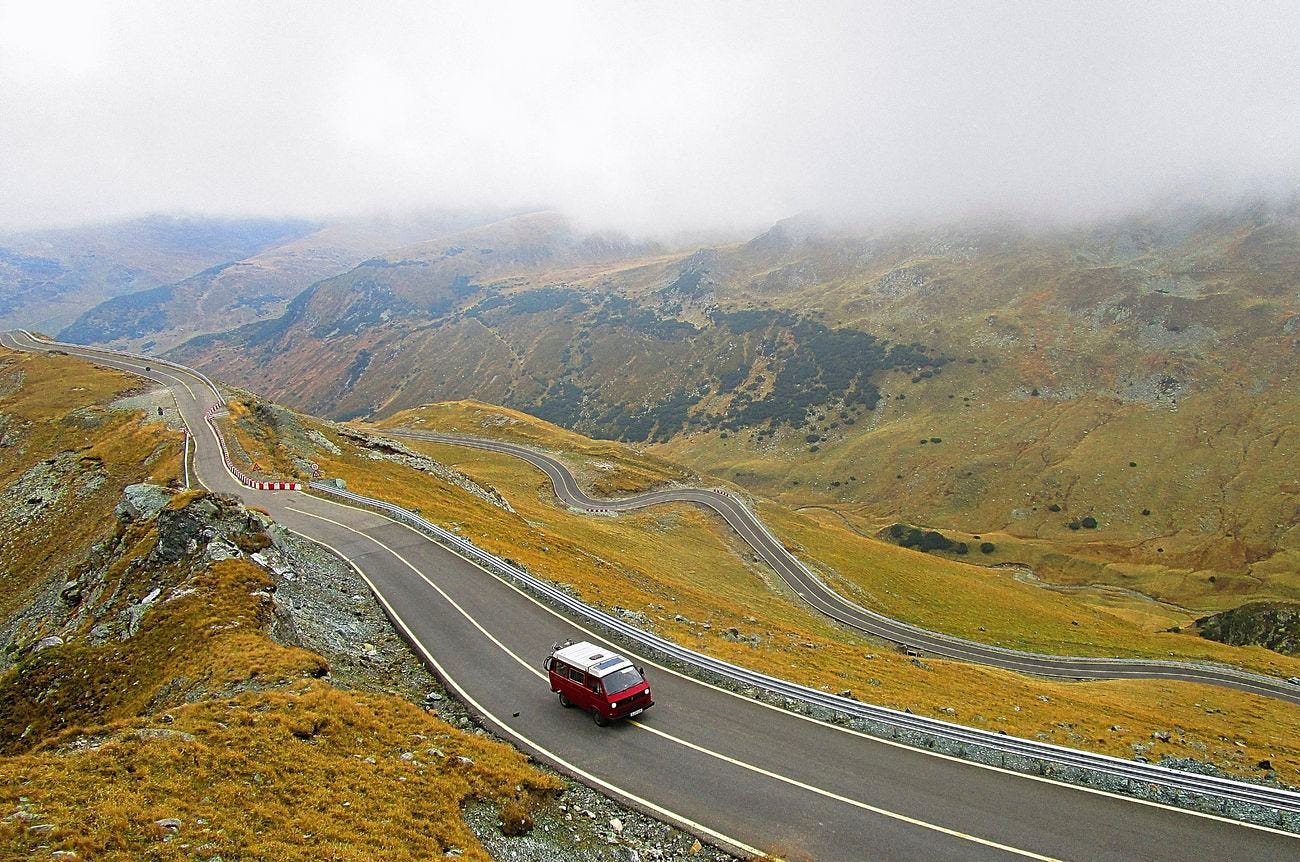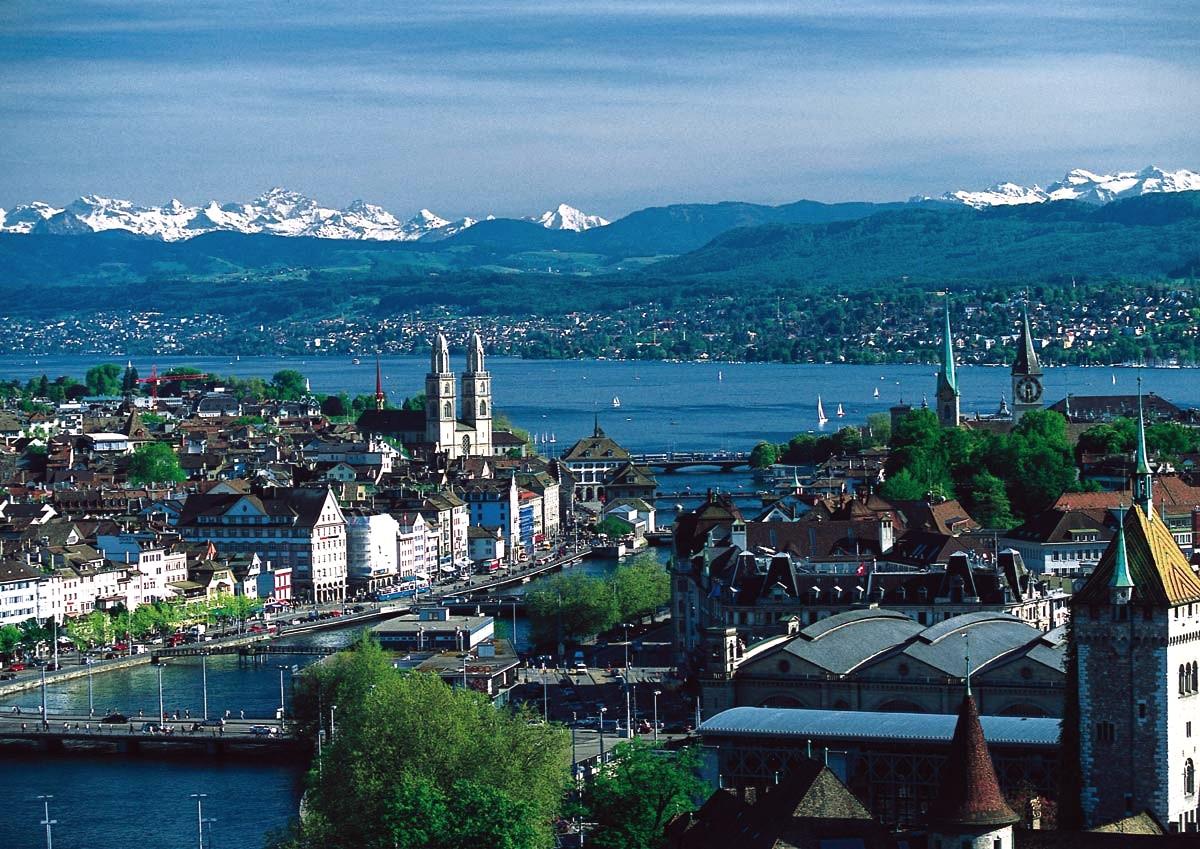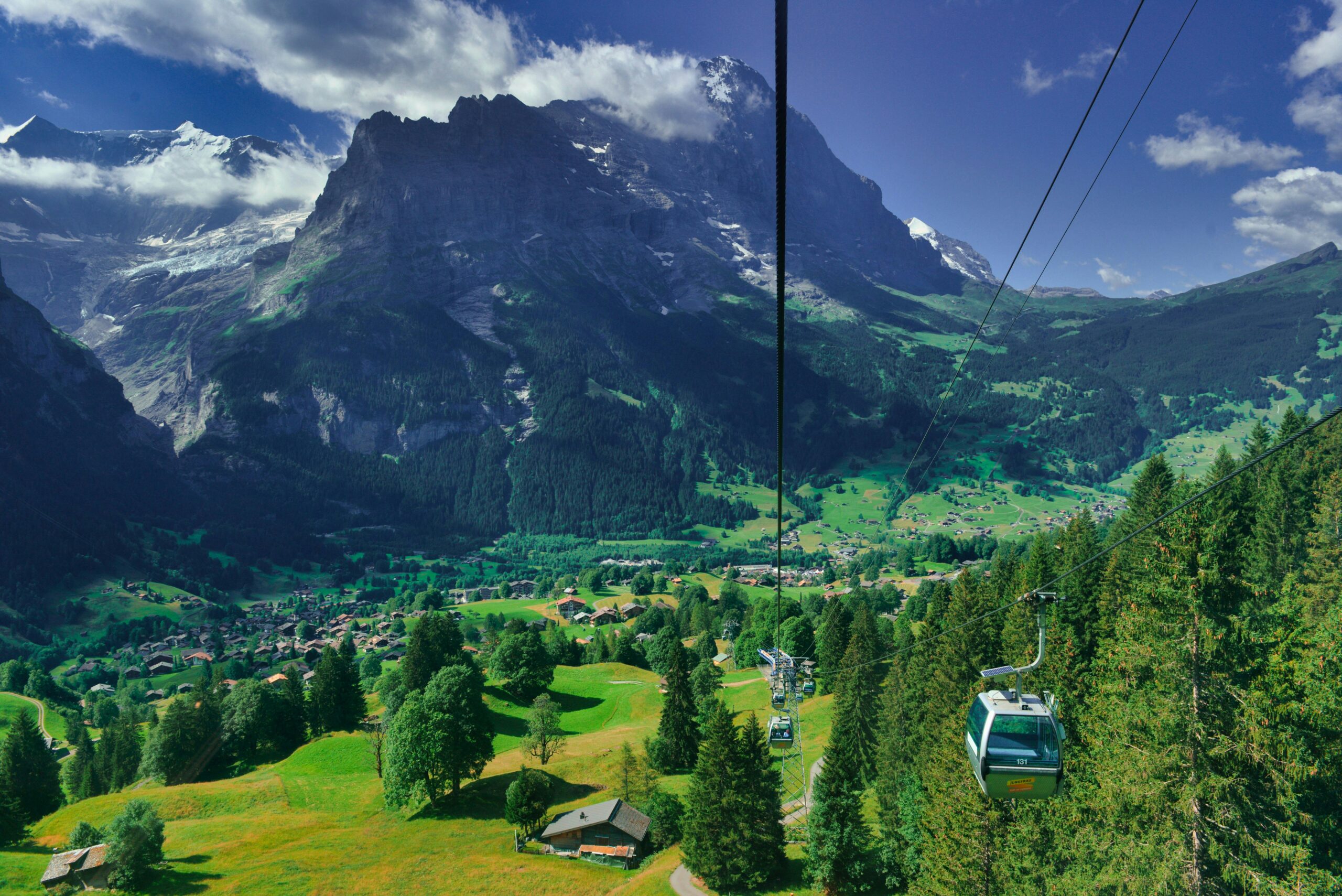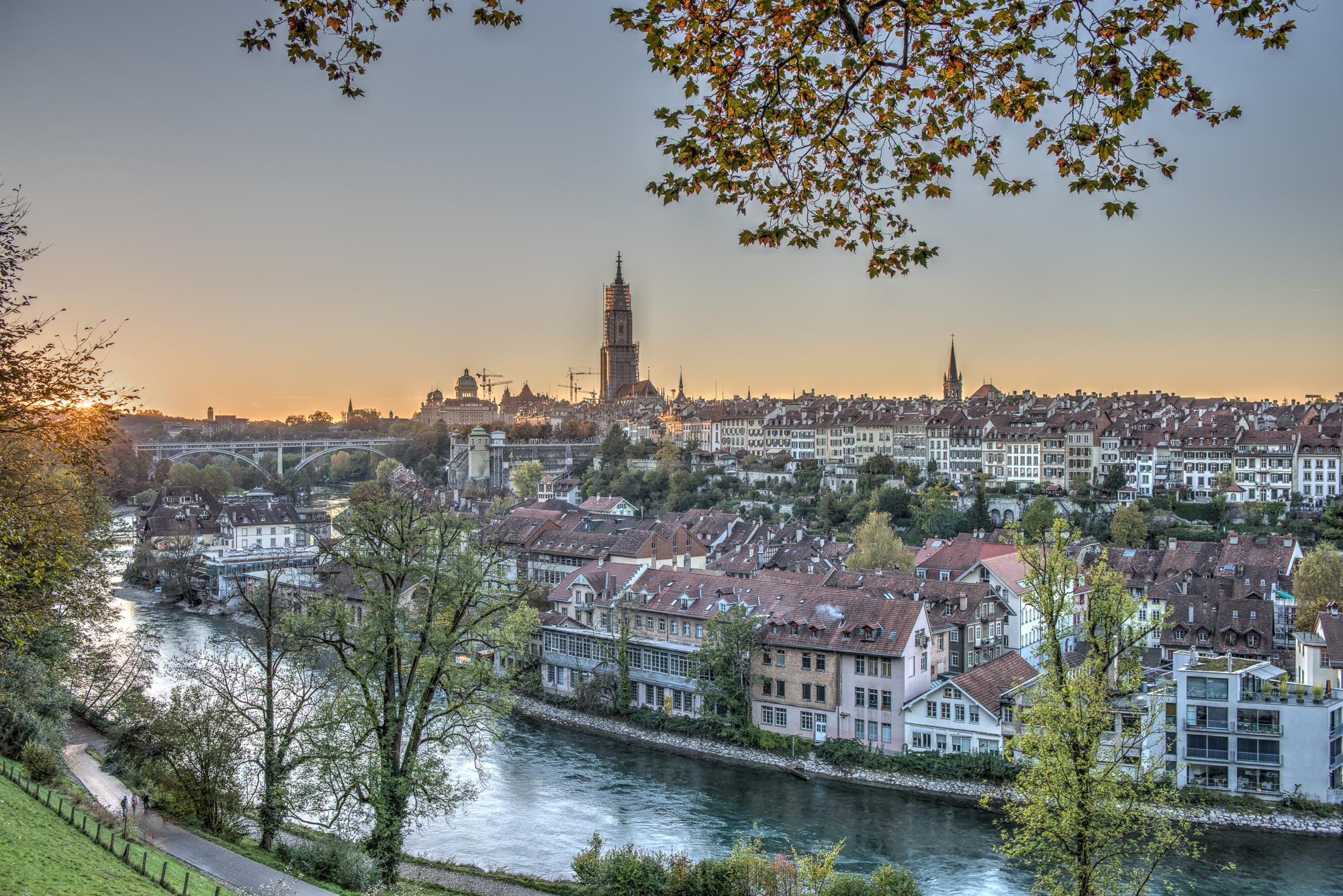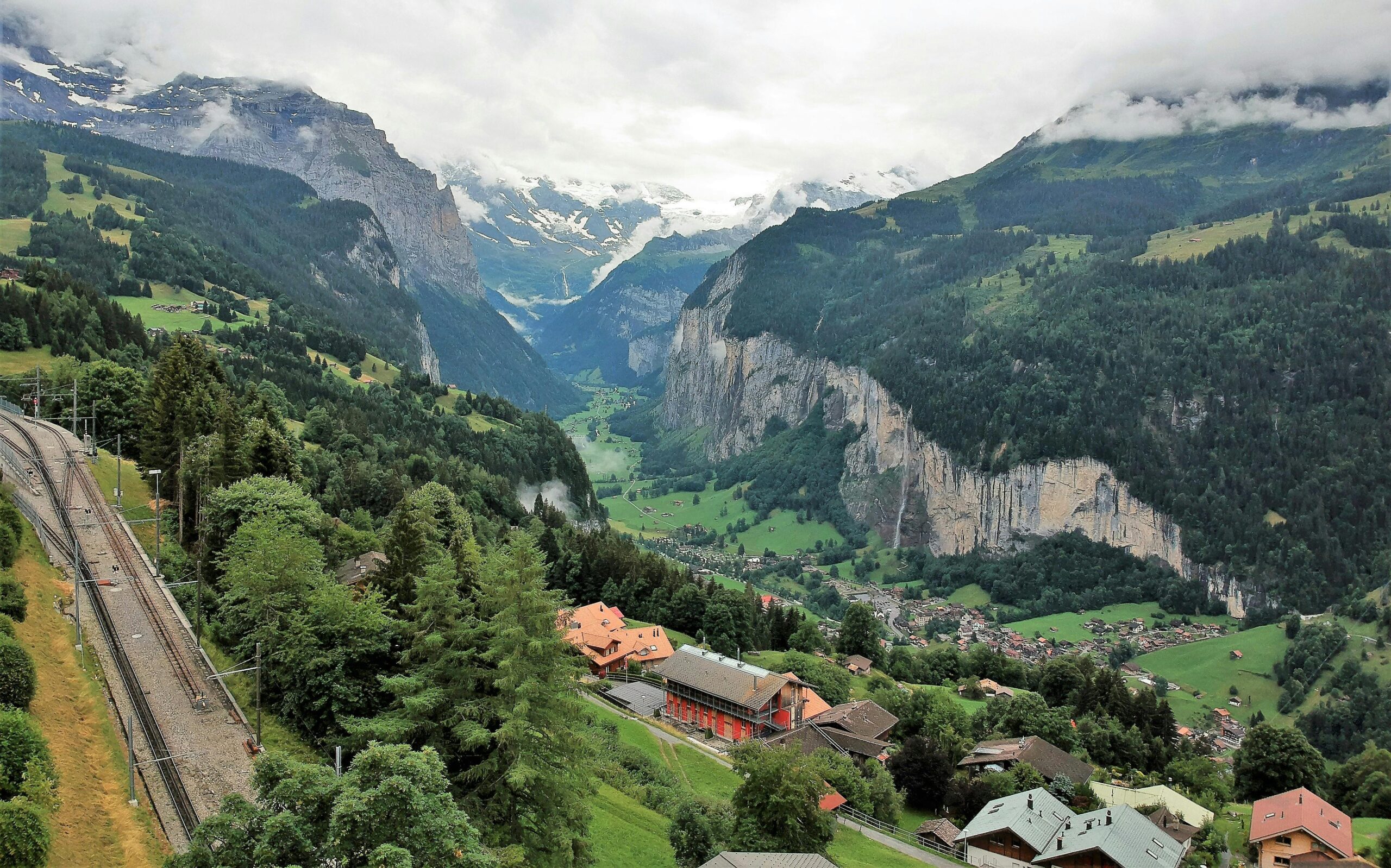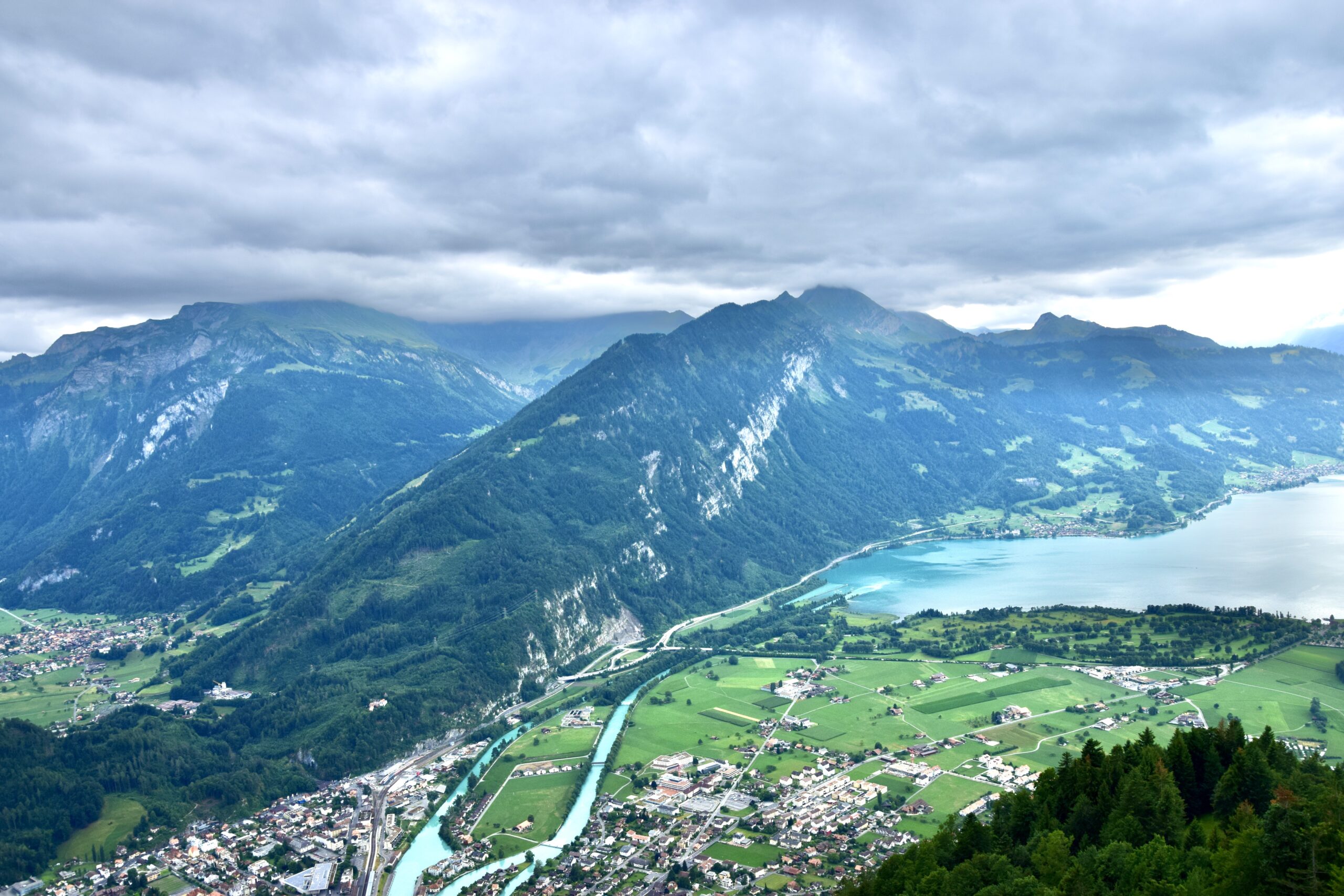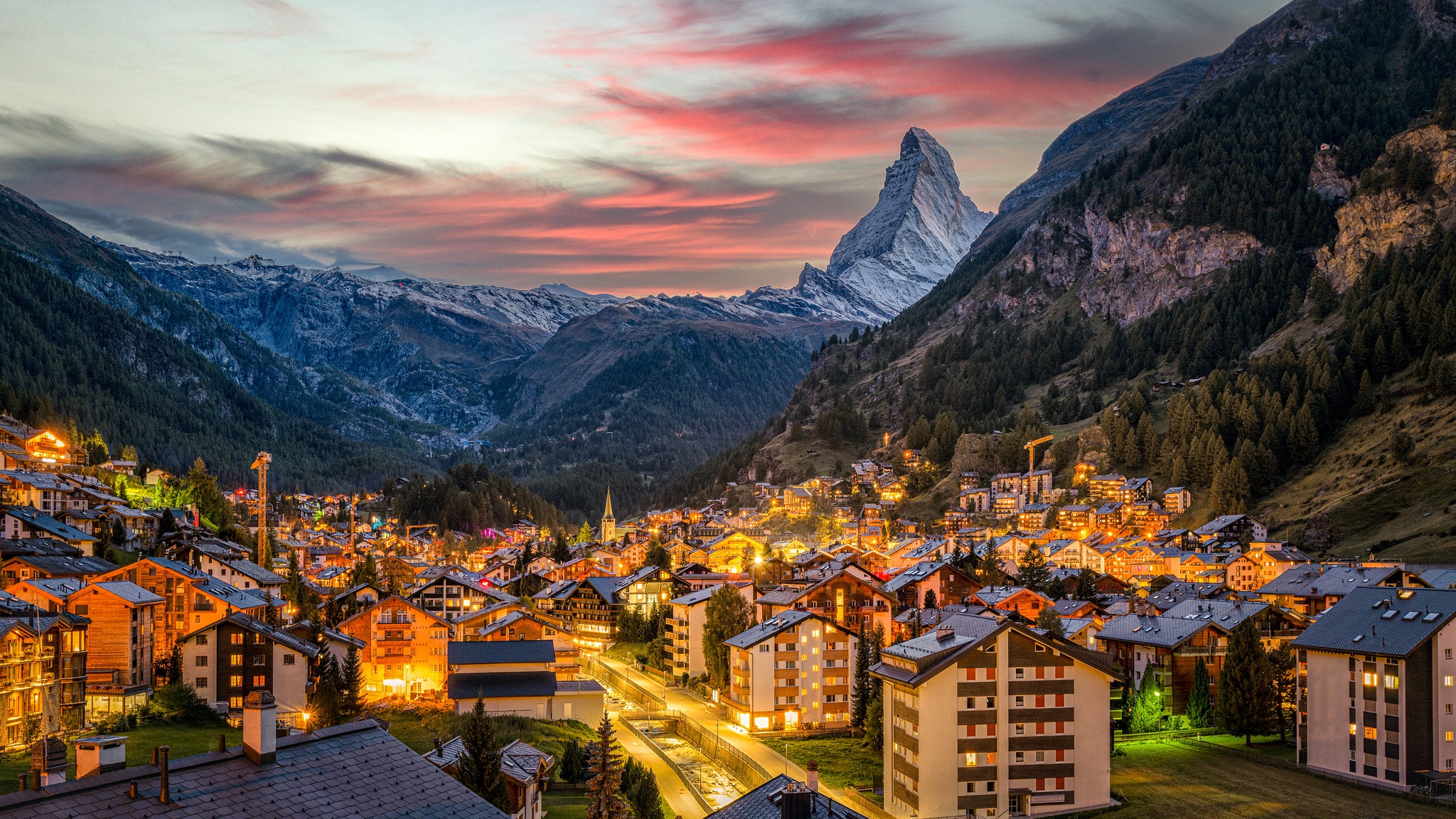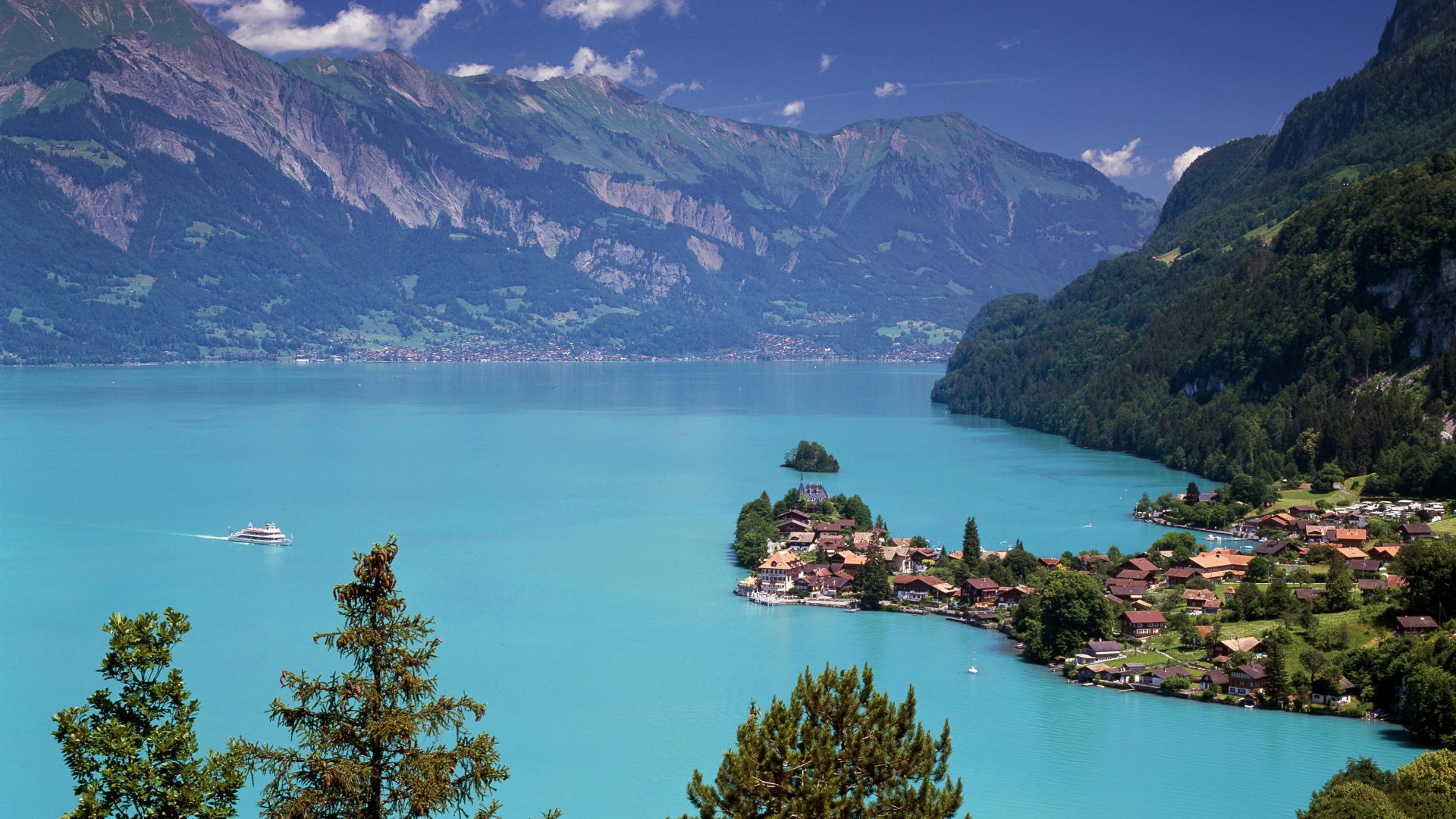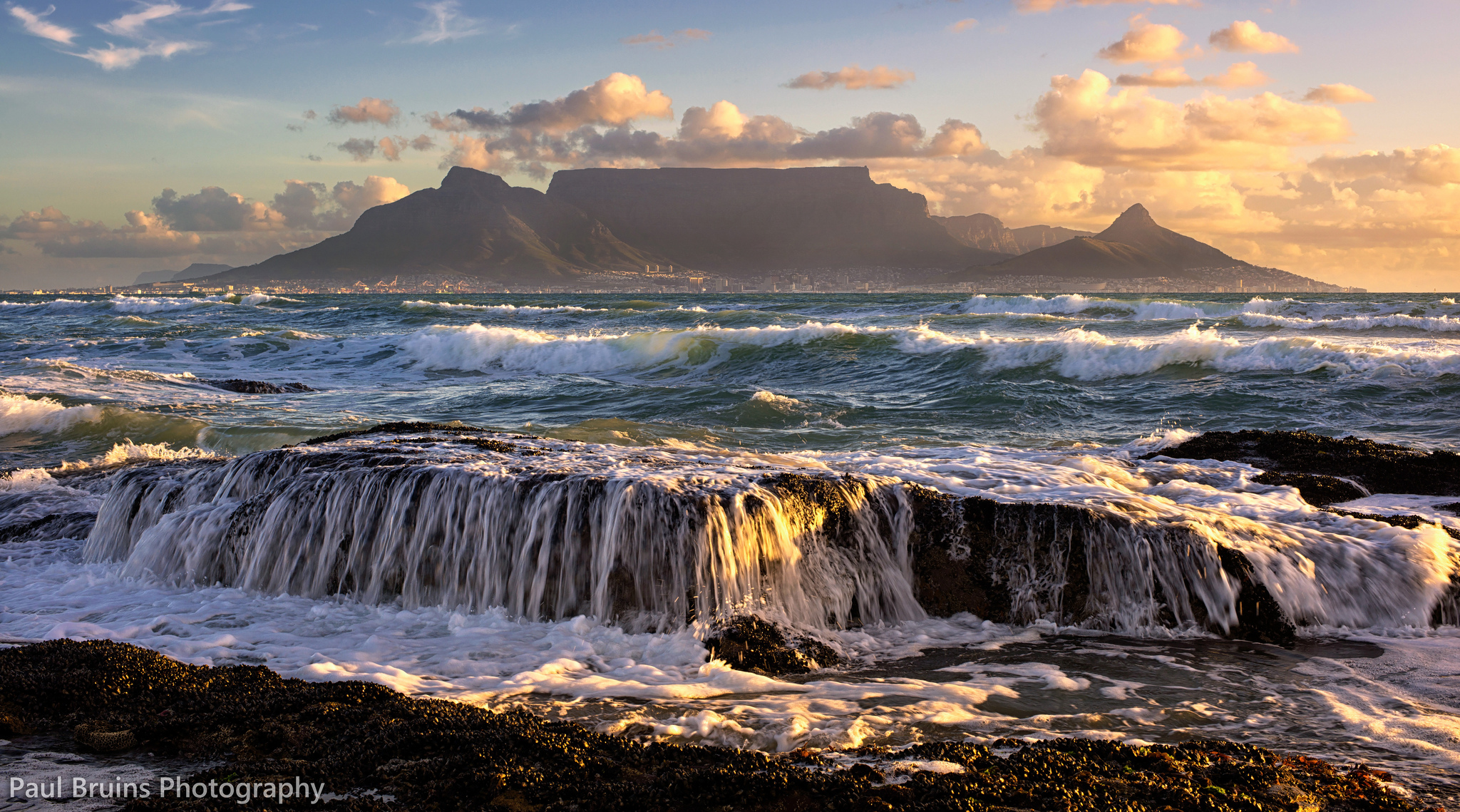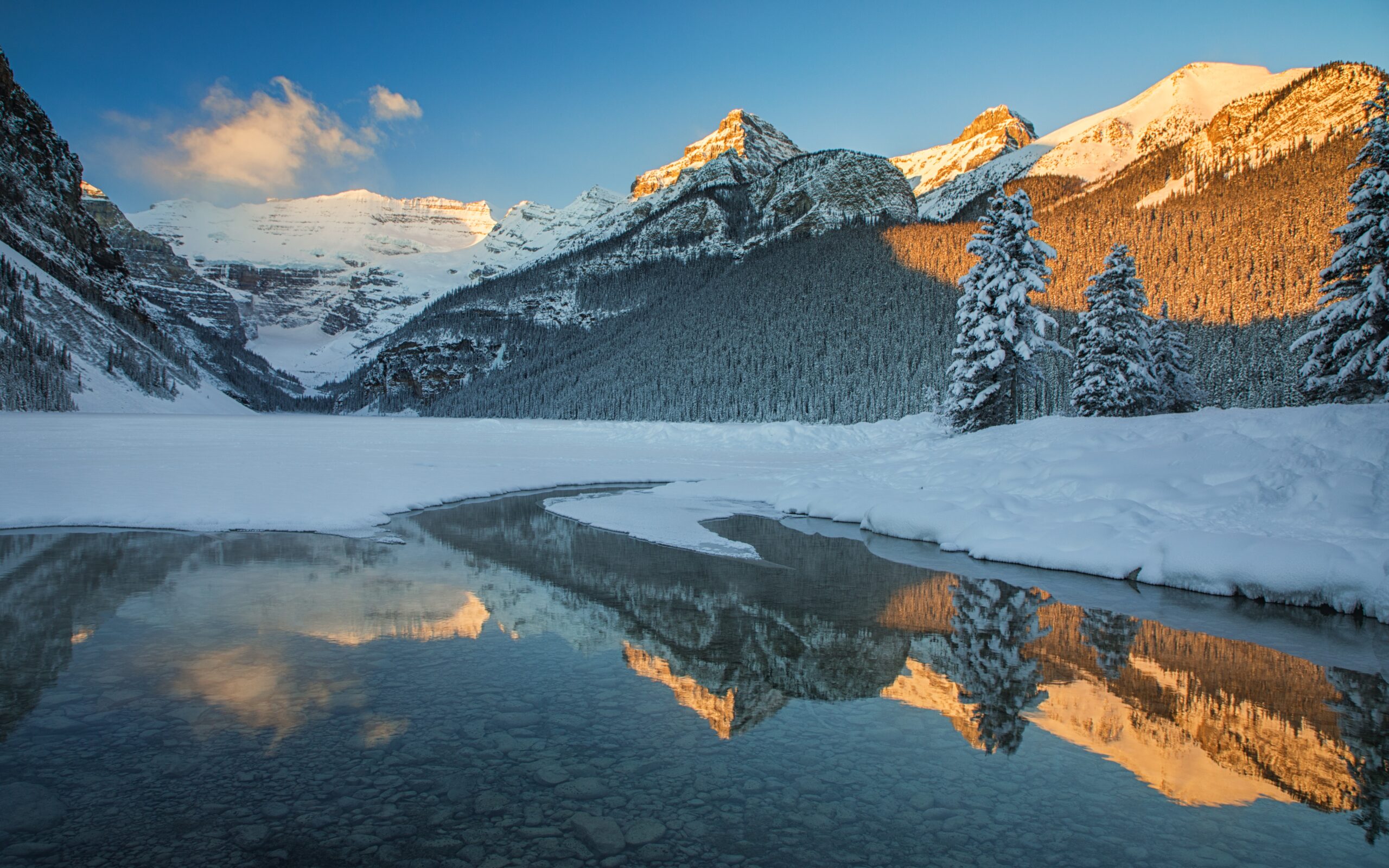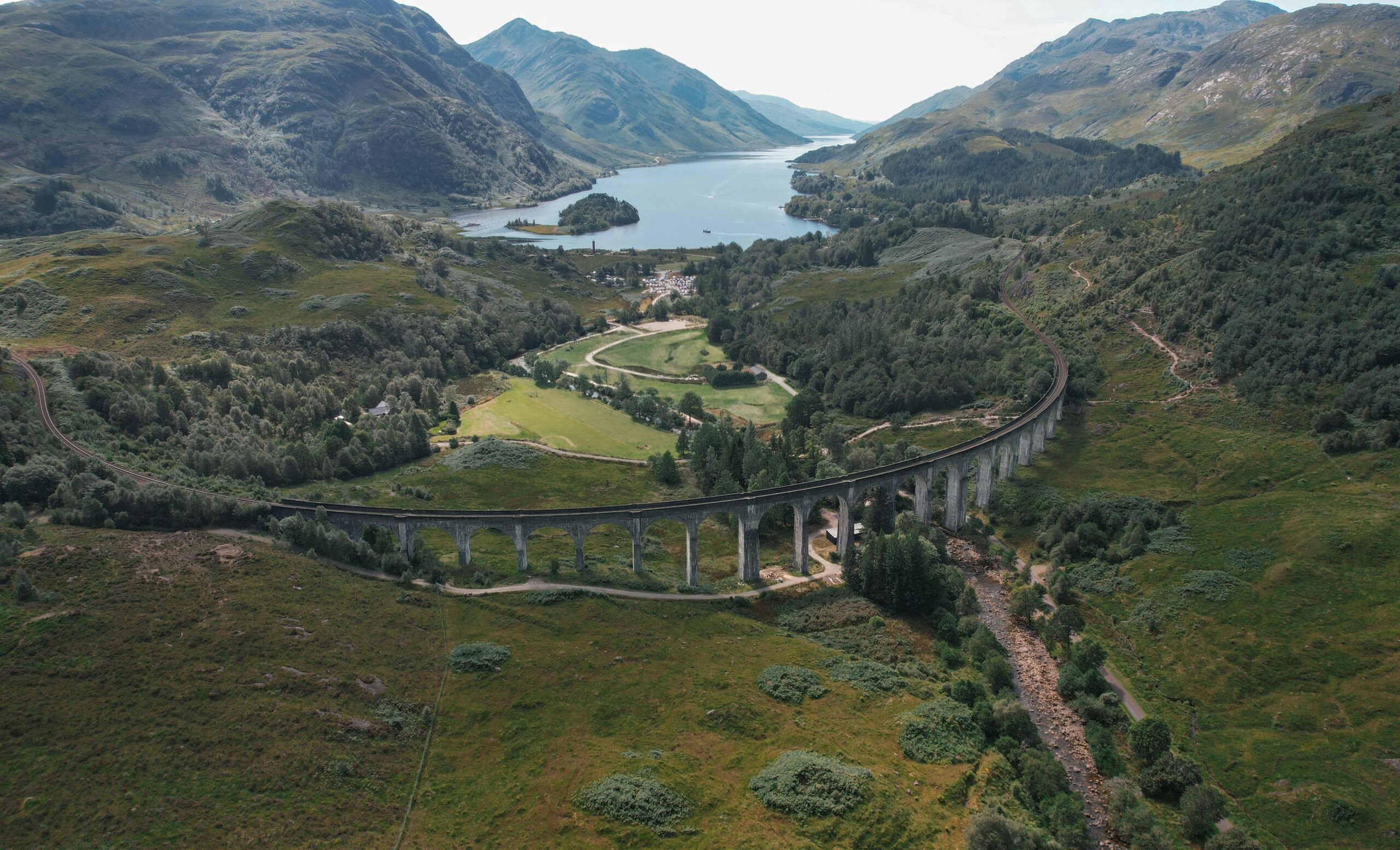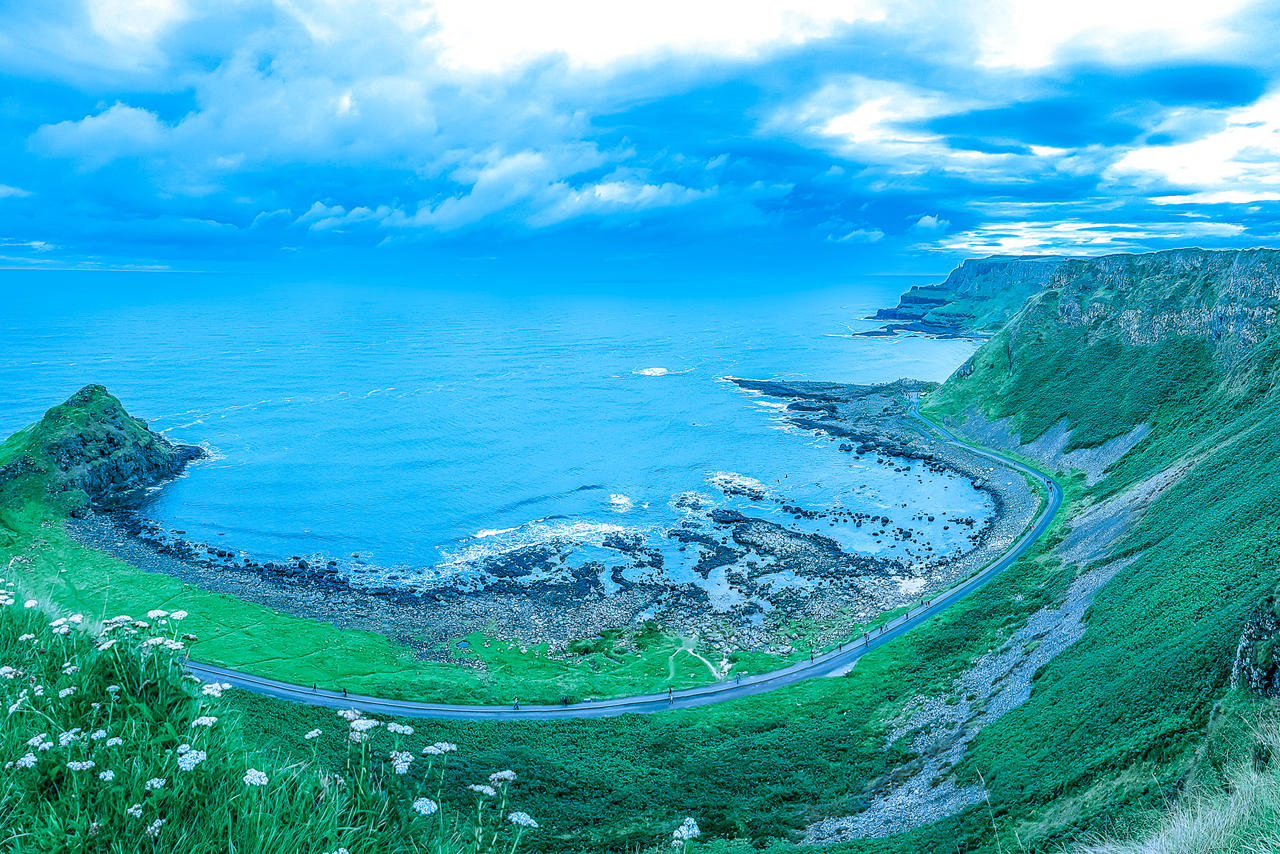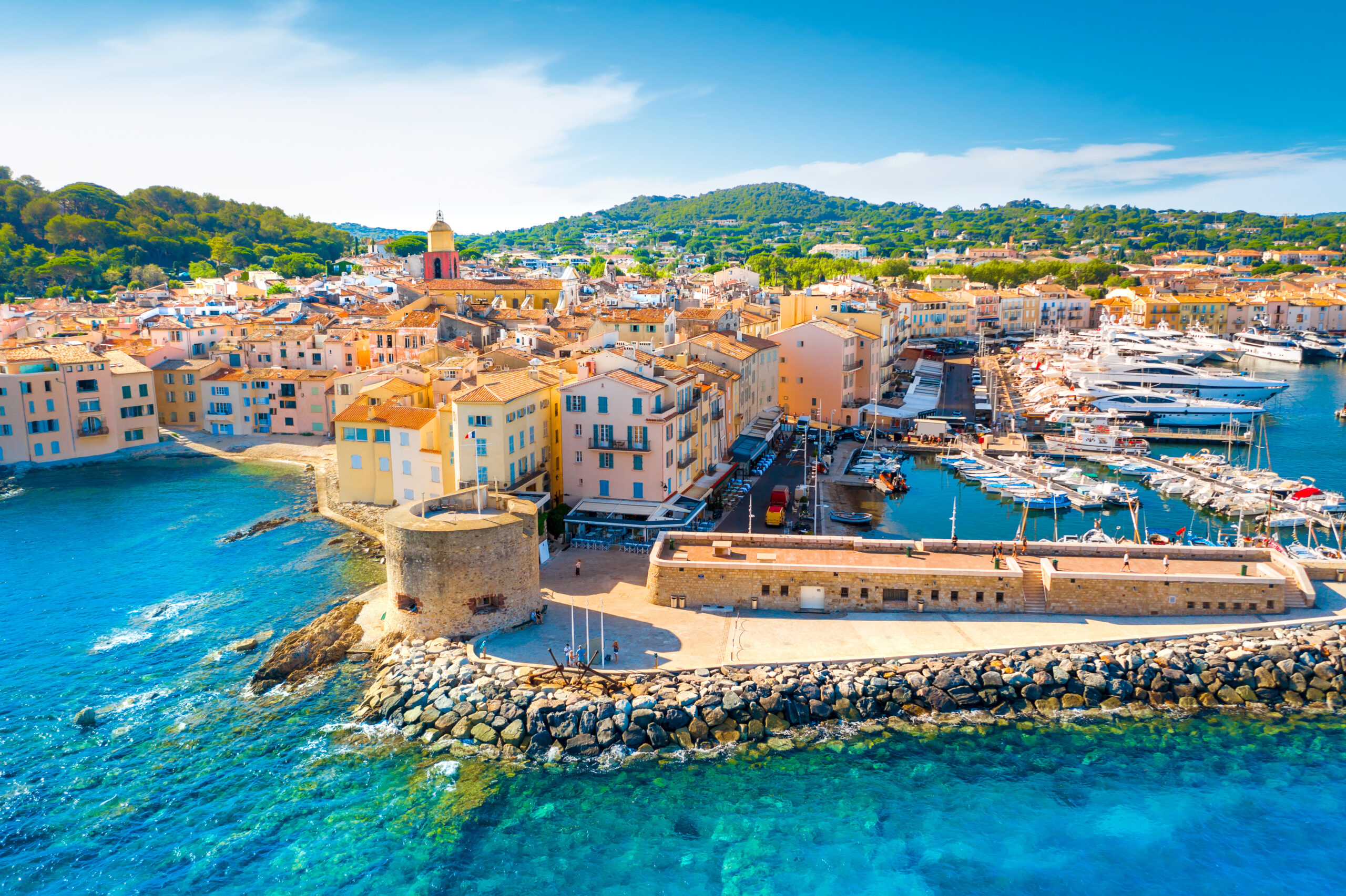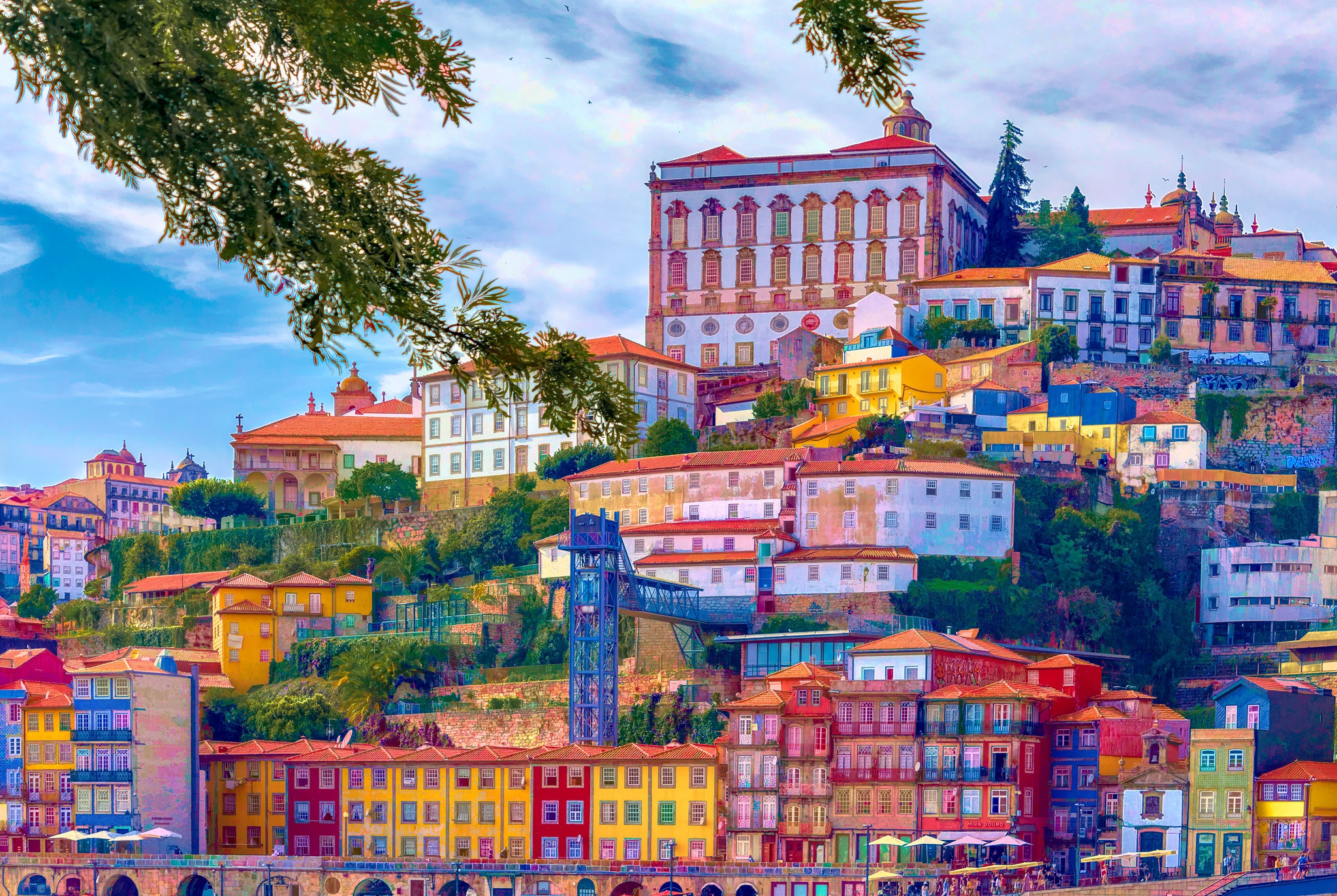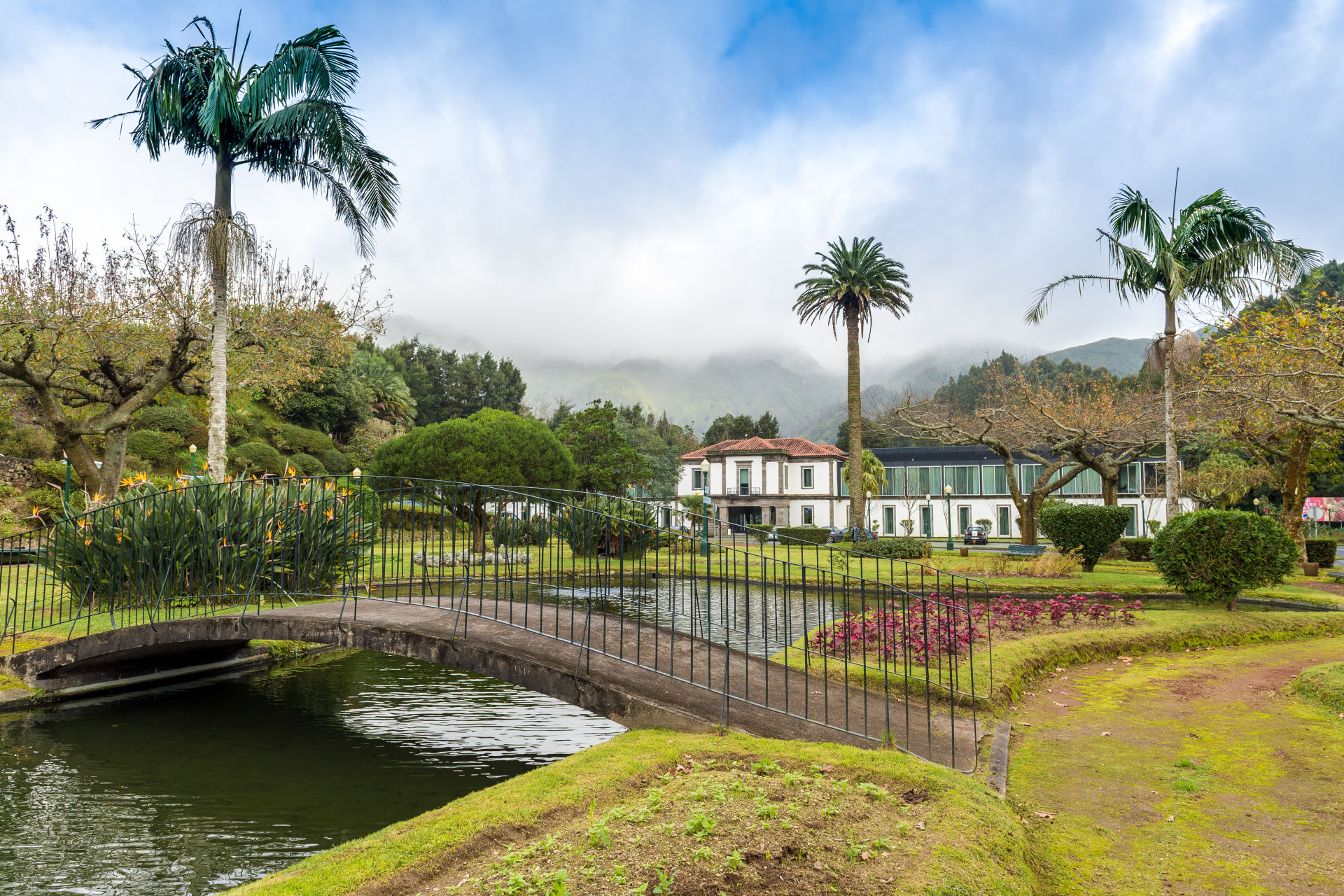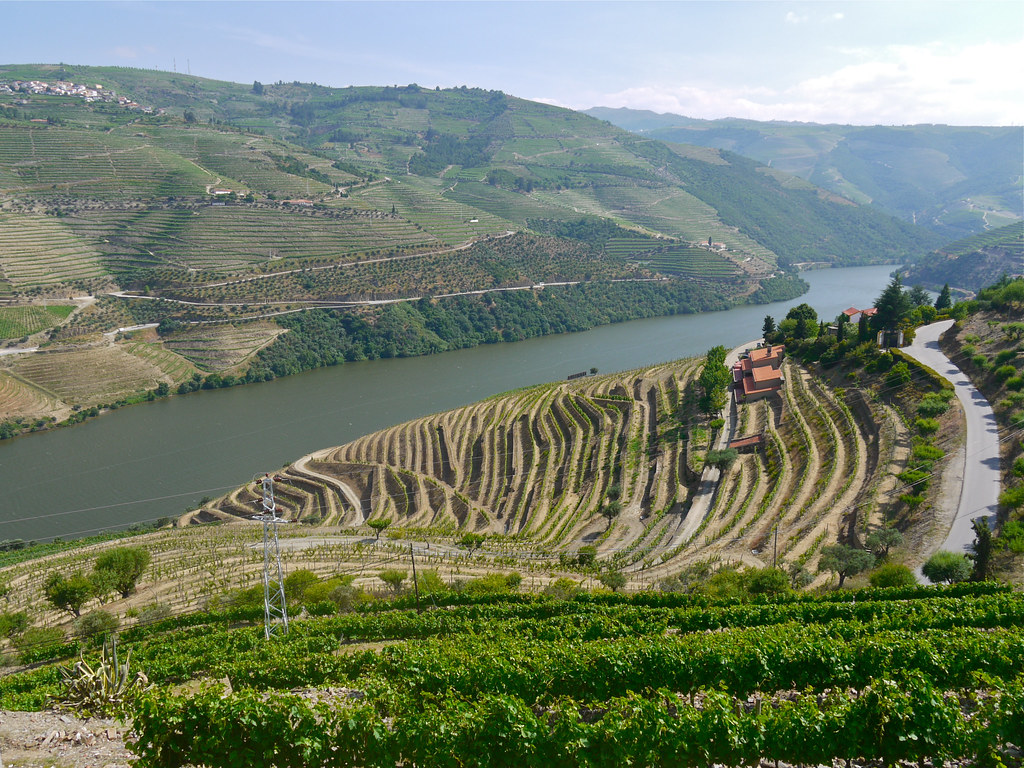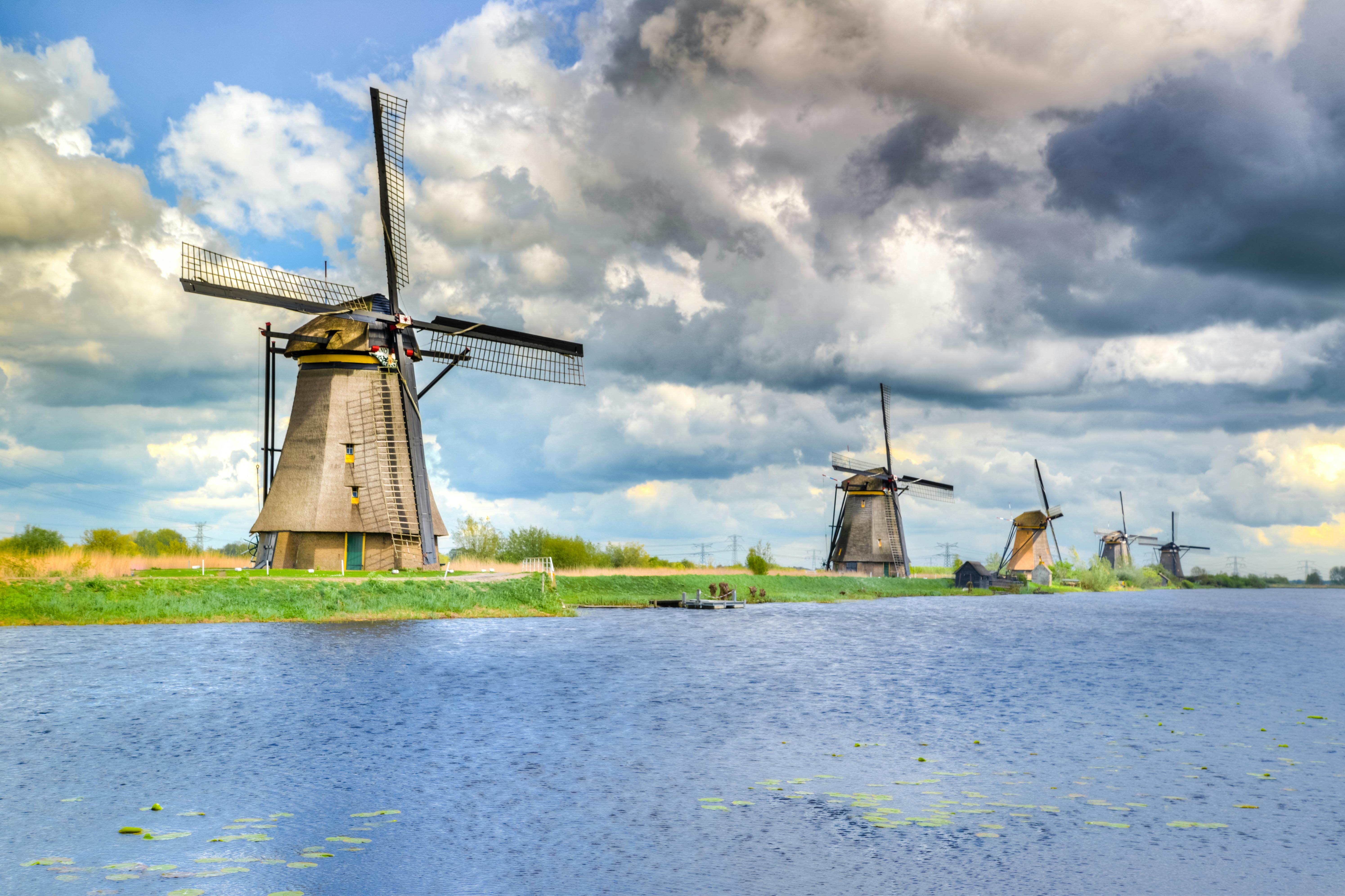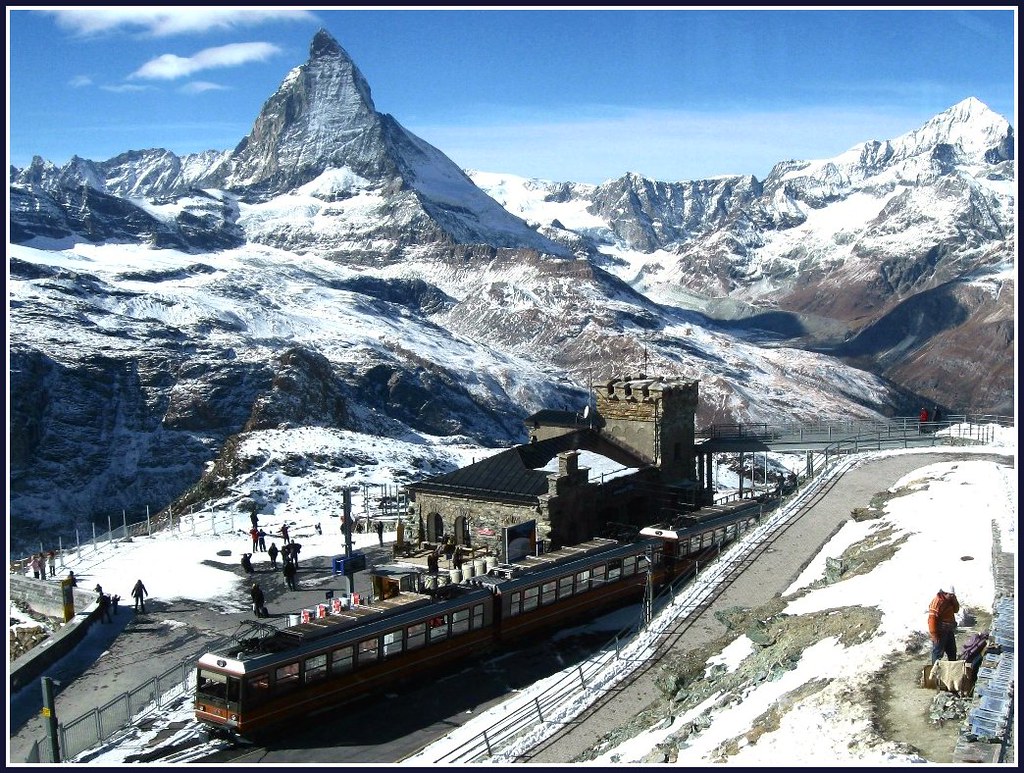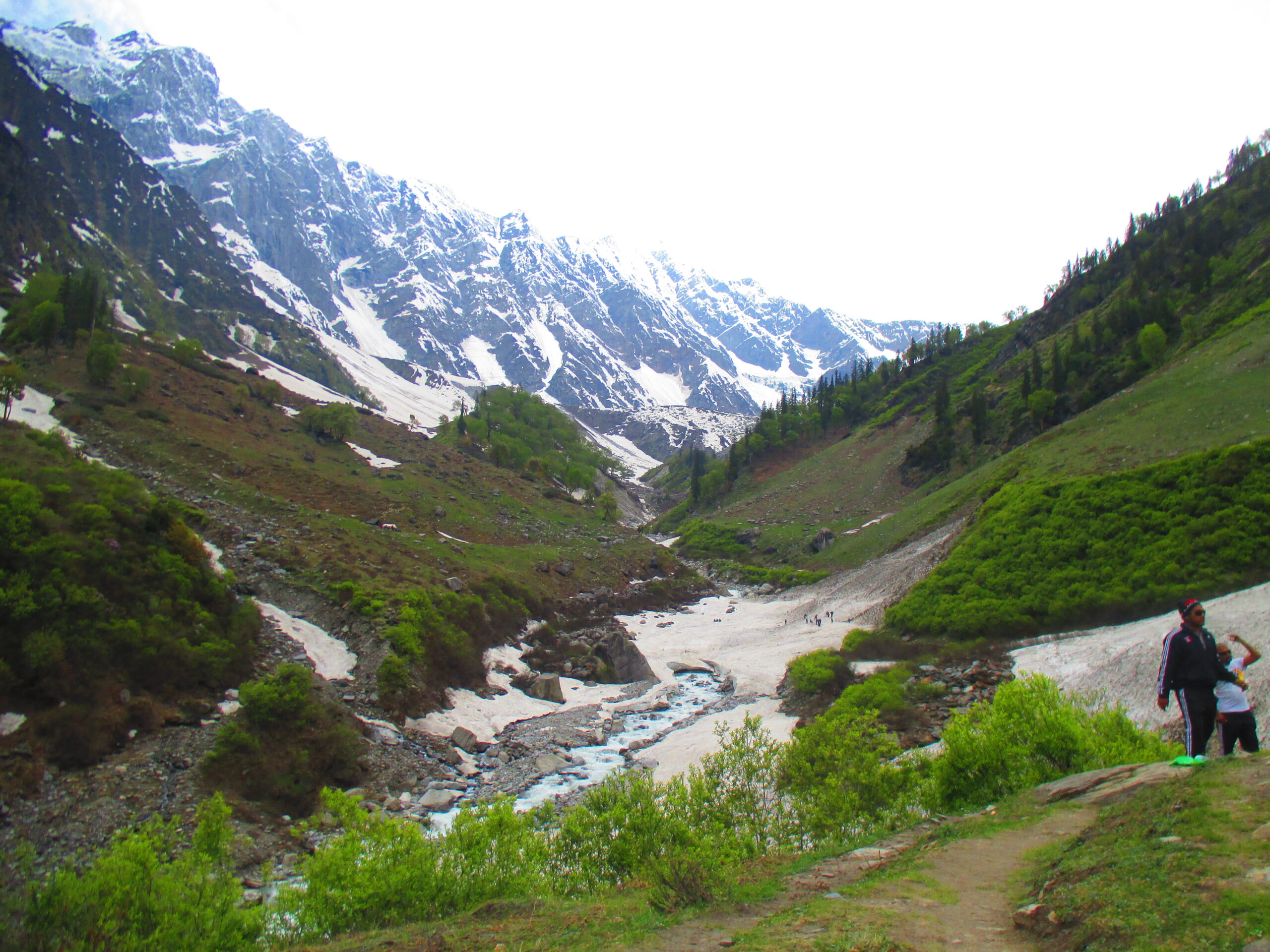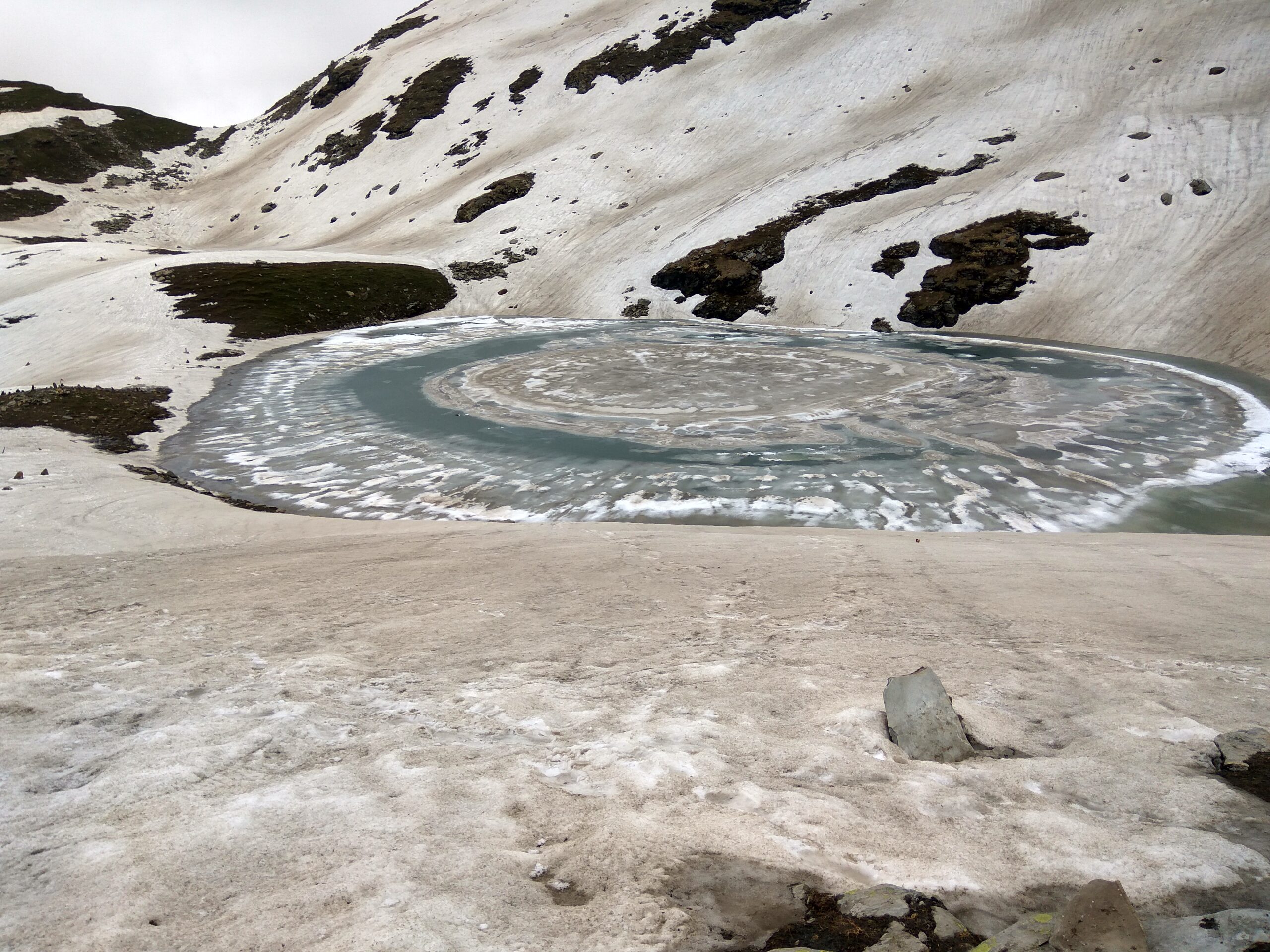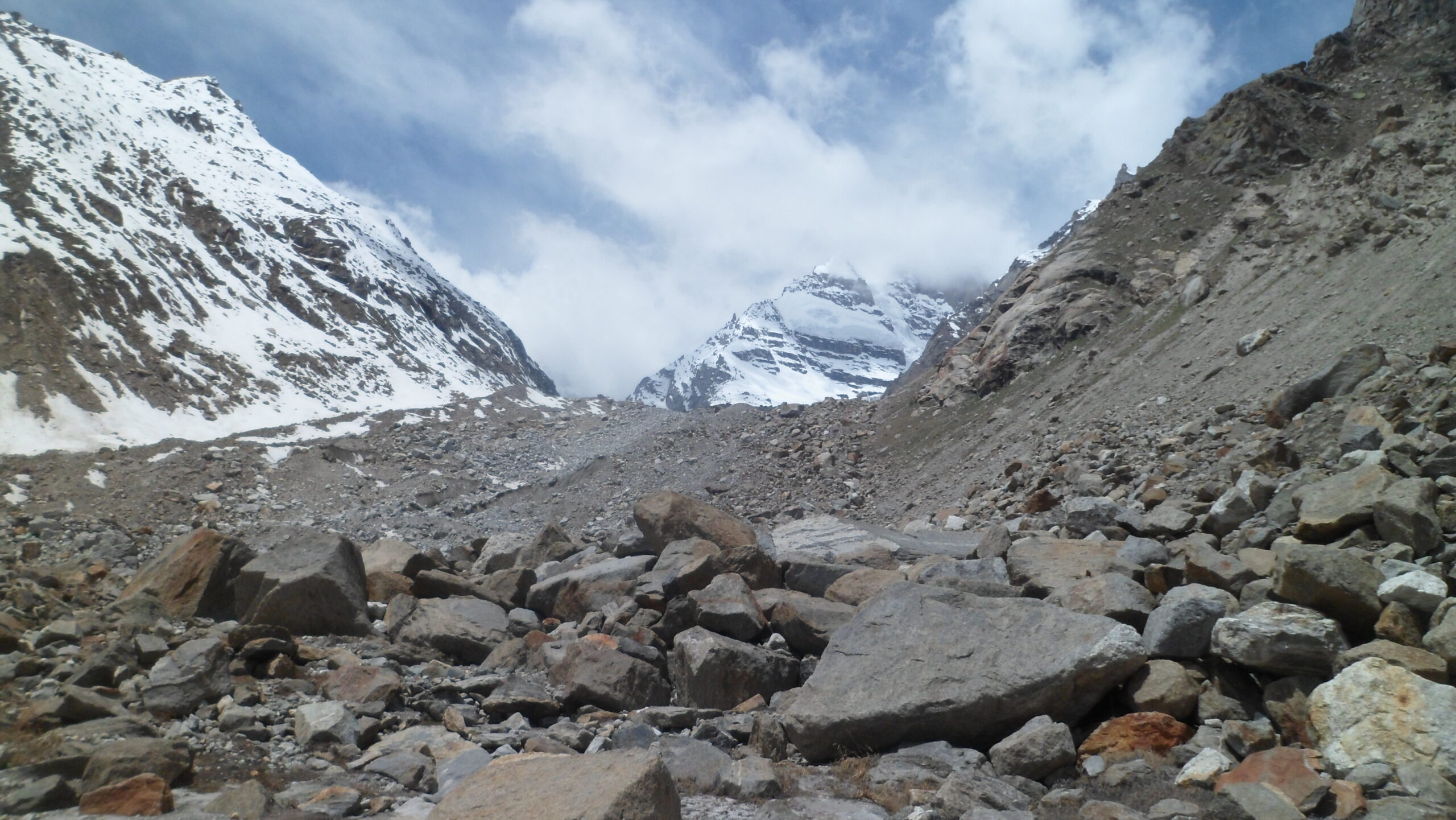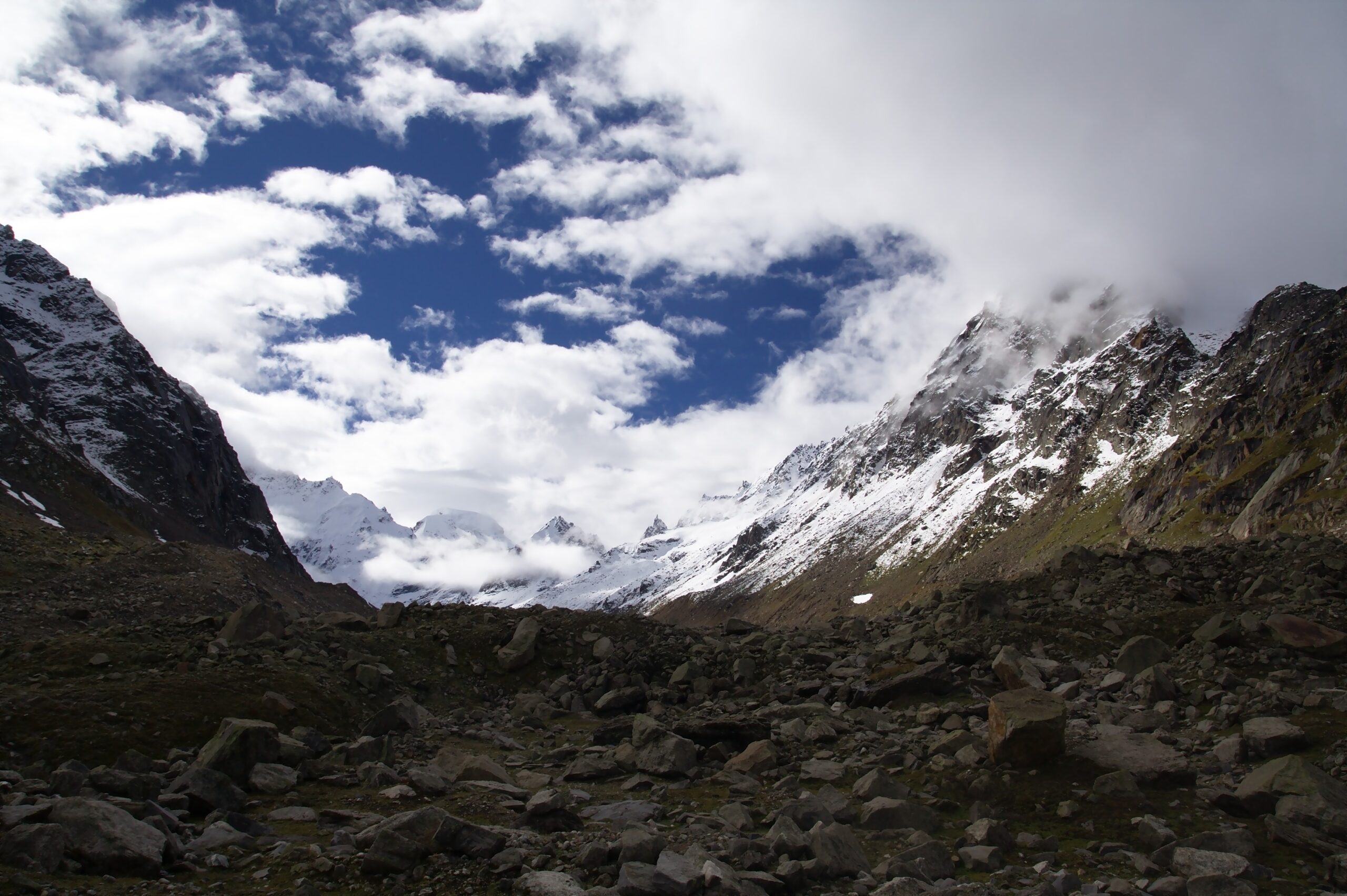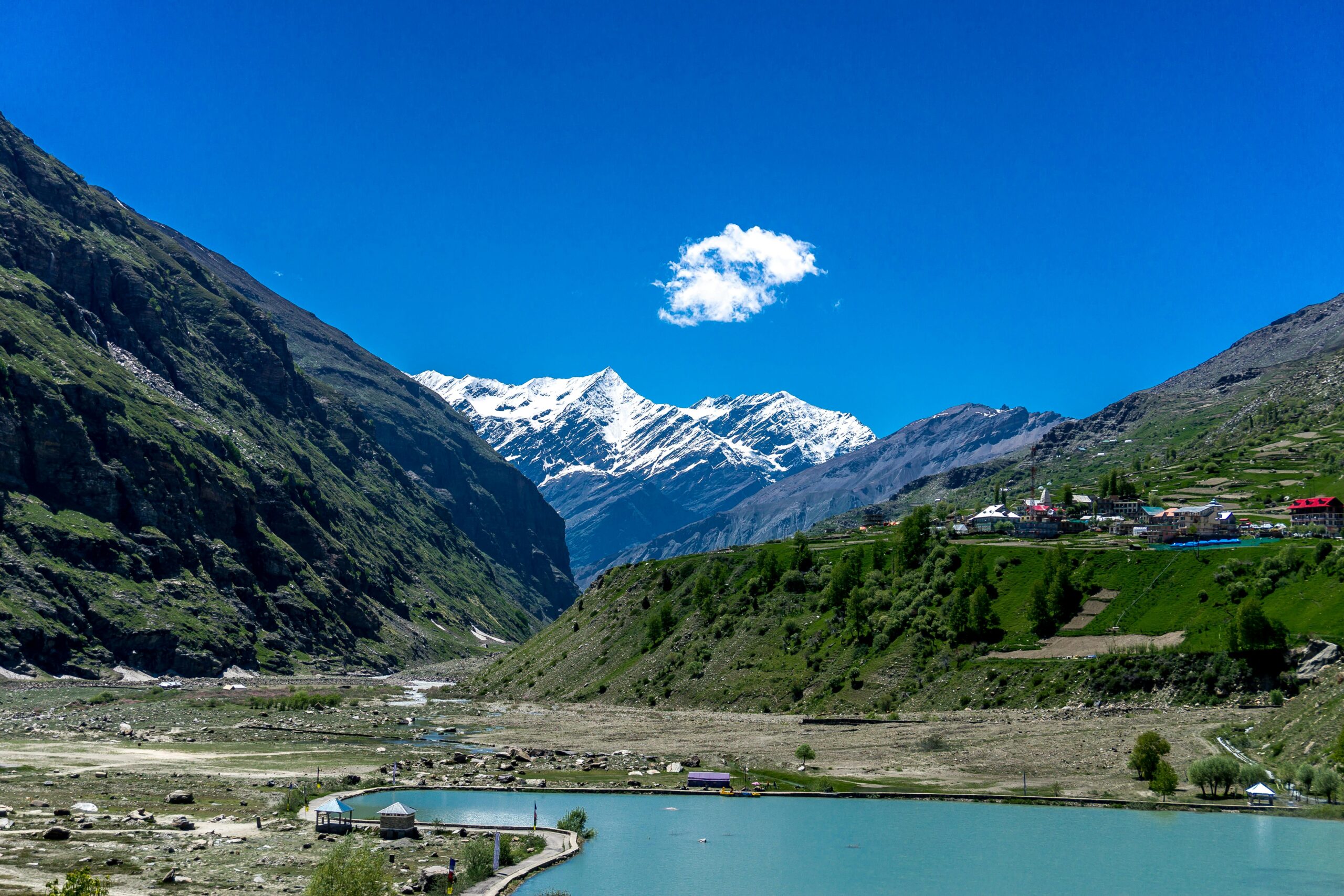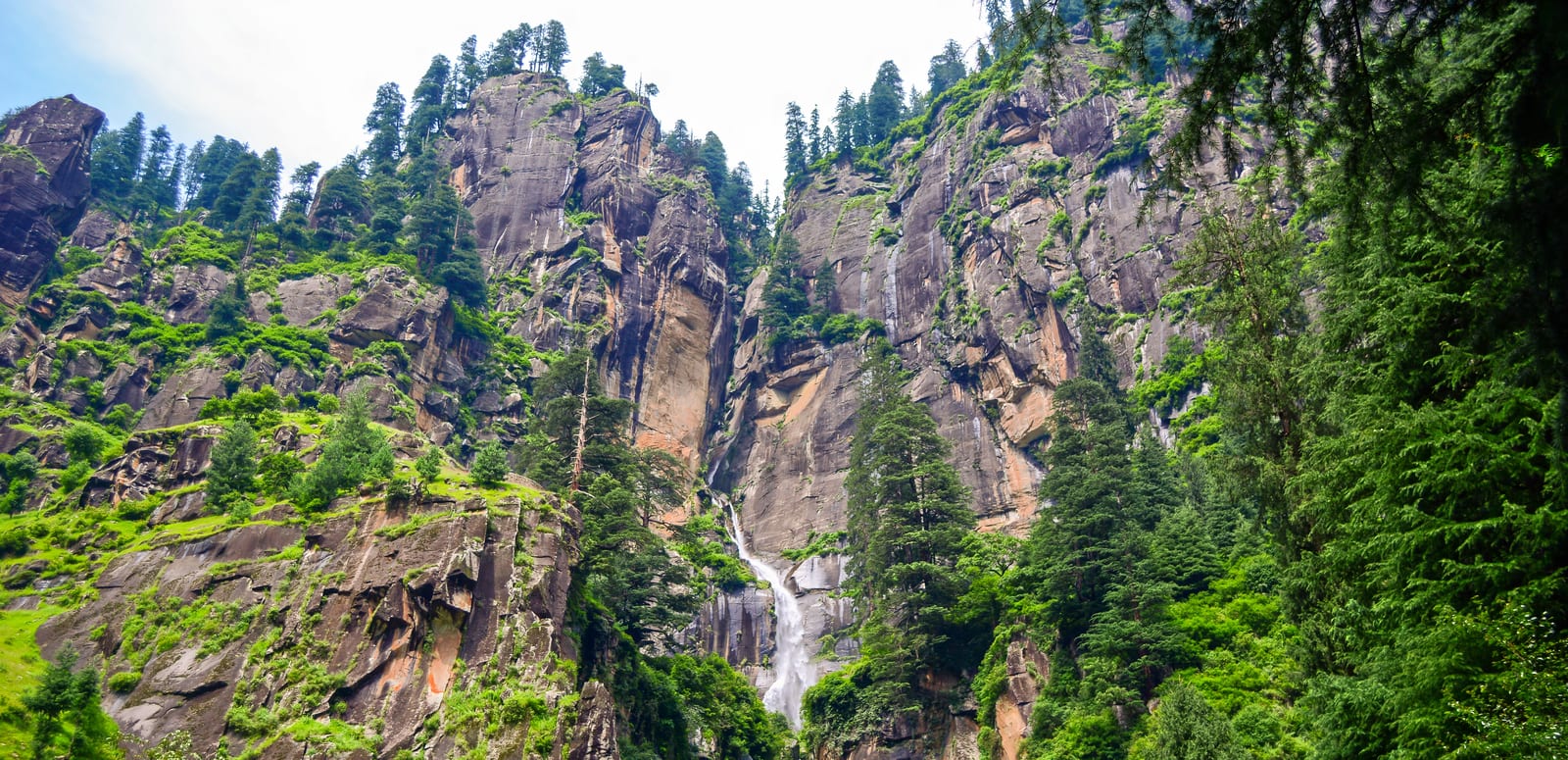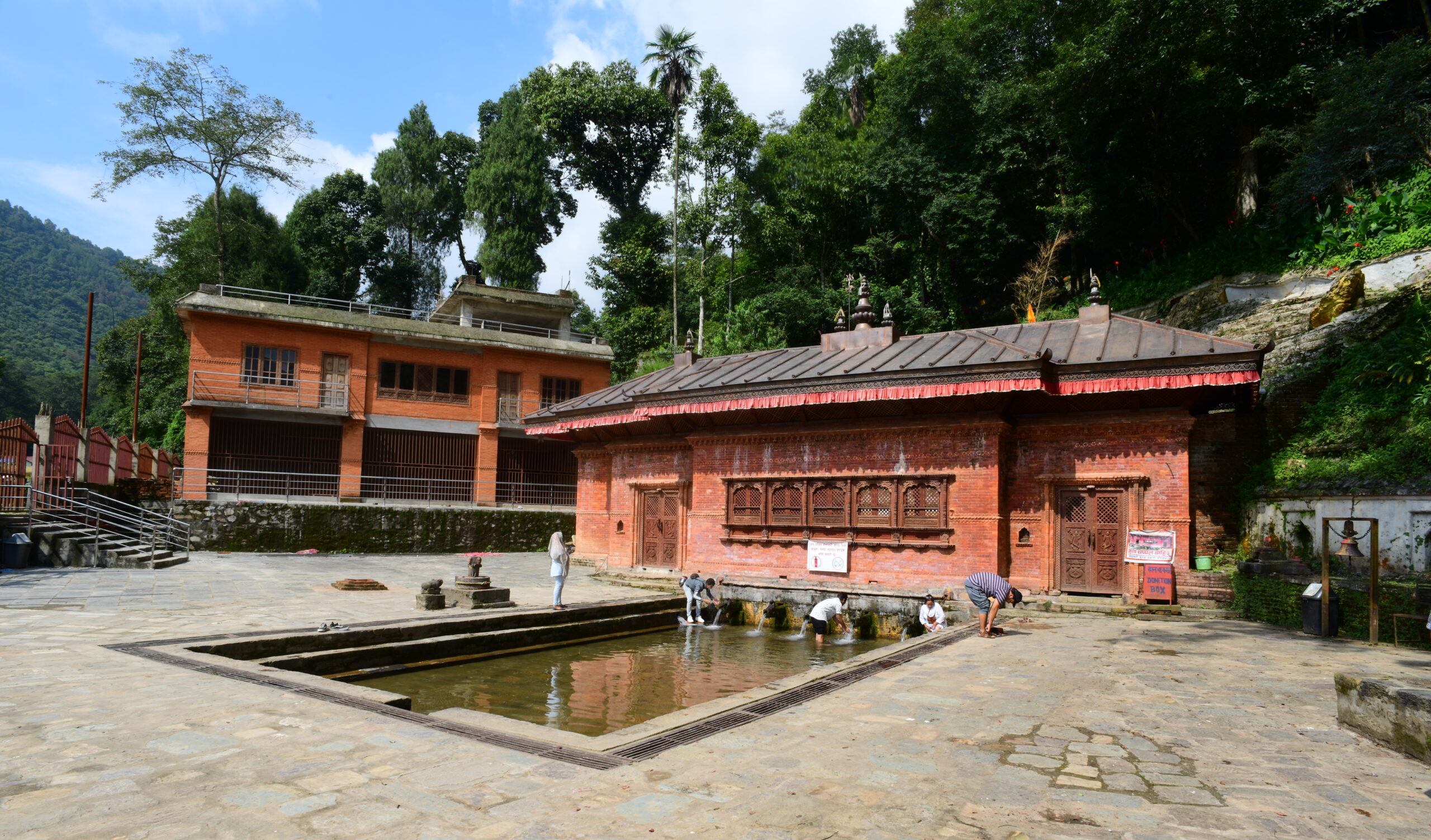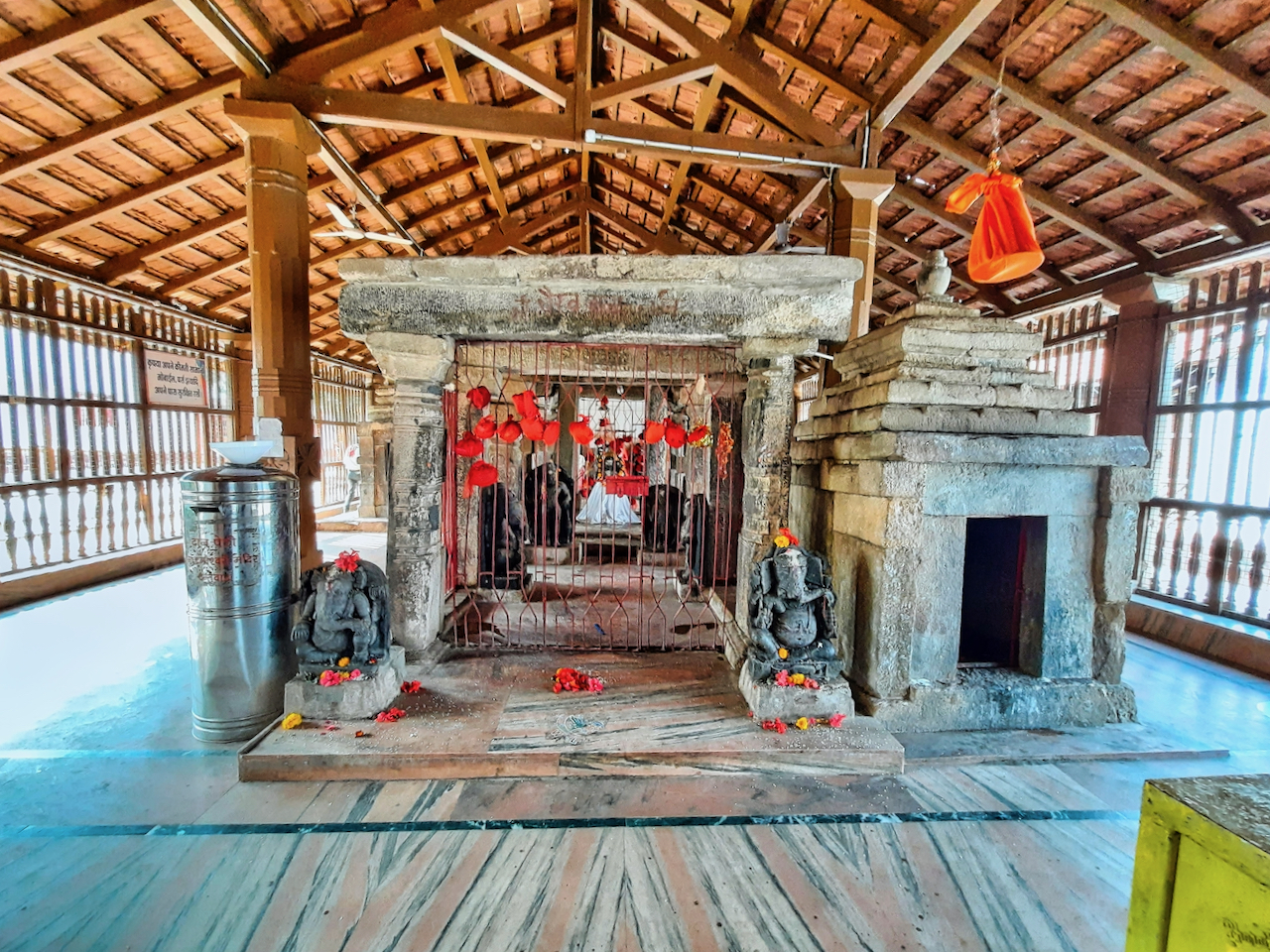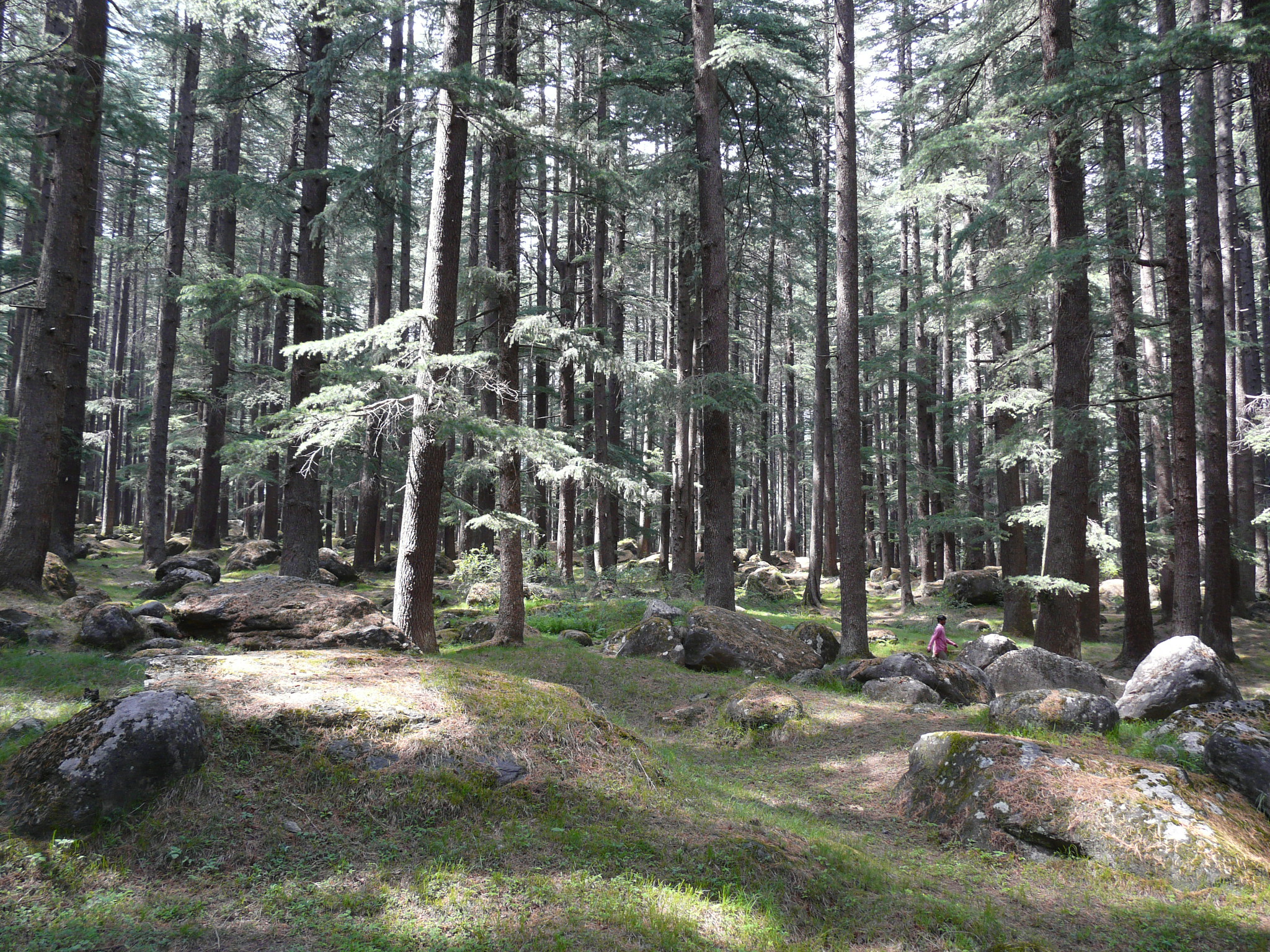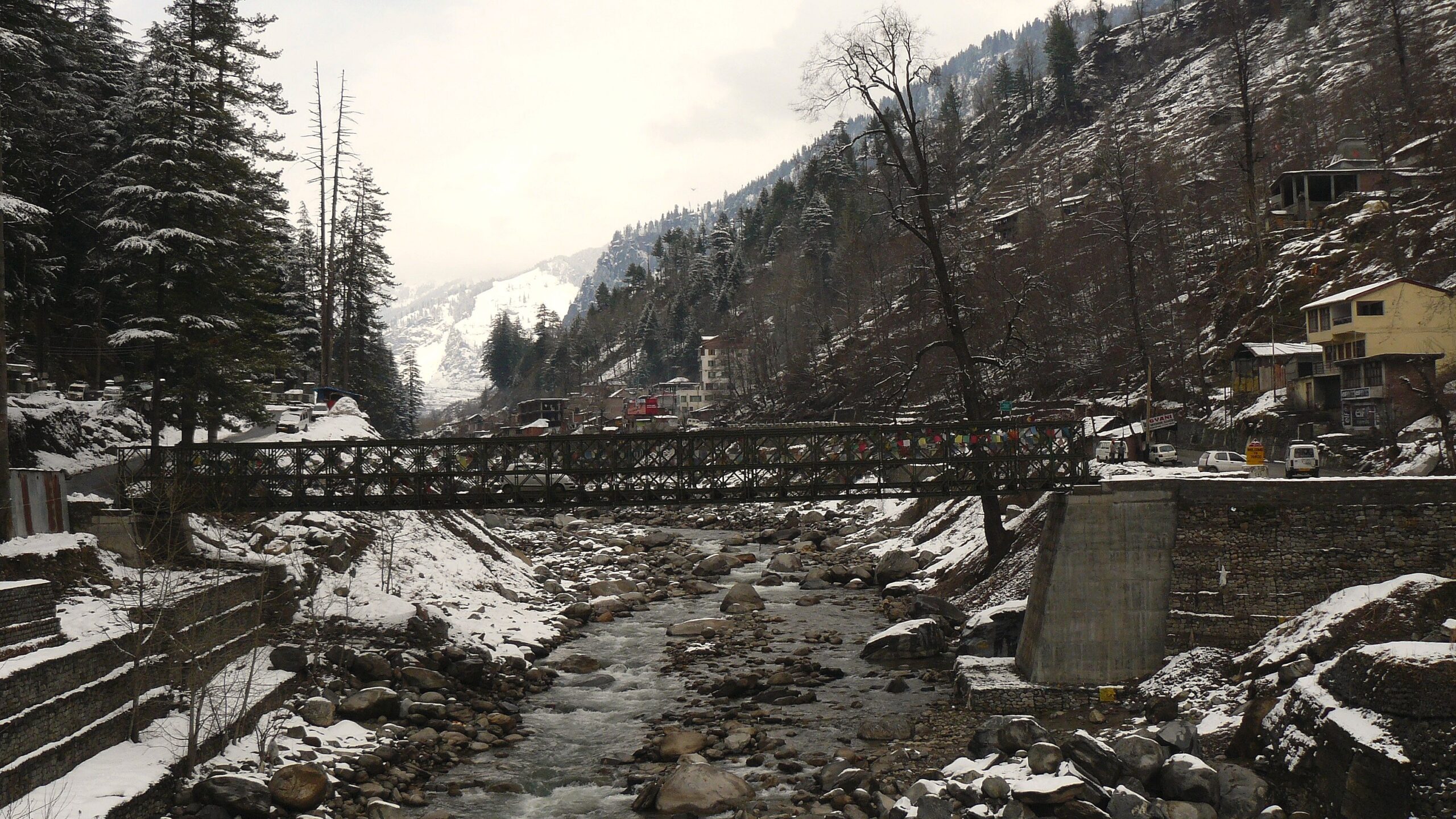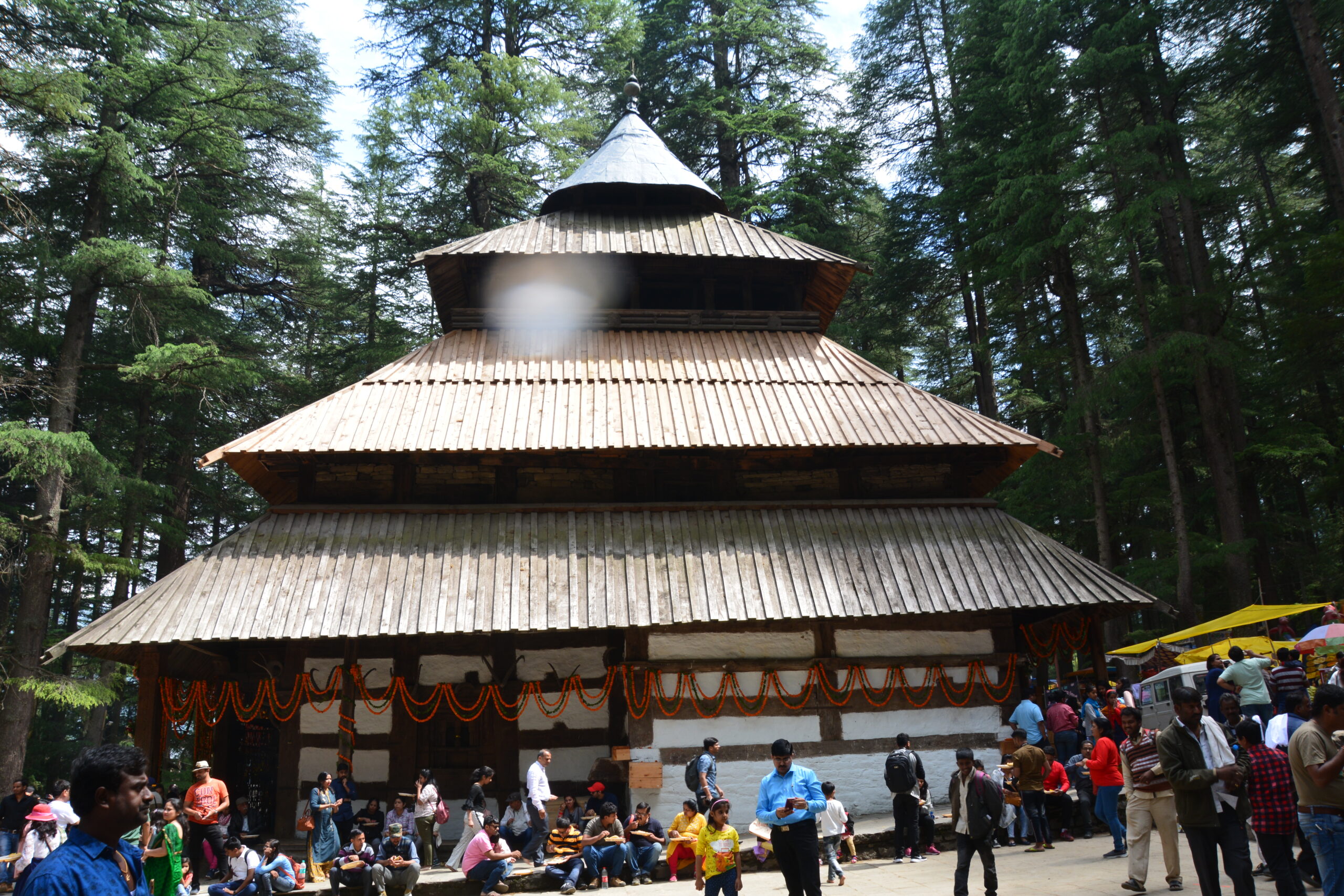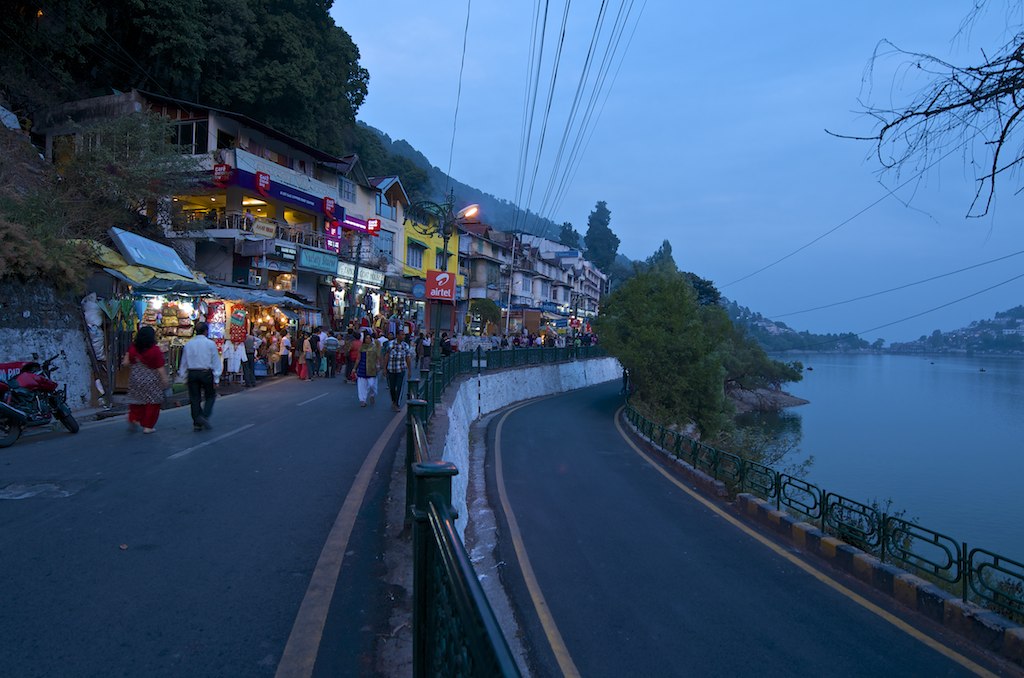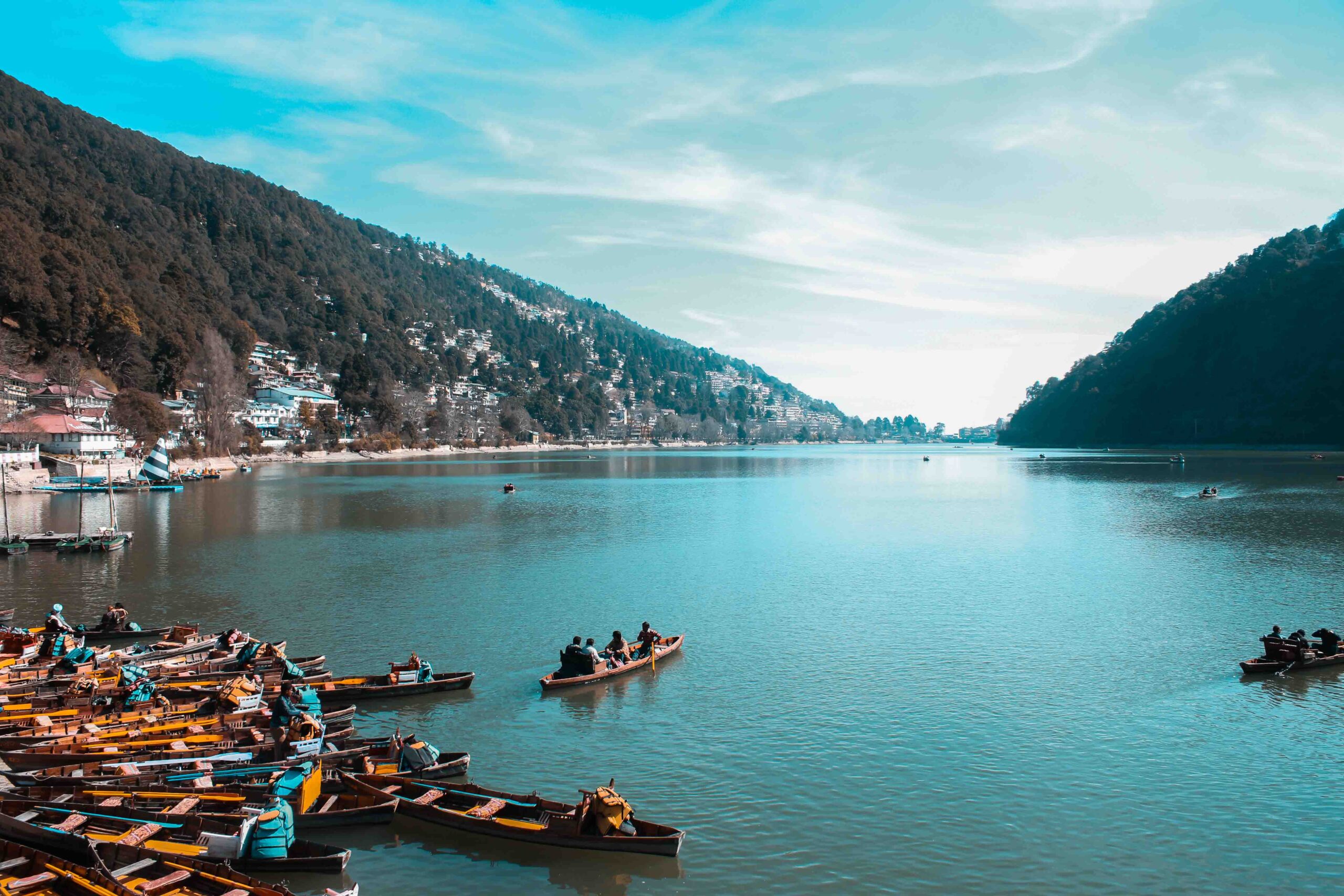
Embark on a journey through the best natural UNESCO world sites and uncover the most awe-inspiring landscapes our planet has to offer. These extraordinary destinations boast unparalleled beauty and provide myriad opportunities for adventure, exploration, and relaxation. Dive into our comprehensive guide to some of the most stunning UNESCO natural heritage sites around the globe.
Best Natural UNESCO World Heritage Sites
1. Great Barrier Reef, Australia
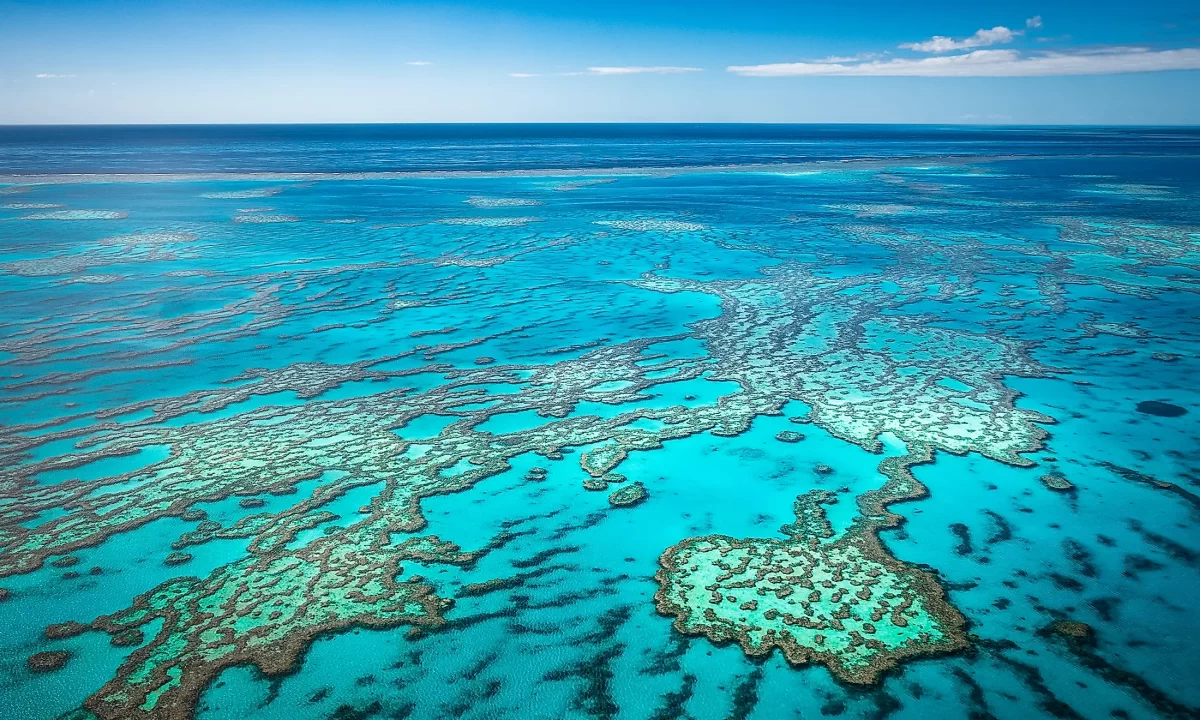
The Great Barrier Reef, a mesmerizing underwater utopia, stands out as one of the best natural UNESCO world sites. Encompassing a vast expanse of vibrant coral ecosystems, this marine sanctuary is a haven for biodiversity. Dive into crystal clear waters and get up close with a myriad of marine species, marvel at the riot of colors, and witness the breathtaking interaction of life beneath the waves. This aquatic wonderland promises both awe-inspiring beauty and unparalleled adventure opportunities.
- Vast Coral Reef System: Over 2,900 individual reefs and 900 islands.
- Marine Biodiversity: Home to 1,500 species of fish, 400 types of coral, and countless other marine life.
- Unique Ecosystems: Features mangroves, seagrasses, and underwater coral gardens.
- Protected Area: Recognized for its ecological and scientific importance by UNESCO.
- Diverse Habitats: Includes offshore atolls, coastal islands, and sandy cays.
- Conservation Efforts: Ongoing initiatives to preserve the reef’s health amid climate challenges.
- Snorkeling and Scuba Diving: Explore the stunning underwater world teeming with marine life.
- Glass-Bottom Boat Tours: Enjoy an impressive view of the coral gardens without getting wet.
- Whale Watching: Witness humpback whales during their migration season from June to November.
- Helicopter and Seaplane Tours: Get a bird’s eye view of the reef’s extensive beauty.
- Eco-Tours: Learn about conservation efforts and the reef’s complex ecosystems.
- Island Hopping: Visit the stunning Whitsunday Islands and other idyllic spots within the reef.
- Best Time to Visit: June to October, when the weather is ideal, and the water visibility is highest.
- Main Airports: Cairns Airport (CNS) and Whitsunday Coast Airport (PPP).
- Transportation Options: Catamaran cruises, day trip boats, guided tours, and shuttle buses.
- Accommodation: Plenty of options ranging from budget hostels to luxury resorts in Cairns and the Whitsundays.
- Travel Tips: Pack eco-friendly sunscreen, book tours in advance, and respect marine life guidelines.
2. Yellowstone National Park, USA
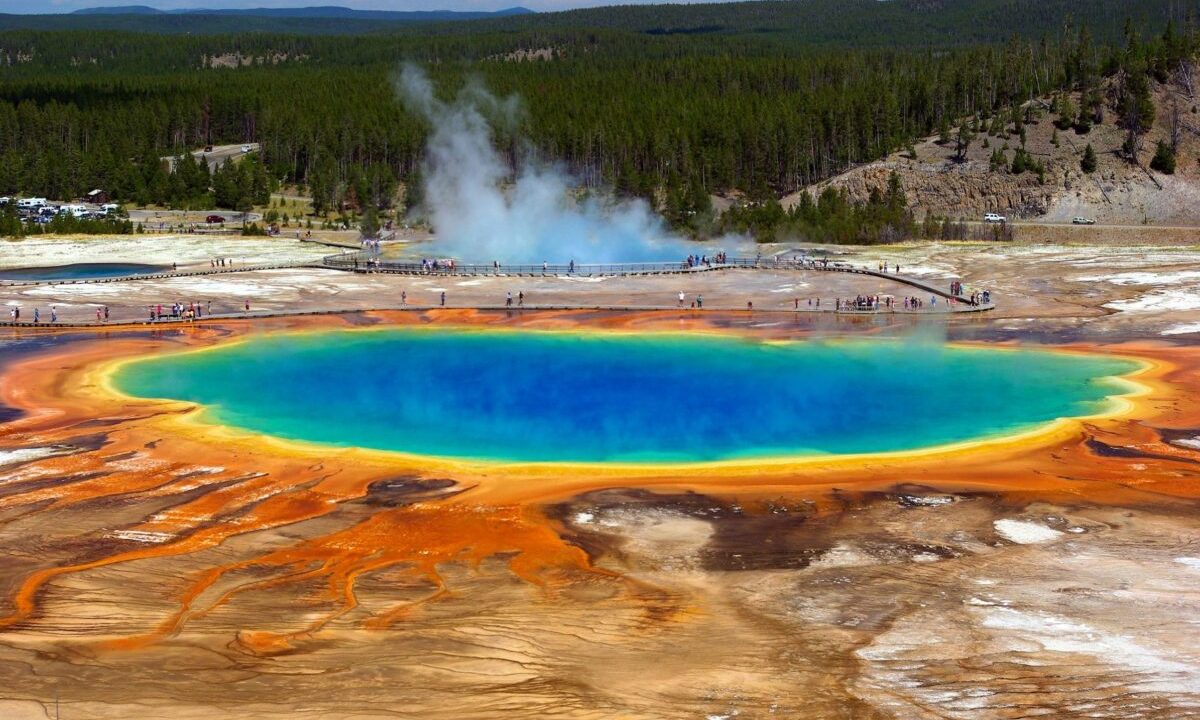
Yellowstone National Park, a revered UNESCO world heritage site, is a sprawling natural wonderland famous for its geothermal features and rich wildlife habitat. Nestled primarily in Wyoming and extending into Montana and Idaho, this park is a sanctuary of thermal springs, geysers, lush forests, and vibrant wildlife. Its captivating landscapes and ecological marvels make it one of the most incredible natural UNESCO world sites to explore. Due to this it one of the best places to visit in world.
- Geothermal Wonderland: Home to over 10,000 geothermal features, including hot springs, mudpots, fumaroles, and about 500 active geysers.
- Old Faithful: One of the most predictable geothermal features, erupting approximately every 90 minutes.
- Diverse Wildlife: Hosts species like bison, elk, grizzly bears, wolves, and bald eagles.
- Grand Canyon of Yellowstone: Features stunning views of colorful rock formations and towering waterfalls.
- Sprawling Wilderness: Encompasses over 2.2 million acres with various ecosystems, from alpine forests to expansive grasslands.
- Rich Cultural Heritage: Historic sites, visitor centers, and museums documenting the park’s history and native cultures.
- Geyser Gazing: Witness the spectacular eruptions of Old Faithful and other geysers.
- Wildlife Watching: Embark on guided tours to spot iconic animals in their natural habitats.
- Hiking: Explore over 900 miles of hiking trails that range from easy walks to challenging treks.
- Camping: Experience the great outdoors in one of the park’s numerous campgrounds.
- Fishing: Enjoy trout fishing in the park’s pristine rivers and lakes.
- Photography: Capture breathtaking landscapes and native wildlife.
- Ranger Programs: Participate in educational programs led by park rangers.
- Best Time to Visit: April to May and September to November for optimal wildlife viewing and fewer crowds.
- Main Airports: Jackson Hole Airport (JAC), Bozeman Yellowstone International Airport (BZN), and Yellowstone Regional Airport (COD).
- Transportation Options: Car rentals, guided bus tours, and park shuttles.
- Accommodation: Range from lodges and hotels to campgrounds within and around the park.
- Travel Tips: Dress in layers, pack bear spray, and be prepared for rapidly changing weather.
3. Western Ghats, India
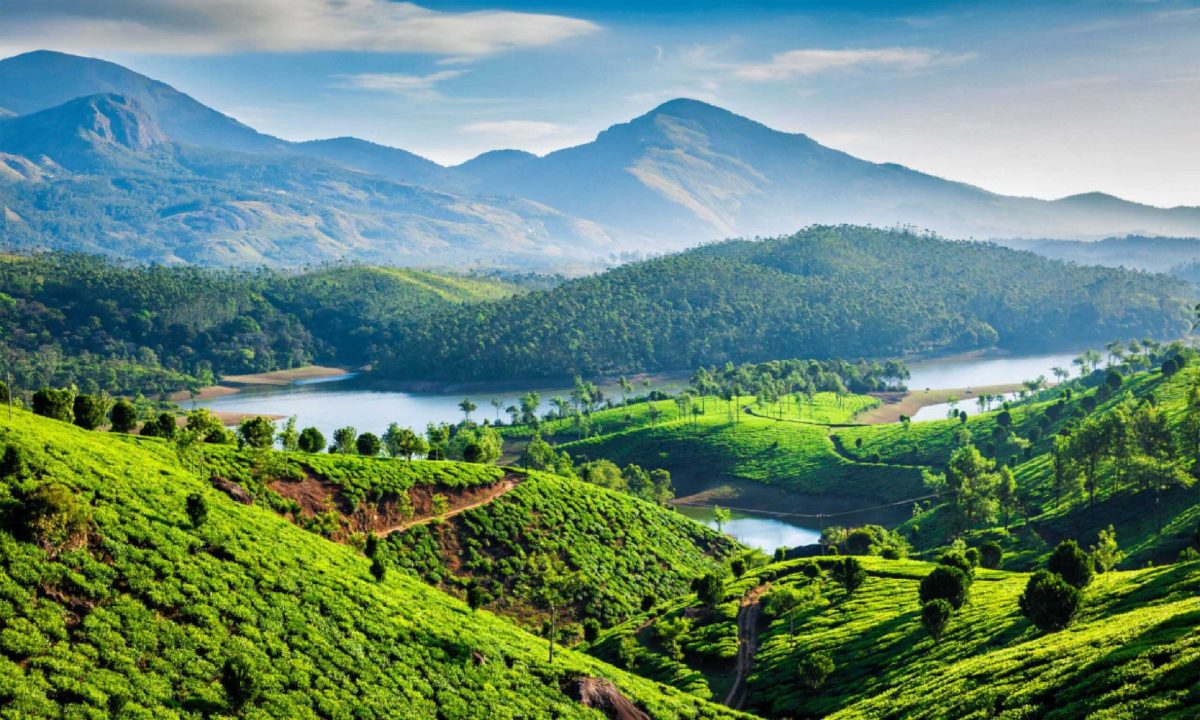
The Western Ghats of India, also known as Sahyadri, is a stunning natural UNESCO world site known for its rich biodiversity and beautiful landscapes. Stretching along the western coast of India, this mountain range features numerous national parks, wildlife sanctuaries, and forest reserves that harbor diverse ecosystems and endemic species.
- Biodiversity Hotspot: Home to over 7,402 species of flowering plants, 139 mammal species, 508 bird species, 179 amphibian species, and 6,000 insect species.
- Unique Ecosystems: Includes tropical rainforests, shola grasslands, and freshwater swamps.
- Protected Areas: Encompasses various national parks and wildlife sanctuaries such as Periyar, Silent Valley, and Kudremukh.
- Cultural Significance: Rich cultural heritage with numerous ancient temples and historical sites.
- Trekking Routes: Popular trekking trails such as the Kudremukh Trek, Chembra Peak Trek, and Meesapulimala Trek.
- UNESCO Recognition: Listed for its outstanding biodiversity and conservation value.
- Trekking and Hiking: Explore the scenic trekking routes through forests, grasslands, and mountains.
- Wildlife Safaris: Join guided safaris to spot wildlife such as elephants, tigers, and leopards.
- Bird Watching: Discover numerous endemic and migratory bird species.
- Visit Tea Plantations: Tour the lush tea gardens in places like Munnar and Wayanad.
- Explore Waterfalls: Visit stunning waterfalls such as Athirappilly Falls and Dudhsagar Falls.
- Cultural Visits: Explore ancient temples, historical sites, and traditional villages.
- Best Time to Visit: October to March for pleasant weather and optimal wildlife viewing.
- Main Airports: Cochin International Airport (COK), Kempegowda International Airport (BLR), and Trivandrum International Airport (TRV).
- Transportation Options: Rental cars, local buses, trains, and guided tours.
- Accommodation: Includes eco-resorts, homestays, guesthouses, and hotels in towns and near parks.
- Travel Tips: Carry insect repellent, wear comfortable walking shoes, and respect local customs and conservation rules.
4. Galápagos Islands, Ecuador
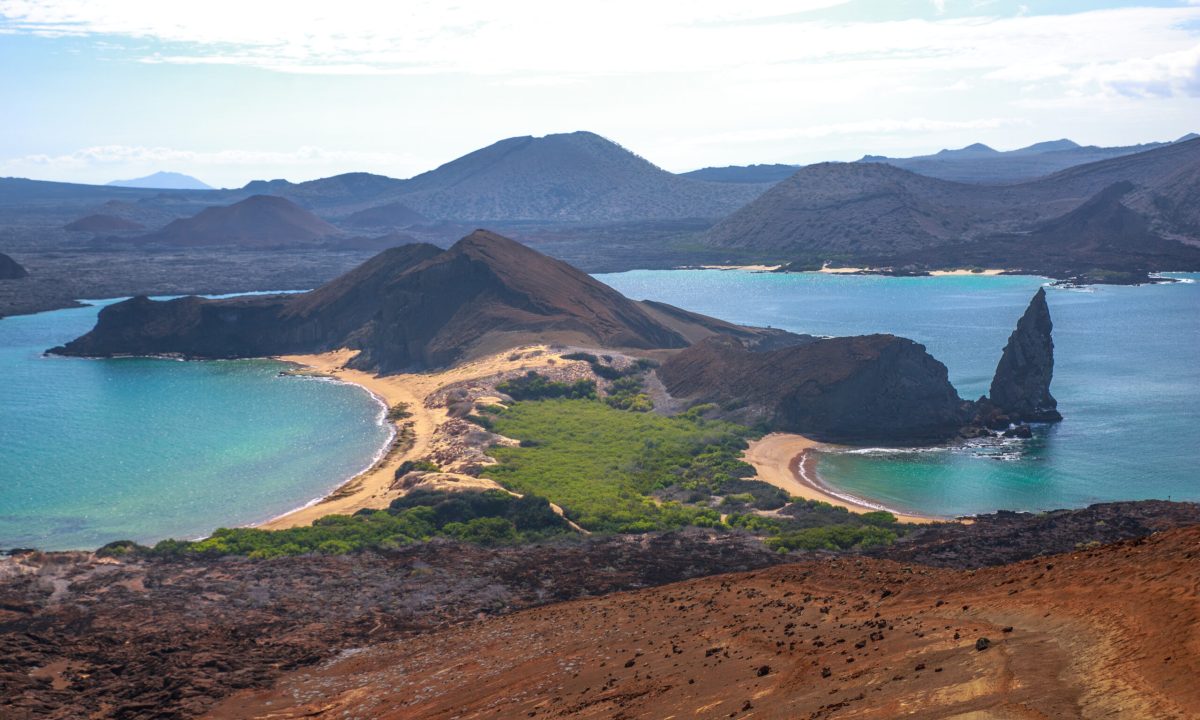
The Galápagos Islands, a collection of volcanic islands in the Pacific Ocean, stand out as one of the most unique natural UNESCO world sites. Famous for their fascinating and unique biodiversity, these islands offer an unparalleled glimpse into nature’s incredible innovations. As a crucial site for Charles Darwin’s theory of evolution, they continue to captivate travelers and scientists alike with their pristine environments and unparalleled wildlife encounters.
- Unique Wildlife: Endemic species like giant tortoises, marine iguanas, and blue-footed boobies.
- Diverse Marine Ecosystem: Home to a variety of sharks, rays, sea turtles, and tropical fish.
- Volcanic Landscapes: Features dramatic volcanic formations and active volcanos.
- Protected Area: The Galápagos National Park covers 97% of the land area.
- Islands Variety: Comprised of 18 main islands and numerous smaller islets and rocks.
- Research Opportunities: Ongoing scientific research on conservation and species adaptation.
- Snorkeling and Diving: Explore underwater treasures teeming with marine life, including famous sites like Devil’s Crown.
- Wildlife Tours: Guided tours to see iconic species in their natural habitats.
- Kayaking and Surfing: Paddle along rugged coastlines and ride the renowned waves.
- Hiking and Trekking: Traverse volcanic landscapes and diverse ecosystems.
- Boat Tours and Cruises: Enjoy extended explorations aboard liveaboard boats.
- Bird Watching: Spot rare bird species like the Galápagos penguin and albatross.
- Best Time to Visit: December to May, for warmer, calmer seas and vibrant marine life.
- Main Airports: Seymour Airport (GPS) on Baltra Island and San Cristóbal Airport (SCY).
- Transportation Options: Inter-island flights, boat services, and guided tours.
- Accommodation: Options range from budget guesthouses to luxury eco-lodges.
- Travel Tips: Book tours in advance, pack light breathable clothing, and adhere to park guidelines to preserve natural habitats.
5. Serengeti National Park, Tanzania
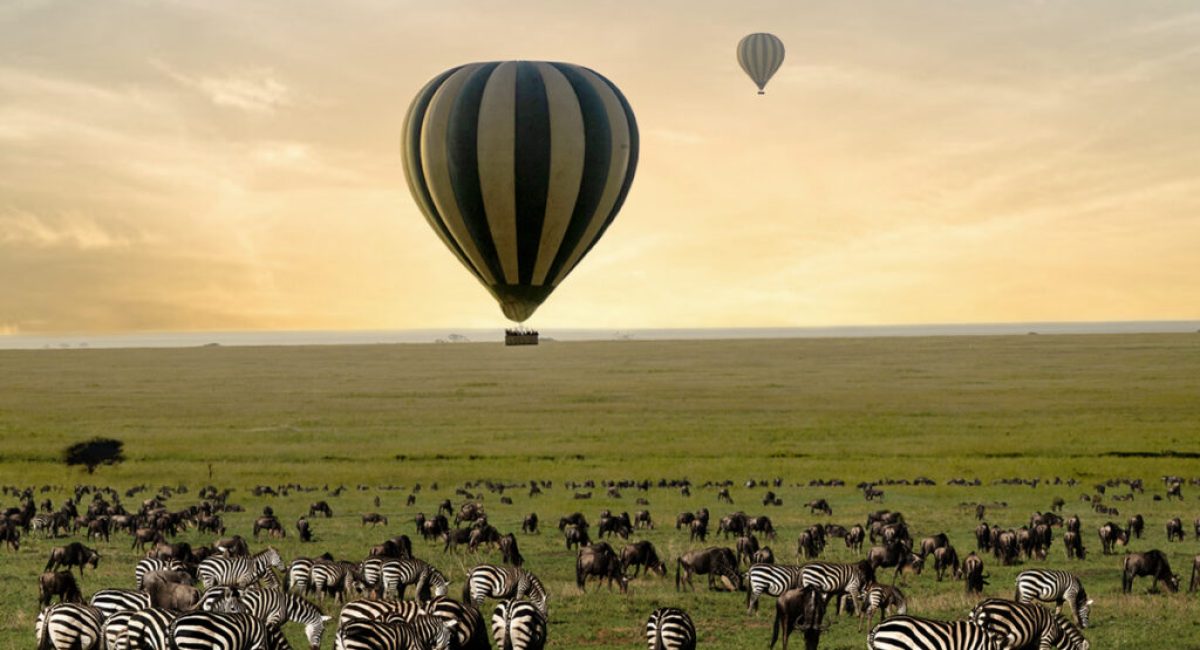
Serengeti National Park, a renowned UNESCO natural heritage site, offers one of the most incredible wildlife viewing experiences on the planet. Famous for its vast savannahs and the monumental Great Migration, the Serengeti is an iconic symbol of African wilderness. This expansive natural wonderland is a must-visit for anyone seeking the quintessential African safari experience.
- Vast Savannah Plains: Encompasses over 14,750 square kilometers of diverse ecosystems.
- The Great Migration: An annual spectacle involving over 1.5 million wildebeest, hundreds of thousands of zebras and gazelles on their northern trek.
- Home to the Big Five: Lions, leopards, elephants, buffalo, and rhinos.
- Rich Biodiversity: Includes over 500 bird species and numerous smaller mammal species.
- Cultural Heritage: Proximity to Maasai communities and archaeological sites like Olduvai Gorge.
- Scenic Landscapes: Features acacia trees, riverine forests, and rolling hills.
- Safari Game Drives: Guided drives to see the Big Five and witness the Great Migration.
- Hot Air Balloon Safaris: Experience breathtaking views of the Serengeti plains from above.
- Walking Safaris: Explore on foot with expert guides and gain a closer connection to the environment.
- Cultural Tours: Visit Maasai villages and learn about their traditional way of life.
- Bird Watching: Spot diverse bird species for the avid birdwatcher.
- Photography: Capture the serene beauty and wildlife of the Serengeti.
- Best Time to Visit: June to October for dry season wildlife viewing; January to March for calving season.
- Main Airports: Kilimanjaro International Airport (JRO) and Arusha Airport (ARK).
- Transportation Options: Safari vehicles, domestic flights, and guided tours.
- Accommodation: Luxurious lodges, tented camps, and budget-friendly safari camps.
- Travel Tips: Pack light and neutral-colored clothing, bring binoculars, and be prepared for early morning game drives.
6. Plitvice Lakes National Park, Croatia
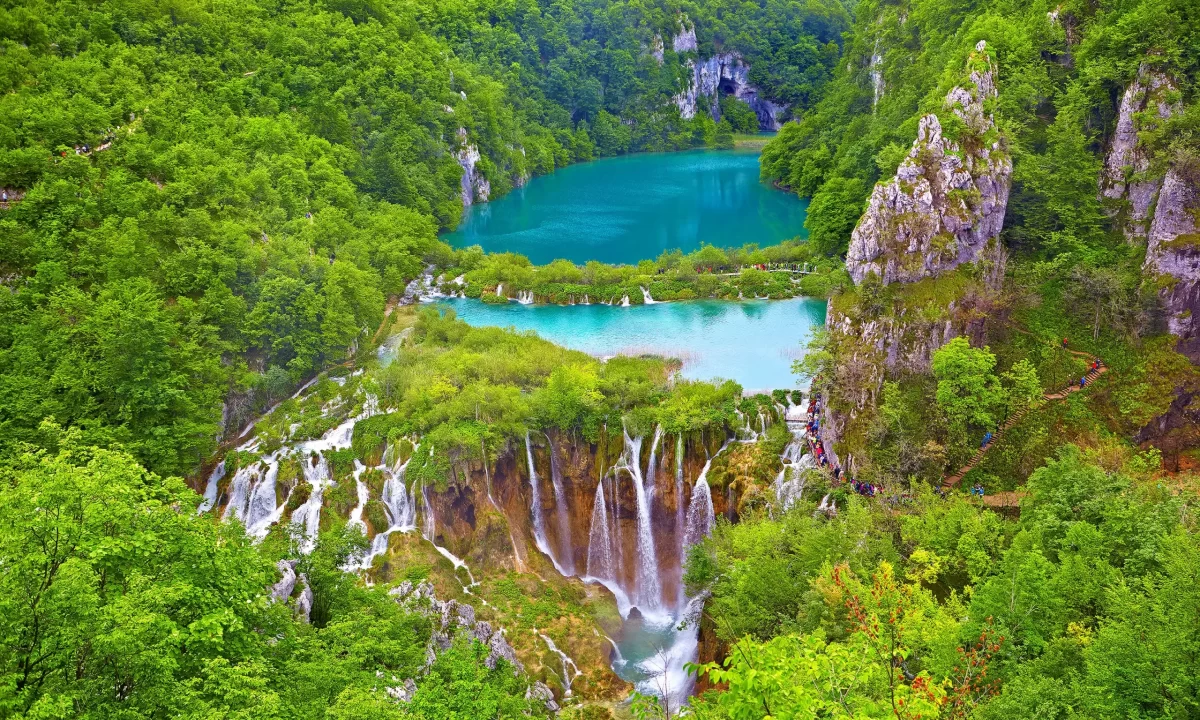
Plitvice Lakes National Park, a stunning UNESCO natural world site in Croatia, is celebrated for its breathtaking series of cascading lakes and lush forest surroundings. This pristine natural haven offers an idyllic escape into nature’s tranquility, where visitors can witness the ethereal beauty of turquoise waters and the melodious sounds of waterfalls. Its untouched landscapes and rich biodiversity make it an essential addition to any list of the best natural UNESCO world sites.
- Cascading Lakes: Features 16 terraced lakes interconnected by waterfalls.
- Pristine Waters: Known for their distinct and vibrant turquoise color.
- Extensive Flora and Fauna: Includes diverse plant species and wildlife such as deer, bears, wolves, and rare birds.
- Picturesque Trails: Over 12 miles of well-maintained pathways and wooden footbridges.
- UNESCO Recognition: Listed as a World Heritage Site due to its remarkable natural beauty and ecological significance.
- Seasonal Beauty: Offers different scenic experiences in each season, from lush greenery to snow-covered tranquility.
- Walking and Hiking Trails: Explore various routes offering spectacular views of the lakes and waterfalls.
- Boat Rides: Enjoy panoramic vistas from electric boat services on Kozjak Lake.
- Wildlife Spotting: Discover diverse fauna across the park’s densely forested areas.
- Photography: Capture the stunning landscapes and the park’s natural beauty.
- Winter Activities: Witness frozen waterfalls and snow-covered paths during winter.
- Educational Tours: Learn about the park’s unique geology and ecosystems from knowledgeable guides.
- Best Time to Visit: April to October for mild weather and vibrant landscapes.
- Main Airports: Zagreb Airport (ZAG) and Zadar Airport (ZAD).
- Transportation Options: Shuttle buses within the park, rental cars, and guided tours.
- Accommodation: Hotels, guesthouses, and accommodations within the park or nearby areas.
- Travel Tips: Wear comfortable walking shoes, pack a camera, and follow designated trails for safety.
7. Banff National Park, Canada

Banff National Park, situated in the heart of the Canadian Rockies, is one of the most breathtaking natural UNESCO world sites. Known for its majestic mountain scenery, crystal-clear lakes, and endless outdoor adventures, Banff guarantees an unforgettable experience for nature enthusiasts. Whether you’re exploring alpine landscapes, serene glacial lakes, or rich wildlife habitats, this park embodies the essence of the wild Canadian Rockies.
- Rocky Mountains: Stunning mountainous terrains including iconic peaks such as Mount Rundle and Mount Cascade.
- Glacial Lakes: World-famous lakes like Lake Louise and Moraine Lake with their turquoise waters.
- Rich Wildlife: Diverse species including grizzly bears, elk, mountain goats, and more.
- Extensive Trail Network: Over 1,600 kilometers of maintained trails ranging from easy walks to challenging hikes.
- Historical Sites: Banff Springs Hotel, Bow Valley Parkway, and heritage buildings.
- Four Seasons Park: Offers unique experiences and activities across each season.
- Hiking and Trekking: Explore trails like the Plain of Six Glaciers or Johnston Canyon.
- Wildlife Watching: Join guided tours to spot local wildlife in their natural habitat.
- Scenic Drives: Drive along the Icefields Parkway for stunning views of glaciers and mountains.
- Lake Activities: Canoeing, kayaking, and paddleboarding on Lake Louise.
- Winter Sports: Skiing, snowboarding, and snowshoeing in winter months.
- Hot Springs: Relax in the Banff Upper Hot Springs with scenic mountain views.
- Best Time to Visit: June to August for summer activities; December to February for winter sports.
- Main Airports: Calgary International Airport (YYC).
- Transportation Options: Rental cars, park shuttles, and guided tours.
- Accommodation: Luxurious resorts, rustic lodges, campgrounds, and hotels.
- Travel Tips: Bring layers for variable weather, stay bear-aware, and book accommodations well in advance during peak seasons.
8. Iguazu National Park, Argentina/Brazil
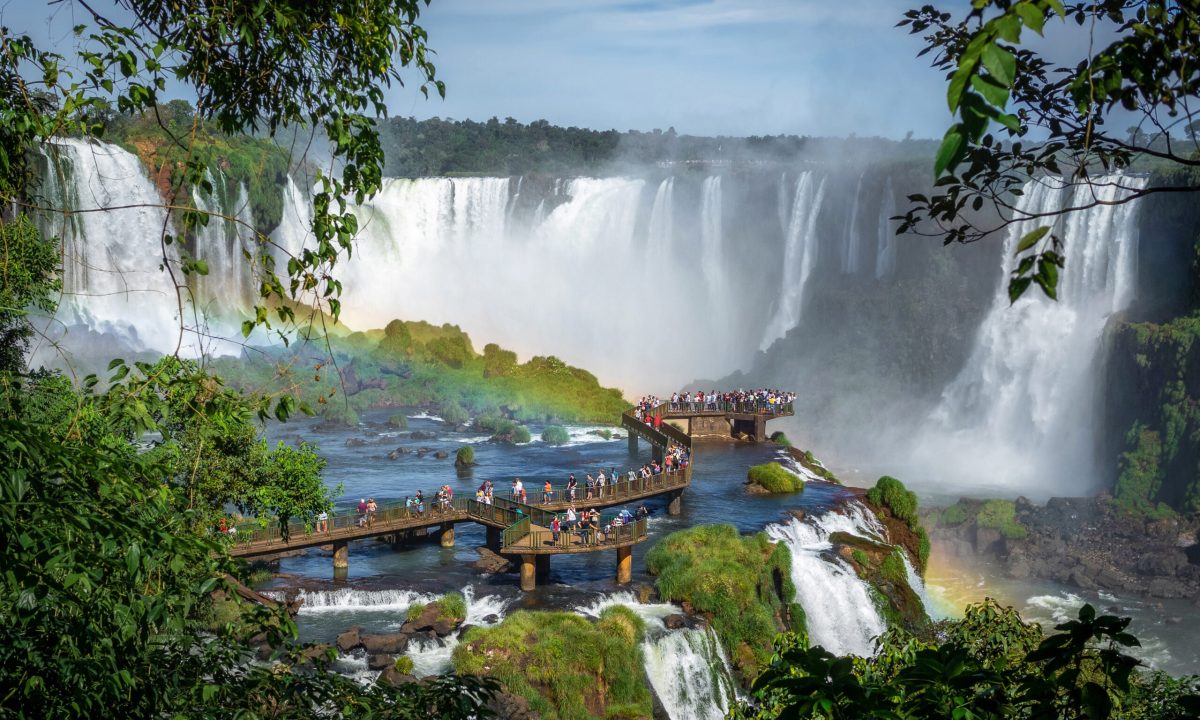
Iguazu National Park, straddling the border between Argentina and Brazil, is famed for the magnificent Iguazu Falls. Recognized as one of the most spectacular natural UNESCO world sites, this park offers a sensational experience with its powerful waterfalls and lush subtropical rainforests. Visitors can feel the mighty roar of the falls and explore diverse ecosystems teeming with rare wildlife and vibrant flora.
- Iguazu Falls: One of the largest and most impressive waterfall systems in the world with over 275 individual falls.
- Devil’s Throat: The most iconic part of the falls with a dramatic drop of over 80 meters.
- Subtropical Rainforest: Lush, biodiverse vegetation supporting thousands of species of plants and animals.
- Wildlife Diversity: Home to jaguars, tapirs, howler monkeys, toucans, and butterflies.
- Viewing Platforms: Various walkways and platforms offering breathtaking panoramic views of the falls.
- Cultural Sites: Proximity to Guarani indigenous communities and cultural heritage.
- Waterfall Tours: Explore various trails and platforms, including the Upper and Lower Circuits and the Devil’s Throat.
- Boat Rides: Experience the falls up close with thrilling boat excursions.
- Hiking and Nature Walks: Discover the park’s rich biodiversity along marked trails.
- Wildlife Viewing: Participate in guided tours to spot rare wildlife and birds.
- Helicopter Rides: For a bird’s-eye view of the falls, helicopter tours are available.
- Cultural Tours: Visit local Guarani villages to learn about their traditional lifestyle and crafts.
- Best Time to Visit: March to May and September to November for ideal weather conditions.
- Main Airports: Cataratas del Iguazú International Airport (IGR) in Argentina and Foz do Iguaçu International Airport (IGU) in Brazil.
- Transportation Options: Park shuttles, rental cars, and guided tours.
- Accommodation: Range of options from luxury hotels to budget lodges around Puerto Iguazu (Argentina) and Foz do Iguaçu (Brazil).
- Travel Tips: Carry water-resistant gear, exchange currency beforehand (if crossing borders), and book tours in advance.
9. Mount Kilimanjaro National Park, Tanzania
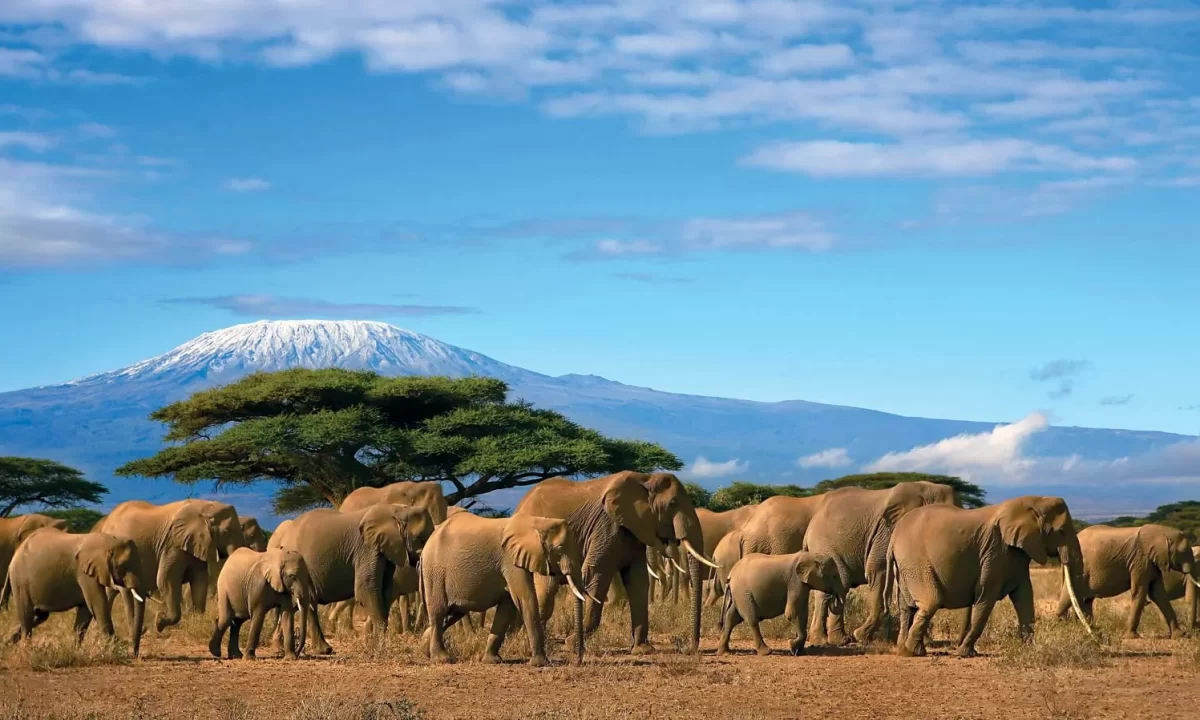
Mount Kilimanjaro National Park is home to Africa’s highest peak, the iconic Mount Kilimanjaro. As one of the most prominent natural UNESCO world sites, it draws adventurers and nature lovers worldwide. The park’s diverse ecological zones, from lush rainforests to alpine deserts and glaciers, offer a unique trekking experience culminating in stunning views from the Roof of Africa.
- Highest Free-Standing Mountain: Kilimanjaro towers at 5,895 meters (19,341 feet) above sea level.
- Diverse Climatic Zones: Includes cultivated land, rainforest, heath, moorland, alpine desert, and arctic summit.
- Unique Flora and Fauna: Endemic species like the Kilimanjaro tree and various mammals.
- Glaciers: Despite global warming threats, Kilimanjaro still features glaciers near its summit.
- Scenic Routes: Seven trekking routes including Marangu, Machame, and Lemosho.
- Cultural Significance: Revered by local Chagga people and a heritage symbol.
- Trekking and Climbing: Choose from various routes to summit Kilimanjaro, each offering different landscapes and challenges.
- Wildlife Viewing: Explore the park’s lower slopes to see animals like colobus monkeys and antelopes.
- Bird Watching: Spot diverse bird species adapted to varying climatic zones.
- Cultural Tours: Visit nearby Chagga villages to learn about local culture and history.
- Botanical Tours: Guided tours focusing on the unique plants and ecological zones of Kilimanjaro.
- Photography: Capture breathtaking views, especially at sunrise and sunset from higher elevations.
- Best Time to Visit: January to March and June to October for trekking.
- Main Airports: Kilimanjaro International Airport (JRO).
- Transportation Options: Local taxis, shuttle services, and guided trekking tours.
- Accommodation: Mountain huts on the Marangu Route, tented camps, and hotels in Moshi and Arusha.
- Travel Tips: Prepare for altitude acclimatization, ensure physical fitness, and hire registered guides for safe trekking.
10. Te Wahipounamu, New Zealand

Te Wahipounamu, located in the southwest of New Zealand’s South Island, encompasses four national parks and is an extraordinary natural UNESCO world site. This expansive area features dramatic fjords, towering mountains, pristine lakes, and lush rainforests. Renowned for its untouched wilderness and diverse ecosystems, Te Wahipounamu is a haven for adventurers and nature enthusiasts.
- Extensive Area: Encompasses Fiordland, Westland, Mount Aspiring, and Aoraki/Mount Cook National Parks.
- Diverse Ecosystems: Includes fjords, glaciers, rivers, lakes, and temperate rainforests.
- Rich Biodiversity: Home to unique flora and fauna, including the kea, kiwi, and New Zealand fur seal.
- Glacial Formations: Features striking glacial valleys and ice-covered peaks.
- Scenic Waterways: Pristine lakes such as Lake Wanaka and Lake Te Anau.
- UNESCO Recognition: Listed for its outstanding natural beauty and geological significance.
- Hiking and Trekking: Explore famous trails like the Milford Track, Routeburn Track, and Kepler Track.
- Cruising and Kayaking: Enjoy scenic cruises and kayaking in Milford Sound and Doubtful Sound.
- Wildlife Spotting: Observe native wildlife including dolphins, seals, and unique bird species.
- Glacier Exploration: Walk on Fox Glacier and Franz Josef Glacier or take scenic flights.
- Photography: Capture breathtaking fjord landscapes, glacial valleys, and lush forests.
- Cultural Insights: Learn about the Maori heritage and traditions associated with Te Wahipounamu.
- Best Time to Visit: November to April for mild weather and clear views.
- Main Airports: Queenstown Airport (ZQN) and Christchurch International Airport (CHC).
- Transportation Options: Rental cars, buses, and guided tours.
- Accommodation: Ranges from luxury lodges to campsites and cabins in or near the national parks.
- Travel Tips: Prepare for changing weather conditions, book accommodation in advance, and follow Leave No Trace principles.
11. Torres del Paine National Park, Chile

Torres del Paine National Park is revered as one of the most spectacular natural UNESCO world sites in South America. This pristine park, located in Chilean Patagonia, is famous for its soaring granite peaks, turquoise lakes, stunning glaciers, and diverse wildlife. It attracts adventurers and nature enthusiasts worldwide, seeking breathtaking landscapes and solitude amidst nature’s raw beauty.
- Iconic Peaks: Famous for its three distinctive granite towers, Torres del Paine.
- Diverse Ecosystems: Includes lakes, glaciers, rivers, forests, and steppe landscapes.
- Glaciers: Home to Grey Glacier, part of the Southern Patagonian Ice Field.
- Vibrant Wildlife: Features guanacos, foxes, pumas, Andean condors, and rheas.
- Extensive Trail Network: Well-marked paths such as the W Trek and the longer O Circuit.
- Stunning Scenic Vistas: Panoramic views and dramatic landscapes.
- Trekking and Hiking: Explore famous routes like the W Trek, providing views of glaciers, granite towers, and sparkling lakes.
- Wildlife Watching: Spot unique Patagonian wildlife on guided tours.
- Kayaking and Boat Tours: Paddle across Glacier Grey or take boat trips for closer views of the glaciers.
- Photography: Capture the iconic landscapes and contrasting colors of the park.
- Horseback Riding: Experience the park’s beauty on horseback.
- Camping: Utilize the designated campsites for an immersive outdoor experience.
- Best Time to Visit: November to April for warmer weather and clear skies.
- Main Airports: Presidente Carlos Ibáñez del Campo International Airport (PUQ) in Punta Arenas, and El Calafate International Airport (FTE) in Argentina for certain access routes.
- Transportation Options: Shuttle buses, rental cars, and guided tours from nearby towns like Puerto Natales.
- Accommodation: Range from refugios and campsites within the park to hotels and hostels in Puerto Natales.
- Travel Tips: Prepare for rapid weather changes, bring sturdy hiking gear, and book refugios and campsites well in advance.
12. Ha Long Bay, Vietnam
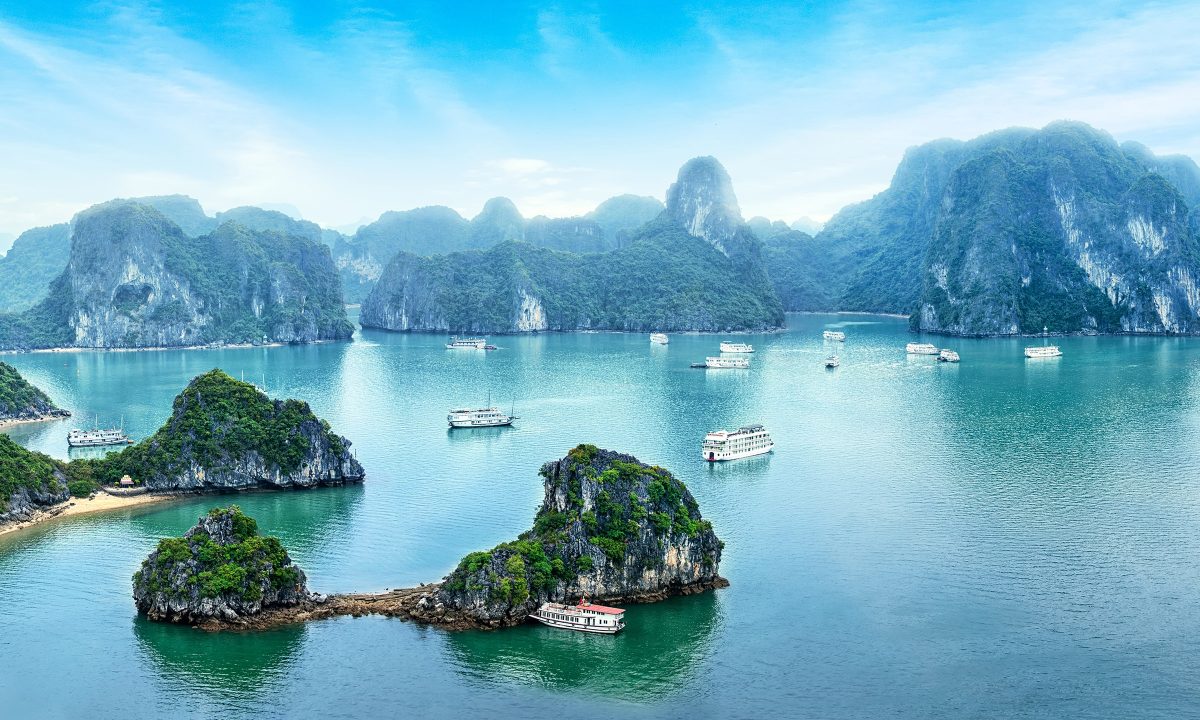
Ha Long Bay, located in northeastern Vietnam, is a mystical natural wonder characterized by emerald waters and thousands of towering limestone islands. Recognized as one of the most enchanting natural UNESCO world sites, Ha Long Bay captivates visitors with its dramatic scenery and the serenity of its crystal-clear waters. The bay’s picturesque beauty and unique karst formations make it a world-renowned destination.
- Limestone Karsts and Islets: Over 1,600 limestone islands and islets with varying shapes and sizes.
- Emerald Waters: The bay’s calm, emerald-green waters provide a stunning contrast to the limestone formations.
- Caves and Grottos: Includes impressive caves like Sung Sot (Surprise Cave) and Thien Cung (Heavenly Palace Cave).
- Biodiversity: Supports diverse marine and terrestrial life, including rare species.
- Cultural Heritage: Home to floating fishing villages and traditional junks.
- Geological Marvels: Unique geological formations created over millions of years.
- Cruise Tours: Explore the bay on a traditional junk boat or luxury cruises.
- Kayaking: Paddle through hidden lagoons and caves for an up-close experience.
- Cave Exploration: Discover the stunning stalactites and stalagmites in famous caves.
- Island Hopping: Visit islands like Cat Ba and Ti Top Island for hiking and scenic views.
- Swimming and Snorkeling: Enjoy the pristine waters and underwater life.
- Cultural Tours: Visit floating villages and interact with local fishermen.
- Best Time to Visit: October to April for pleasant weather and clear skies.
- Main Airports: Noi Bai International Airport (HAN) in Hanoi.
- Transportation Options: Shuttle buses, private cars, and organized tours from Hanoi to Ha Long City.
- Accommodation: Range from luxury cruises and beachfront resorts to budget hotels in Ha Long City.
- Travel Tips: Book cruises in advance, avoid peak tourist seasons, and ensure you have appropriate permits for cave and island visits.
13. Dolomites, Italy

The Dolomites, a mountain range in northern Italy, are celebrated as one of the most remarkable natural UNESCO world sites due to their strikingly dramatic peaks, unique rock formations, and breathtaking alpine scenery. These majestic mountains offer endless opportunities for outdoor adventures, cultural exploration, and awe-inspiring vistas. The Dolomites’ unique geological formations and rich history make it an ideal destination for nature lovers and adventure seekers.
- Dramatic Peaks: Features towering limestone peaks and pinnacles, including Tre Cime di Lavaredo.
- Diverse Landscapes: Encompasses lush valleys, alpine meadows, and glacial lakes.
- Rich Biodiversity: Home to endemic plant species and diverse wildlife, including marmots and eagles.
- Historical Trails: World War I history with preserved tunnels and trails.
- Cultural Significance: Blend of Italian, German, and Ladin cultures.
- Scenic Routes: Great Dolomites Road offers one of the most scenic drives in Europe.
- Hiking and Trekking: Explore well-marked trails such as Alta Via routes for varying levels of difficulty.
- Climbing and Via Ferrata: Engage in climbing challenges and iron paths with stunning views.
- Skiing and Snowboarding: Enjoy winter sports in popular ski resorts like Cortina d’Ampezzo.
- Cycling and Mountain Biking: Ride through breathtaking landscapes with designated trails.
- Photography: Capture the picturesque beauty, especially during sunrise and sunset.
- Cultural Tours: Visit traditional alpine villages and learn about the local heritage.
- Best Time to Visit: June to September for hiking and outdoor activities; December to March for winter sports.
- Main Airports: Venice Marco Polo Airport (VCE), Innsbruck Airport (INN), and Verona Villafranca Airport (VRN).
- Transportation Options: Rental cars, local buses, and organized tours.
- Accommodation: Range from alpine huts (rifugios) and mountain lodges to hotels in towns like Cortina d’Ampezzo and Bolzano.
- Travel Tips: Carry appropriate gear for mountain activities, check weather conditions, and follow marked trails for safety.
14. Komodo National Park, Indonesia
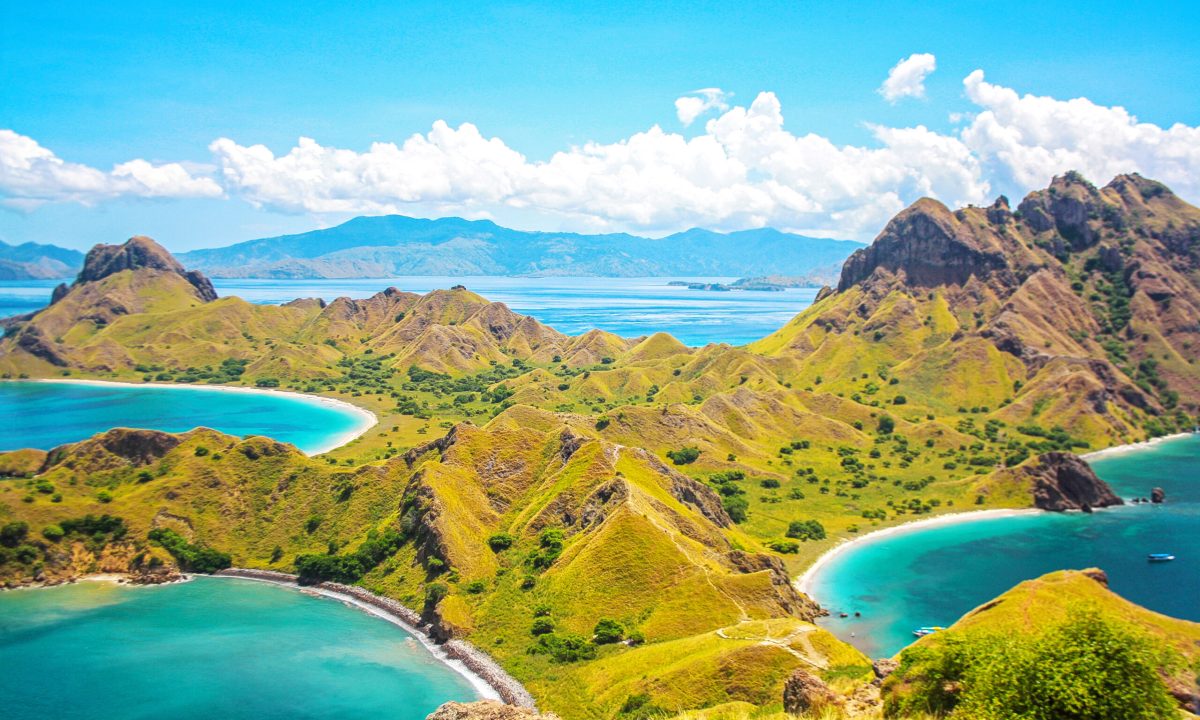
Komodo National Park, an archipelago in Indonesia, is best known for its unique resident, the Komodo Dragon. Recognized as one of the most intriguing natural UNESCO world sites, this park offers dramatic landscapes, rich marine biodiversity, and rare wildlife. Visitors are captivated by the park’s wild beauty, both on land and underwater, making it a must-visit destination for adventurous travelers.
- Komodo Dragons: The world’s largest lizards, endemic to the islands.
- Marine Biodiversity: Coral reefs teeming with diverse marine species including manta rays and turtles.
- Scenic Landscapes: Rugged hills, savannah landscapes, and pristine beaches.
- Diving and Snorkeling Sites: Renowned for world-class diving spots like Batu Bolong and Castle Rock.
- Protected Area: Conservation efforts to preserve endangered species and habitats.
- Cultural Heritage: Home to traditional fishing villages and unique cultures.
- Trekking: Explore the rugged terrain to spot Komodo dragons and panoramic views.
- Diving and Snorkeling: Experience the vibrant underwater world in one of the best diving locations in the world.
- Boat Tours: Sail through the stunning archipelago and discover hidden gems.
- Wildlife Watching: Observe wildlife in their natural habitat, including deer, wild boar, and various bird species.
- Beach Activities: Relax on Pink Beach, famous for its unique colored sand and clear waters.
- Cultural Visits: Visit local villages to learn about traditional lifestyles and crafts.
- Best Time to Visit: April to December for optimal weather conditions.
- Main Airports: Komodo Airport (LBJ) in Labuan Bajo.
- Transportation Options: Boat services, guided tours, and local transport.
- Accommodation: Includes eco-lodges, budget accommodations, and luxury resorts in Labuan Bajo.
- Travel Tips: Hire licensed guides for safety, respect wildlife, and carry reef-safe sunscreen for marine activities.
15. Amazon Rainforest, South America
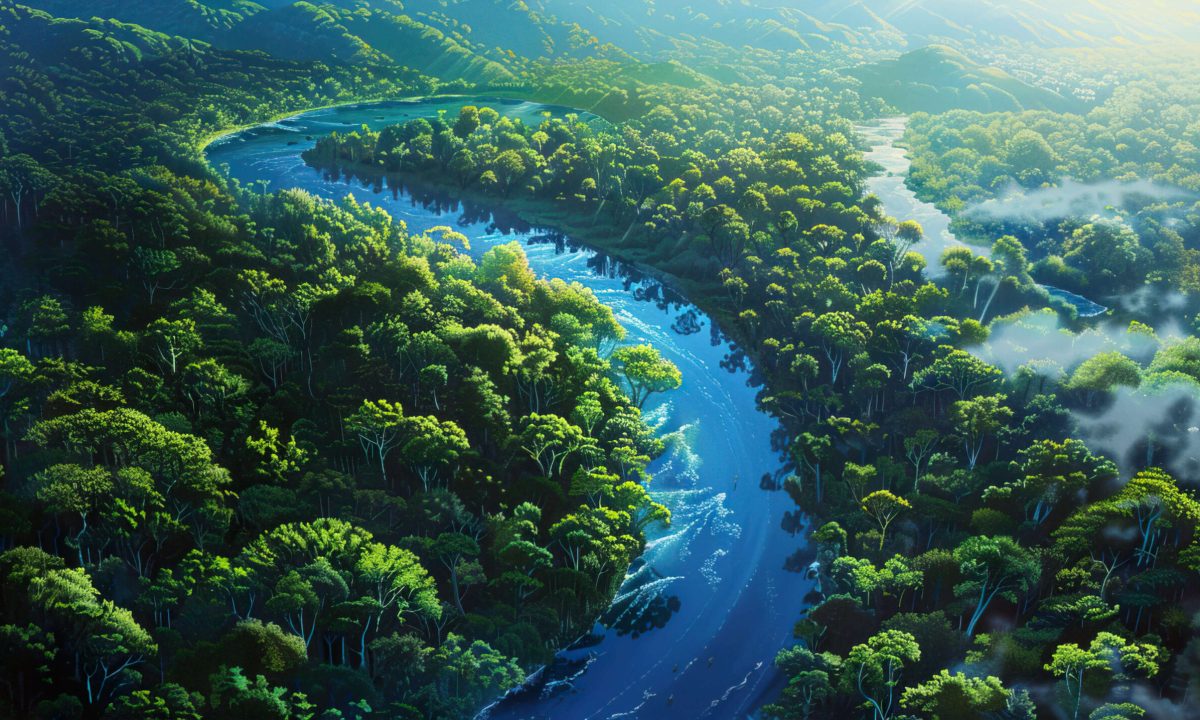
The Amazon Rainforest, the world’s largest tropical rainforest, spans across several countries in South America including Brazil, Peru, and Colombia. Recognized as one of the most biodiversity-rich natural UNESCO world sites, the Amazon offers unmatched opportunities to explore dense jungle, encounter exotic wildlife, and learn about indigenous cultures. The sheer size and variety of experiences make it an unparalleled destination for eco-adventurers.
- Vast Rainforest: Covers approximately 5.5 million square kilometers, harboring infinite biodiversity.
- River Systems: Includes the mighty Amazon River and its countless tributaries.
- Biodiversity Hotspot: Home to one in ten known species on Earth, including jaguars, anacondas, and countless bird species.
- Indigenous Cultures: Rich cultural heritage with numerous tribes living in harmony with nature.
- Unique Flora and Fauna: Contains medicinal plants, gigantic trees, and rare animal species.
- Conservation Efforts: Ongoing projects to protect the rainforest and its inhabitants from deforestation and other threats.
- Jungle Tours: Guided treks through the rainforest to explore its vast biodiversity.
- Wildlife Viewing: Spot exotic species like pink dolphins, sloths, and toucans.
- River Cruises: Travel along the Amazon River and experience the waterways.
- Cultural Visits: Meet indigenous communities and learn about their traditional lifestyles and practices.
- Adventure Activities: Fishing for piranhas, canopy walking, and night safaris.
- Photography: Capture the stunning diversity of life and vibrant greenery.
- Best Time to Visit: May to September for drier conditions and easier travel.
- Main Airports: Manaus International Airport (MAO) in Brazil, Iquitos Airport (IQT) in Peru, and Leticia Airport (LET) in Colombia.
- Transportation Options: Boat trips, guided tours, and local flights.
- Accommodation: Jungle lodges, eco-resorts, and river cruises.
- Travel Tips: Be prepared for humidity, carry insect repellent, ensure proper vaccinations, and travel with experienced guides.
16. Giant's Causeway, Northern Ireland
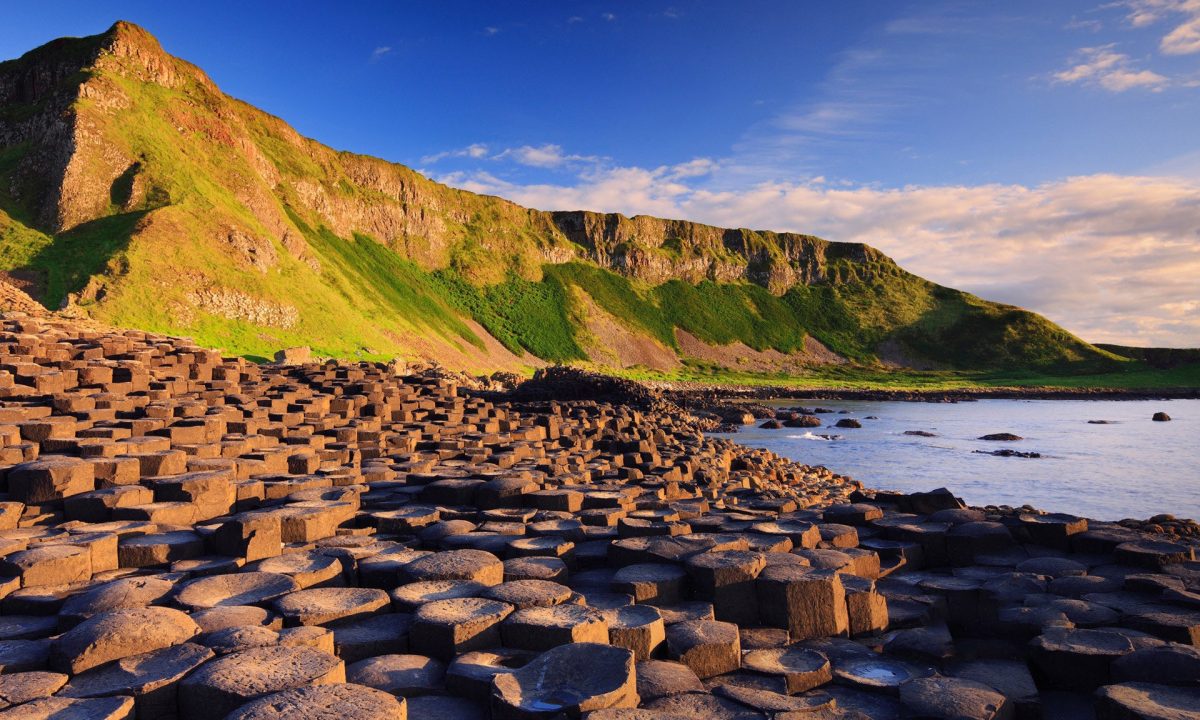
Giant’s Causeway, located on the Antrim coast of Northern Ireland, is one of the most extraordinary natural UNESCO world sites known for its unique geological formations. This stunning coastal location features approximately 40,000 interlocking basalt columns formed by volcanic activity millions of years ago. The dramatic scenery and intriguing legends of Giant’s Causeway make it a must-visit destination for geology enthusiasts, photographers, and nature lovers.
- Basalt Columns: Approximately 40,000 polygonal basalt columns formed from volcanic eruptions 50-60 million years ago.
- Legendary Site: Famed in Irish mythology as the stepping stones of the giant Finn McCool.
- Scenic Coastal Views: Offers panoramic views of the rugged northern coastline.
- Wildlife and Flora: Home to diverse bird species and coastal plants.
- Protected Area: Managed by the National Trust to preserve its natural beauty and geological significance.
- Visitor Centre: Provides interactive exhibitions and information on the site’s geological and mythological background.
- Walking Tours: Explore the unique basalt columns and learn about their formation.
- Nature Hikes: Walk along the coastal paths for breathtaking views and encounters with local wildlife.
- Photography: Capture the stunning geometric shapes of the columns and the dramatic seascape.
- Bird Watching: Spot various seabirds, including fulmars and petrels.
- Educational Visits: Enjoy the visitor center’s exhibitions and guided tours.
- Picnicking: Spend a relaxing day at the nearby picnic areas with stunning views of the Atlantic Ocean.
- Best Time to Visit: May to September for pleasant weather and longer daylight hours.
- Main Airports: Belfast International Airport (BFS) and George Best Belfast City Airport (BHD).
- Transportation Options: Car rentals, coach tours, and public transport from Belfast or Dublin.
- Accommodation: Range from quaint bed-and-breakfasts and inns to hotels in the nearby towns of Bushmills and Portrush.
- Travel Tips: Wear sturdy walking shoes, check weather forecasts, and use authorized pathways to preserve the landscape.
17. Jeju Volcanic Island and Lava Tubes, South Korea
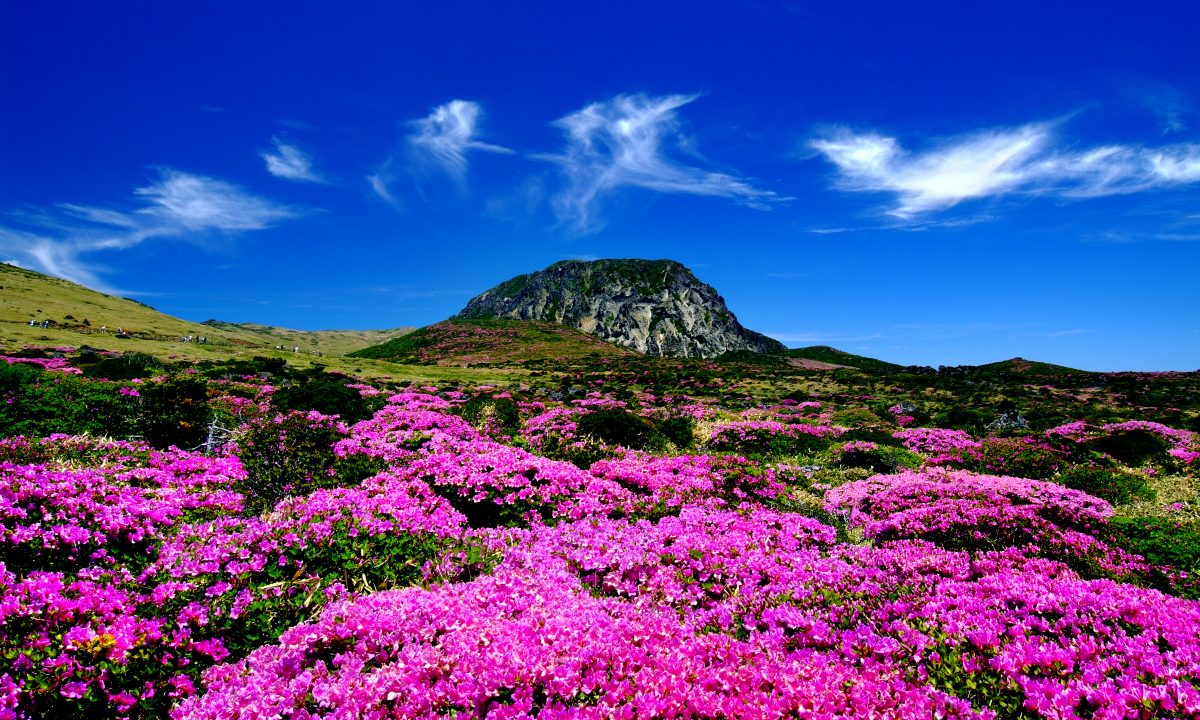
Jeju Volcanic Island and Lava Tubes, a premier natural UNESCO world site, is an exquisite island paradise in South Korea. Known for its unique volcanic formations, extensive lava tubes, and lush landscapes, Jeju Island offers a blend of natural beauty and cultural heritage. This destination attracts travelers with its striking landscapes, outdoor adventures, and tranquil ambiance.
- Hallasan Mountain: A shield volcano and the highest peak in South Korea, offering panoramic views.
- Lava Tubes: Extensive cave systems formed by ancient lava flows, including the renowned Manjanggul Lava Tube.
- Waterfalls and Beaches: Serene beaches like Hyeopjae Beach and dramatic waterfalls like Jeongbang Falls.
- Flora and Fauna: Diverse ecosystems with endemic plants, butterflies, and bird species.
- Cultural Sites: Rich in folklore and traditional sites, including stone statues and haenyeo (female divers) culture.
- UNESCO Global Geopark: Recognized for its geological importance and unique landforms.
- Hiking: Trek up Hallasan Mountain for scenic vistas and unique flora.
- Exploring Lava Tubes: Discover the fascinating structures and formations within Manjanggul Lava Tube.
- Beach Activities: Relax on Jeju’s beautiful beaches, swim, or snorkel.
- Visiting Waterfalls: Take in the natural beauty of waterfalls such as Cheonjiyeon and Jeongbang.
- Cultural Experiences: Learn about the island’s history and traditions at local museums and through cultural tours.
- Photography: Capture the diverse landscapes, from volcanic craters to picturesque coastlines.
- Best Time to Visit: April to October for pleasant weather, vibrant flora, and outdoor activities.
- Main Airports: Jeju International Airport (CJU).
- Transportation Options: Rental cars, local buses, taxis, and guided tours.
- Accommodation: Options range from luxury resorts and hotels to guesthouses and traditional Korean hanoks.
- Travel Tips: Plan hikes according to weather conditions, respect local customs, and explore lesser-known attractions to avoid crowds.
18. Grand Canyon National Park, USA
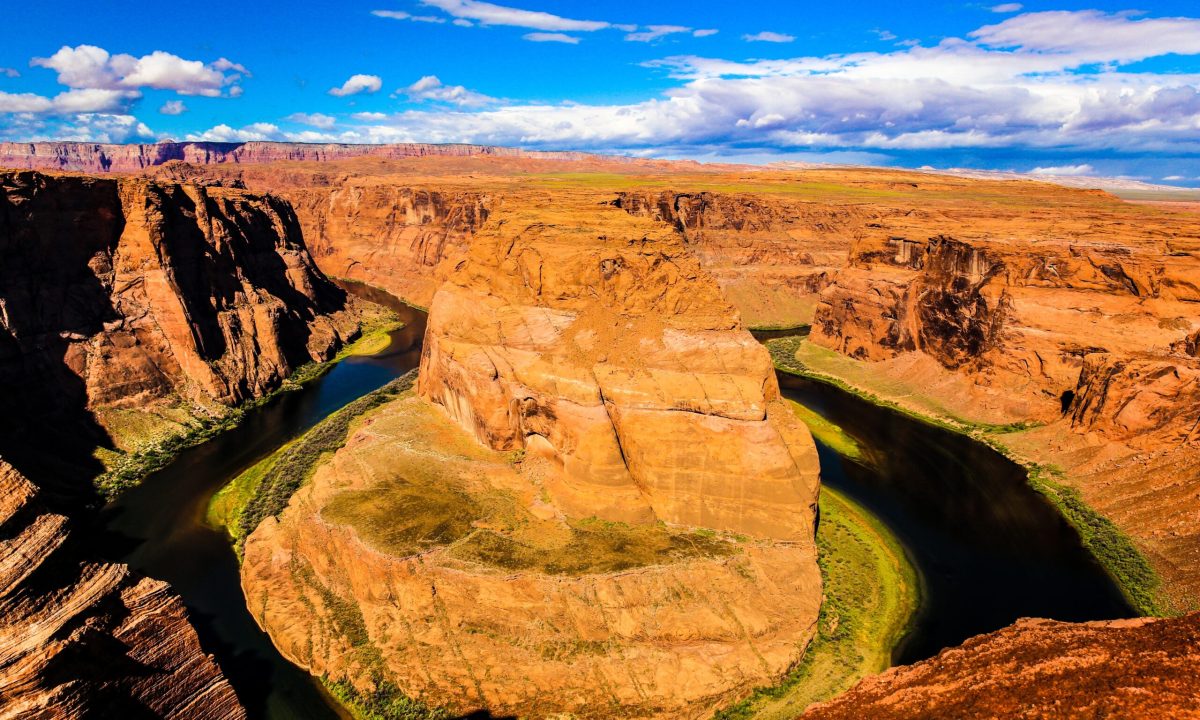
Grand Canyon National Park, located in Arizona, USA, is one of the most iconic natural UNESCO world sites. This awe-inspiring canyon, carved by the Colorado River over millions of years, showcases dramatic geological features and immense scale. The Grand Canyon offers unparalleled vistas, diverse ecosystems, and a wide range of outdoor activities, making it a top destination for adventurers and nature lovers.
- Immense Scale: The Grand Canyon is 277 miles long, up to 18 miles wide, and over a mile deep.
- Geological Richness: Layers of colorful rock formations provide insights into Earth’s geological history.
- Colorado River: A key feature carving through the canyon, offering rafting adventures.
- Diverse Ecosystems: Includes desert, riparian, woodland, and forest habitats.
- Scenic Viewpoints: Famous overlooks such as Mather Point, Yavapai Point, and Desert View Watchtower.
- Cultural Significance: Rich history of Native American tribes, including the Havasupai and Hopi.
- Hiking: Explore trails like the Bright Angel Trail and Rim Trail for stunning views.
- Rafting: Experience the Colorado River on guided rafting tours, ranging from calm waters to white-water rapids.
- Helicopter Tours: Get an aerial perspective of the canyon’s vastness and intricate formations.
- Camping: Enjoy camping in designated campgrounds or backcountry sites.
- Wildlife Viewing: Spot animals like bighorn sheep, mule deer, and California condors.
- Visitor Centers: Learn about the canyon’s geology, ecology, and cultural history at Grand Canyon Village and other centers.
- Best Time to Visit: March to May and September to November for mild weather and fewer crowds.
- Main Airports: Phoenix Sky Harbor International Airport (PHX) and Las Vegas McCarran International Airport (LAS).
- Transportation Options: Rental cars, shuttle buses, and guided tours.
- Accommodation: Range from historic lodges within the park to hotels, motels, and campgrounds in bordering towns like Tusayan and Williams.
- Travel Tips: Bring plenty of water, wear sun protection, start hikes early, and comply with park regulations to protect the environment.
19. Wulingyuan Scenic and Historic Interest Area, China
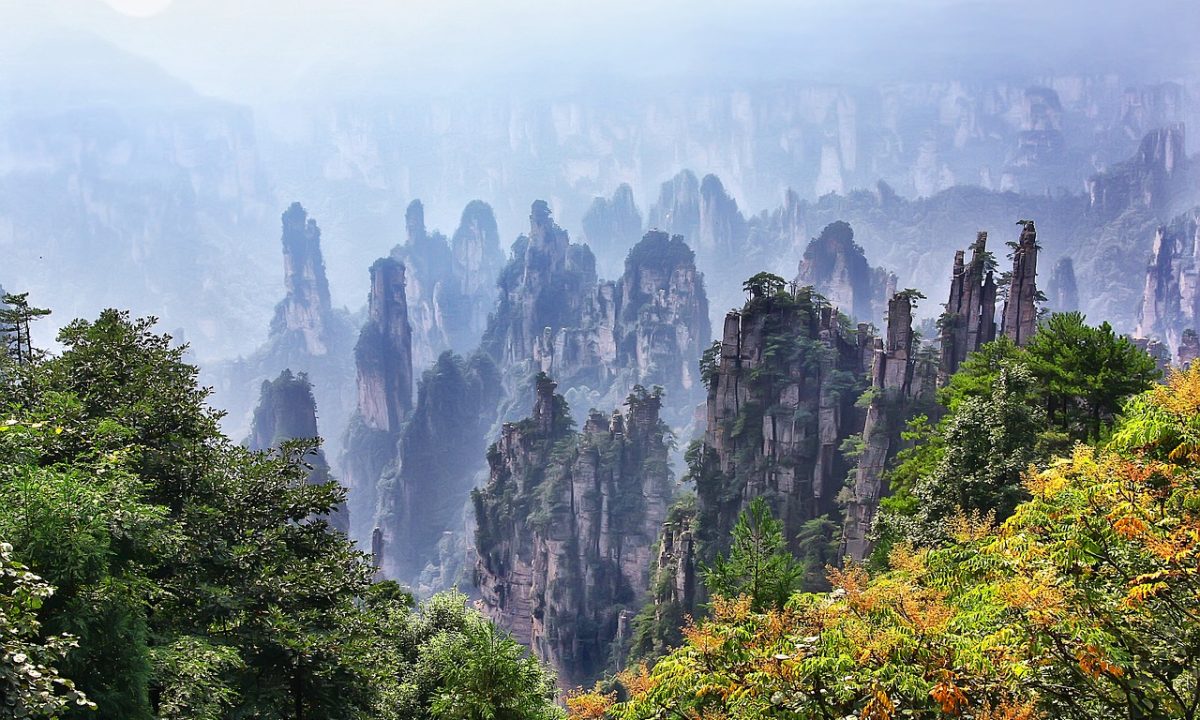
Wulingyuan Scenic and Historic Interest Area, located in the Hunan Province of China, is a mesmerizing example of the best natural UNESCO world sites. The area is renowned for its over 3,000 sandstone pillars and peaks, often shrouded in mist, creating a surreal and otherworldly landscape. Combined with lush forests, caves, rivers, and cultural sites, Wulingyuan offers unparalleled natural beauty and a serene escape.
- Sandstone Pillars: Thousands of towering karst pinnacles reach heights of over 200 meters.
- Zhangjiajie National Forest Park: The centerpiece of Wulingyuan known for its dramatic sandstone formations and dense forests.
- Unique Biodiversity: Home to rare and protected plant and animal species.
- Tianmen Mountain: Features cable cars, glass skywalks, and panoramic views.
- Caves and Waterfalls: Includes impressive cave systems like Huanglong Cave and scenic waterfalls.
- Cultural Significance: Rich in local Tujia culture and history.
- Hiking and Nature Walks: Explore scenic trails through dense forests and along stunning sandstone pillars.
- Cable Car Rides: Take the world’s longest and steepest cable car ride to Tianmen Mountain.
- Glass Skywalks: Experience the thrill of walking on glass bridges over deep canyons.
- Photography: Capture the ethereal beauty of the misty sandstone formations.
- Cave Exploration: Discover the impressive underground landscapes of Huanglong Cave.
- Cultural Tours: Learn about the local Tujia culture and visit traditional villages.
- Best Time to Visit: April to November for pleasant weather and clear views.
- Main Airports: Zhangjiajie Hehua Airport (DYG).
- Transportation Options: Local buses, shuttle services, rental cars, and guided tours within the scenic area.
- Accommodation: Range from luxury hotels and resorts to traditional guesthouses in Zhangjiajie.
- Travel Tips: Wear comfortable walking shoes, check weather forecasts, and be prepared for altitude changes.
20. Namib Sand Sea, Namibia

The Namib Sand Sea in Namibia is a striking natural wonder recognized as one of the most unique natural UNESCO world sites. This coastal desert is known for its immense sand dunes, some of the highest in the world, shaped by wind and time. The surreal landscapes and incredible biodiversity of the Namib Sand Sea create a haunting beauty that captivates adventurers and photographers alike.
- Vast Sand Dunes: Features some of the tallest dunes in the world, reaching heights of up to 300 meters.
- Endless Desert: Sprawls over 3 million hectares, offering vast, undulating landscapes.
- Diverse Ecosystems: Despite extreme conditions, the desert supports unique flora and fauna, including desert-adapted elephants and oryx.
- Sossusvlei: A famous salt and clay pan surrounded by towering red dunes.
- Fossil Records: Contains ancient geological formations and fossilized remains.
- Cultural Significance: Home to ancient indigenous tribes like the Himba and the San.
- Dune Climbing: Ascend the giant dunes of Sossusvlei and capture stunning panoramic views.
- Desert Tours: Explore the desert on 4×4 excursions or guided tours.
- Photography: Capture the shifting dunes and dramatic light contrasts at sunrise and sunset.
- Wildlife Viewing: Spot unique desert-adapted animals on guided safaris.
- Hot Air Balloon Rides: Experience the vast desert landscape from above.
- Stargazing: Enjoy clear, unpolluted night skies for spectacular stargazing.
- Best Time to Visit: April to October for cooler temperatures and clear skies.
- Main Airports: Hosea Kutako International Airport (WDH) in Windhoek.
- Transportation Options: Rental cars, guided tours, and charter flights.
- Accommodation: Includes desert lodges, luxury tented camps, and guesthouses near Sossusvlei.
- Travel Tips: Stay hydrated, protect yourself from the sun, and respect the fragile ecosystem.
21. Pantanal Conservation Area, Brazil
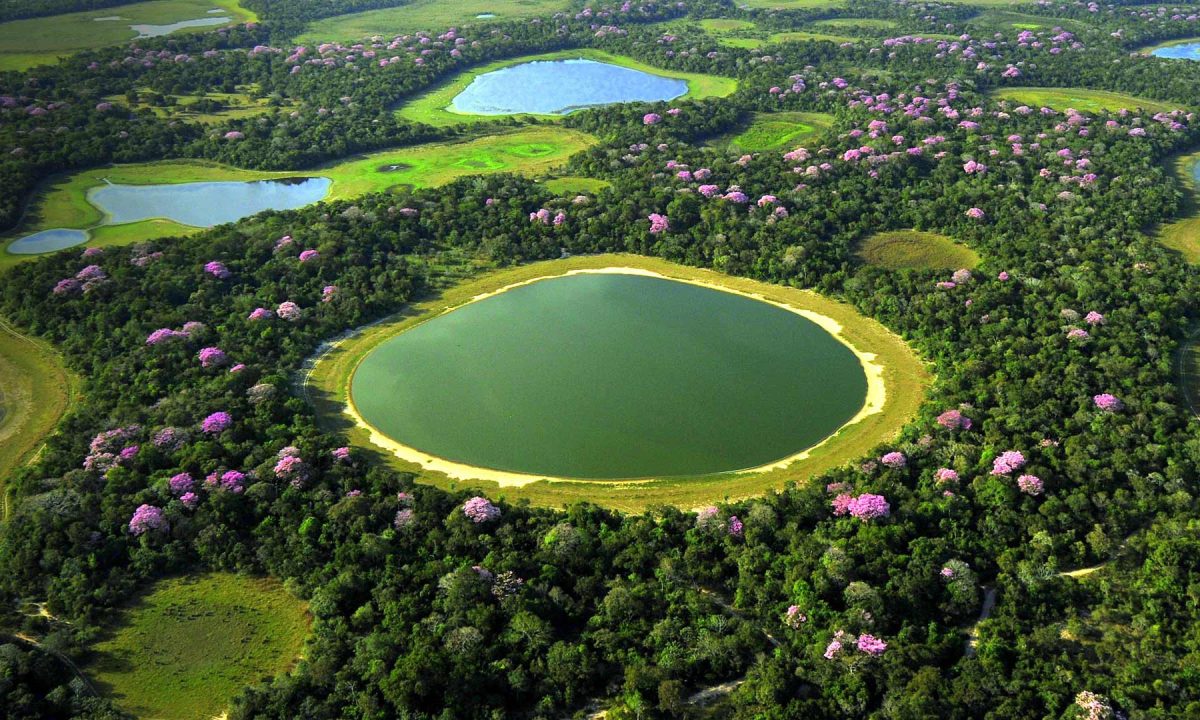
The Pantanal Conservation Area in Brazil is one of the largest and most diverse freshwater wetland ecosystems in the world. Recognized as a premier natural UNESCO world site, this vast area is celebrated for its incredible biodiversity, including hundreds of bird species, vast numbers of fish, and notable wildlife like jaguars and giant otters. The Pantanal offers an unparalleled opportunity to experience one of Earth’s most vital and vibrant biomes.
- Largest Wetland: Encompasses over 140,000 square kilometers, making it the largest tropical wetland.
- Biodiverse Ecosystems: Supports 463 bird species, 269 fish species, and numerous mammals, reptiles, and amphibians.
- Notable Wildlife: Home to jaguars, capybaras, giant otters, caimans, and piranhas.
- Seasonal Flooding: The ecosystem is shaped by seasonal flooding, creating a dynamic and rich habitat.
- Cultural Heritage: Inhabited by traditional communities who rely on the wetland for their livelihood.
- Conservation Efforts: Ongoing initiatives to preserve the delicate balance of the Pantanal’s ecosystems.
- Wildlife Safaris: Discover the rich animal life on guided safari tours, with opportunities to spot jaguars and giant otters.
- Bird Watching: A paradise for bird enthusiasts, with guided tours to observe diverse bird species.
- Boat Excursions: Explore the waterways to see caimans, fish, and aquatic plants.
- Fishing: Experience catch-and-release fishing tours, particularly for piranhas and other native fish.
- Photography: Capture the stunning landscapes, vibrant sunsets, and rich wildlife.
- Cultural Experiences: Visit traditional Pantaneiro communities and learn about their way of life.
- Best Time to Visit: May to September during the dry season for easier wildlife viewing and access.
- Main Airports: Campo Grande International Airport (CGR) and Cuiabá International Airport (CGB).
- Transportation Options: 4×4 vehicles, boats, and guided tours within the conservation area.
- Accommodation: Range from eco-lodges and traditional fazendas (ranches) to budget accommodations in nearby cities.
- Travel Tips: Bring mosquito repellent, sun protection, and waterproof gear for boat trips.
22. Bwindi Impenetrable National Park, Uganda

Bwindi Impenetrable National Park in Uganda is a majestic natural UNESCO world site known for its dense rainforest and incredible biodiversity. The park is famed for being home to approximately half of the world’s mountain gorilla population, offering a unique chance to observe these magnificent creatures in their natural habitat. Bwindi’s lush landscapes and rare wildlife make it a top destination for eco-tourists and wildlife enthusiasts.
- Mountain Gorillas: Home to about 50% of the world’s mountain gorilla population.
- Dense Rainforest: Covers over 321 square kilometers of steep ridges and valleys.
- Biodiversity: Supports more than 120 mammal species, 350 bird species, 220 butterfly species, and numerous plants.
- Conservation Efforts: Significant projects to protect endangered species and local flora.
- Cultural Heritage: Inhabited by the Batwa pygmy community, one of the forest’s indigenous peoples.
- UNESCO Recognition: Designated for its ecological significance and efforts to conserve endangered mountain gorillas.
- Gorilla Trekking: Embark on guided treks to observe mountain gorillas in their natural environment.
- Bird Watching: Explore the park’s rich avifauna on birding tours.
- Nature Walks: Discover the forest’s biodiversity with guided nature walks.
- Cultural Tours: Learn about the Batwa pygmy community and their traditional ways of life.
- Photography: Capture the dense forest scenery and its inhabitants.
- Wildlife Viewing: Spot other animals like forest elephants, duikers, and baboons.
- Best Time to Visit: June to September and December to February for optimal conditions for gorilla trekking.
- Main Airports: Entebbe International Airport (EBB).
- Transportation Options: Road transfers and domestic flights to Kihihi or Kisoro airstrips.
- Accommodation: Range from luxury lodges and eco-camps to budget guesthouses near the park.
- Travel Tips: Obtain permits for gorilla trekking in advance, wear sturdy hiking boots, and carry waterproof clothing.
23. Sundarbans Mangrove Forest, India
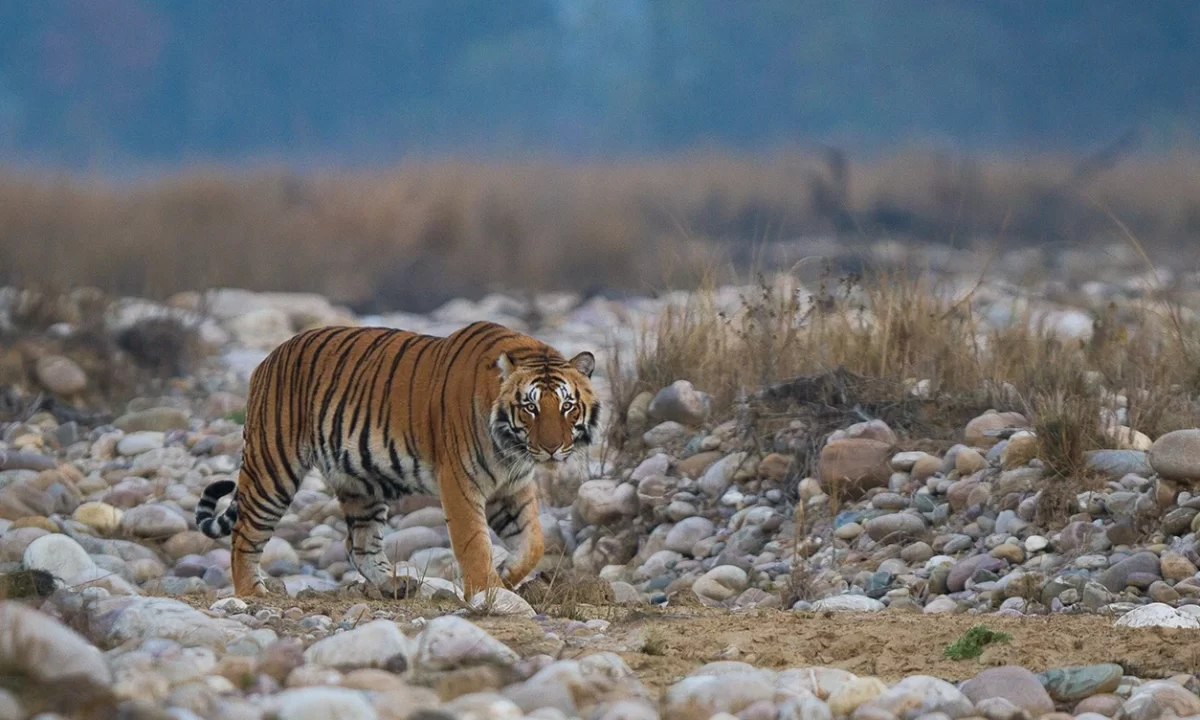
The Sundarbans Mangrove Forest, spanning the delta of the Ganges, Brahmaputra, and Meghna rivers, is one of the most vital and vibrant natural UNESCO world sites. Known as the largest mangrove forest in the world, it houses a vast array of biodiversity, including the critically endangered Bengal tiger. The Sundarbans’ unique ecosystem and its rich flora and fauna make it a fascinating destination for eco-tourism.
- Largest Mangrove Forest: Encompasses approximately 10,000 square kilometers of mangrove forests and tidal waterways.
- Bengal Tigers: One of the last strongholds of the critically endangered Bengal tiger.
- Rich Biodiversity: Home to 260 bird species, 120 fish species, and 42 mammal species.
- Tidal Ecology: Characterized by tidal waterways, mudflats, and small islands.
- UNESCO Recognition: Designated for its unique ecosystem and biodiversity.
- Cultural Importance: Supports local communities dependent on the forest for their livelihood.
- Tiger Safaris: Join guided boat safaris for a chance to spot the elusive Bengal tiger.
- Bird Watching: Observe a wide variety of resident and migratory bird species.
- Boat Cruises: Navigate through the intricate network of waterways and mangrove channels.
- Fishing and Crab Hunting: Experience traditional fishing and crab hunting with local guides.
- Photography Tours: Capture the diverse wildlife and serene landscapes.
- Cultural Visits: Learn about the local communities and their relationship with the mangrove forest.
- Best Time to Visit: October to March for cooler weather and better wildlife viewing.
- Main Airports: Netaji Subhas Chandra Bose International Airport (CCU) in Kolkata, India, and Shahjalal International Airport (DAC) in Dhaka, Bangladesh.
- Transportation Options: Boats, local ferries, and guided tours from Kolkata or Dhaka.
- Accommodation: Range from eco-resorts and forest lodges to basic accommodations in nearby towns.
- Travel Tips: Take anti-malarial precautions, pack lightweight and breathable clothing, and respect local guidelines for tiger and wildlife safety.
24. Kakadu National Park, Australia
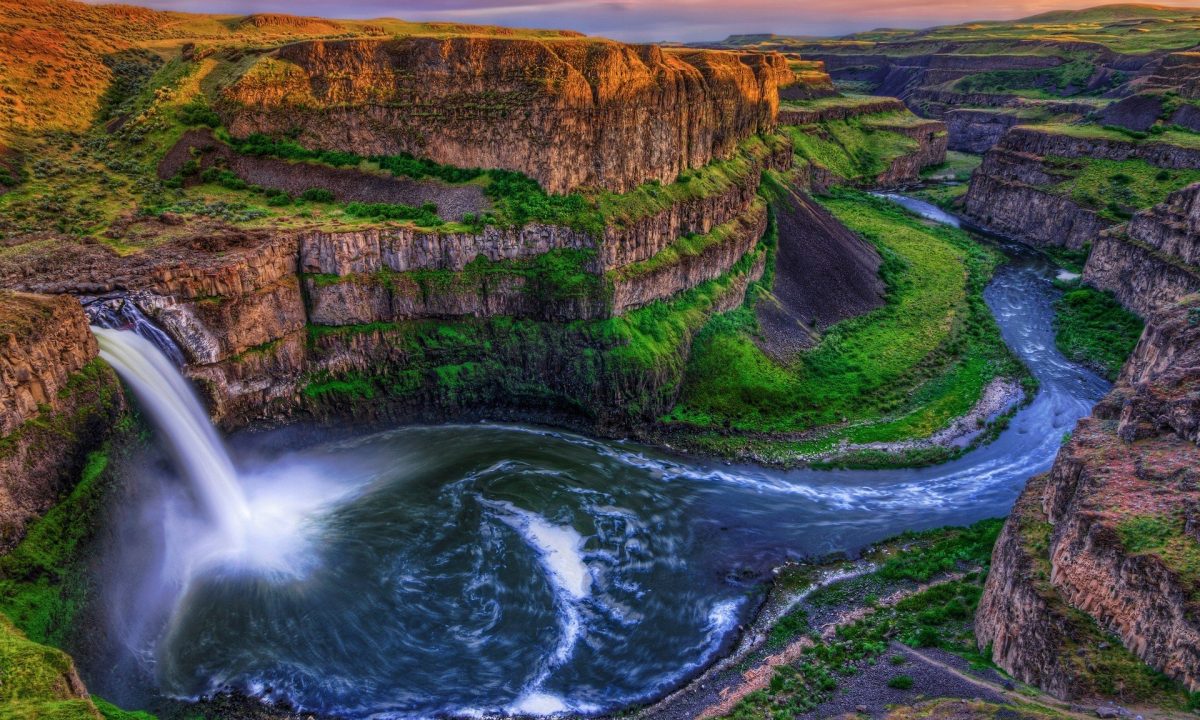
Kakadu National Park, located in Australia’s Northern Territory, is one of the most culturally and ecologically significant natural UNESCO world sites. This vast park encompasses rugged escarpments, lush wetlands, cascading waterfalls, and ancient rock art sites. Kakadu’s diverse landscapes and rich Aboriginal heritage make it a prime destination for both adventure and cultural exploration.
- Diverse Landscapes: Includes savannas, wetlands, rivers, and sandstone escarpments.
- Rich Biodiversity: Home to over 2,000 plant species, 280 bird species, and numerous mammals, reptiles, and amphibians.
- Ancient Rock Art: Features over 5,000 rock art sites depicting Aboriginal culture and history.
- Waterfalls and Gorges: Highlights include Jim Jim Falls, Twin Falls, and Maguk Gorge.
- Cultural Significance: Inhabited by Aboriginal people for over 65,000 years.
- UNESCO Recognition: A dual World Heritage site for its cultural and natural importance.
- Sightseeing and Hiking: Explore walking trails with breathtaking views of the escarpments and wetlands.
- Rock Art Tours: Visit ancient rock art sites at Ubirr and Nourlangie.
- Wildlife Watching: Spot saltwater crocodiles, wallabies, and a variety of birds.
- Boating and Fishing: Enjoy boat cruises on Yellow Water Billabong or fishing in the park’s waterways.
- Photography: Capture the stunning landscapes, wildlife, and cultural sites.
- Cultural Experiences: Engage with Aboriginal guides to learn about their heritage, stories, and traditions.
- Best Time to Visit: May to October during the dry season for easier access and pleasant weather.
- Main Airports: Darwin International Airport (DRW).
- Transportation Options: Rental cars, 4WD vehicles, and guided tours from Darwin.
- Accommodation: Includes lodges, campgrounds, and caravan parks within the park.
- Travel Tips: Carry plenty of water, wear sun protection, respect cultural sites, and be cautious of wildlife such as crocodiles.
25. Lake Baikal, Russia
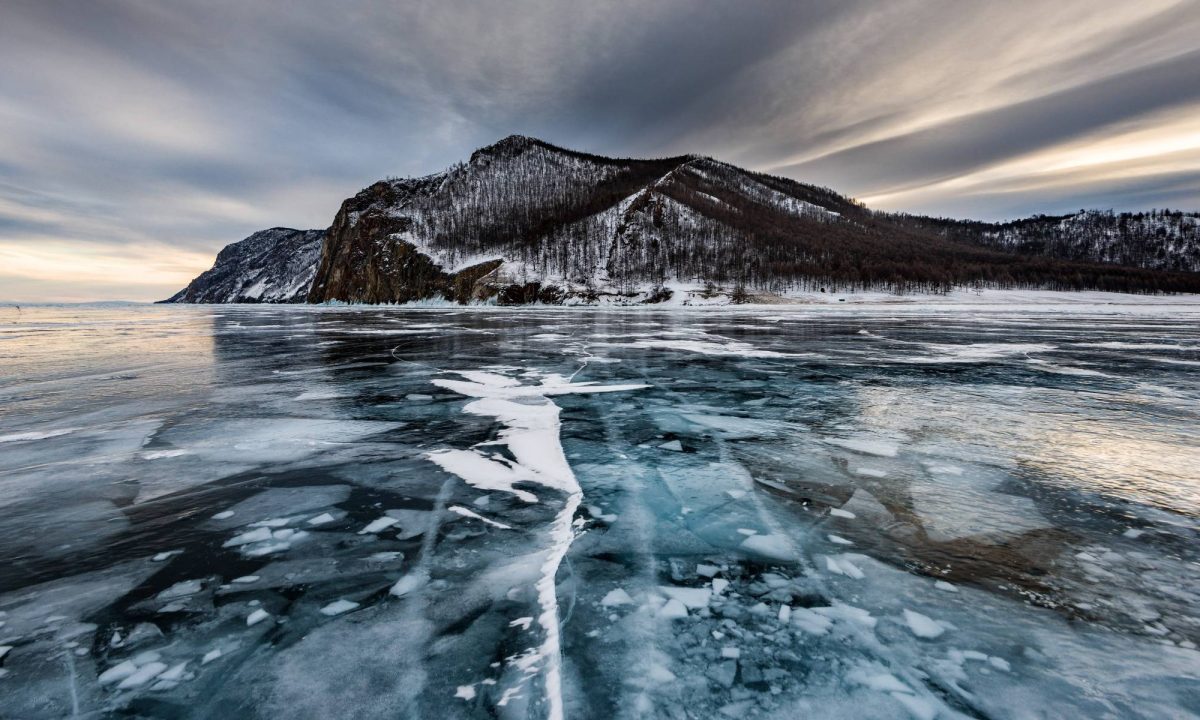
Lake Baikal, located in Siberia, Russia, is the oldest and deepest freshwater lake in the world. Known as the “Galápagos of Russia,” this expansive lake is a stunning natural UNESCO world site due to its unique biodiversity and pristine natural environment. Lake Baikal’s crystal-clear waters, unique wildlife, and dramatic landscapes make it an extraordinary destination for nature lovers and explorers.
- World’s Deepest Lake: Reaches depths of 1,642 meters, with a volume that holds around 20% of the world’s unfrozen freshwater.
- Unique Biodiversity: Home to over 3,700 plant and animal species, many of which are endemic.
- Clear Waters: Renowned for its exceptional water clarity, with visibility of up to 40 meters in some areas.
- Diverse Ecosystems: Includes forests, steppes, and tundra surrounding the lake.
- Ice Formations: Spectacular ice formations during winter months.
- UNESCO Recognition: Listed for its unparalleled biodiversity and geological significance.
- Hiking and Trekking: Explore trails around the lake, including the Great Baikal Trail.
- Ice Skating and Winter Sports: Enjoy ice skating, ice fishing, and snowmobiling on the frozen lake in winter.
- Boat Tours: Take cruises to discover the beauty of the lake and its islands.
- Wildlife Watching: Spot endemic species such as the Baikal seal (nerpa) and numerous bird species.
- Photography: Capture the stunning landscapes, especially the ice formations in winter.
- Cultural Experiences: Visit local Buryat villages to learn about the indigenous culture and traditions.
- Best Time to Visit: June to September for hiking and boating; January to March for ice activities.
- Main Airports: Irkutsk International Airport (IKT).
- Transportation Options: Trains, local buses, and guided tours.
- Accommodation: Includes guesthouses, lodges, and hotels in towns like Irkutsk and Listvyanka.
- Travel Tips: Dress in layers for varying temperatures, respect local customs, and ensure eco-friendly travel practices to preserve the natural environment.
Conclusion: By visiting these additional best natural UNESCO world sites, you’re not only witnessing some of the planet’s most incredible natural wonders, but also immersing yourself in diverse ecosystems, rich cultures, and unparalleled beauty. Each destination offers unique experiences that inspire awe and appreciation for our planet’s natural heritage. Be sure to respect and protect these sites for future generations as you embark on your memorable adventures. Happy exploring!
